 |
|||||||||||||||||||||||||||||||||||||||||||||
|
HOME
|
US Navy -
ships
|
US Navy - air
units
|
USMC - air
units
|
International
Navies
|
Weapon Systems
|
Special Reports |
|||||||||||||||||||||||||||||||||||||||||||||
|
German Navy - Deutsche Marine Type 212A class Submarine |
|||||||||||||||||||||||||||||||||||||||||||||
 |
|||||||||||||||||||||||||||||||||||||||||||||
| 10/22 | |||||||||||||||||||||||||||||||||||||||||||||
| Units: | |||||||||||||||||||||||||||||||||||||||||||||
|
|||||||||||||||||||||||||||||||||||||||||||||
| Specifications: | |||||||||||||||||||||||||||||||||||||||||||||
|
Builder: Howaldtswerke-Deutsche Werft (HDW), Kiel, Germany Displacement: 1524 tons surfaced, 1830 tons submerged Length: 56 meters (183 feet 9 inches) / 57.2 m (187 ft 8 in) (2nd batch) Beam: 6.8 m (22 ft 4 in) Draft: 6.4 m (21 ft) Depth: 250 meters (820 ft) / crush depth over 700 m (2296 ft) Speed: 20 knots (37 km/h) submerged, 12 knots (22 km/h) surfaced Range: 8000 nautical miles (14800 km, or 9200 miles) at 8 knots (15 km/h) Endurance: 3 weeks without snorkeling, 12 weeks overall Crew: 27 (incl. 5 officers) Propulsion: 1 x MTU 16V396 diesel engine (2150 kW) 9 x HDW/Siemens PEM fuel cells, 30-40 kW each (U31) 2 x HDW/Siemens PEM fuel cells 120 kW each (U32-36) 1 x Siemens Permasyn electric motor (1700 kW) driving a single seven-bladed skewback propeller Armament: 6 x 21-inches / 533 mm torpedo tubes for 13 DM2A4 Seehecht heavy weight torpedoes IDAS missiles (Interactive Defence and Attack System for Submarines) - (planned) up to 24 naval mines Systems: STN Atlas CSU 90 (DBQS-40FTC) Sonar suite: TAS-3 passive low-frequency towed array sonar (deployed from sail) FAS-3 passive low-, and medium-frequency hull-mounted flank array sonar MOA 3070 mine detection sonar ISUS90-20 Radar Kelvin Hughes 1007 Navigation Radar EADS FL 1800U ESM/ECM suite HDW/WASS Torpedo defence system (TCM) C303/S for 40 jammers/decoys WASS hydrophones Kongsberg MSI-91 combat system Avio GAUDI autopilot and hydraulic systems Carl Zeiss SERO 14, with FLIR and optical rangefinder Carl Zeiss SERO 15, with laser rangefinder Riva Calzoni periscope masts and snorkeling systems |
|||||||||||||||||||||||||||||||||||||||||||||
|
The German Type 212 class, also Italian Todaro class, is a
non-nuclear submarine developed by Howaldtswerke-Deutsche Werft AG
(HDW) for the German and Italian navies. It features diesel
propulsion and an additional air-independent propulsion (AIP) system
using Siemens proton exchange membrane (PEM) compressed hydrogen
fuel cells. The submarines can operate at high speed on diesel power
or switch to the AIP system for silent slow cruising, staying
submerged for up to three weeks with little exhaust heat. The system
is also said to be vibration-free, extremely quiet and virtually
undetectable. Type 212 is the first fuel cell propulsion system equipped submarine series. Development: At the beginning of the 1990s the German Navy was seeking a replacement for the Type 206 submarines. Initial study started on a Type 209 improved design, with AIP capability, called Type 212. The final programme started in 1994 as the two navies of Germany and Italy began working together to design a new conventional submarine, respectively to operate in the shallow and confined waters of the Baltic Sea and in the deeper waters of the Mediterranean Sea. The two different requirements were mixed into a common one and, because of significant updates to the design, the designation has been changed to Type 212A since then. On 22 April 1996 a Memorandum of Understanding (MOU) gave the start to the cooperation for building four vessels for German Navy and four vessels for Italian Navy. Its main aim was the construction of identical boats and the start of a collaboration in logistic and life-cycle support for the two navies. The German government placed an initial order of four Type 212A submarines in 1998. The German Submarine Consortium built them at the shipyards of HDW and Thyssen Nordseewerke GmbH (TNSW) of Emden. Different sections of the submarines were constructed at both sites at the same time and then half of them were shipped to the respective other yard so that both HDW and Thyssen Nordseewerke assembled two complete submarines each. In the same year the Italian government placed an order of two U212A submarines built by Fincantieri for the Italian Navy (Marina Militare) at Muggiano shipyard, designated as the Todaro class. The German Navy ordered two additional, improved submarines in 2006, to be delivered from 2012 on. They will be 1.2 meters longer to give additional space for a new reconnaissance mast. On 21 April 2008 the Italian Navy ordered the optional second batch of submarine, in the same configuration of the original ones. Some upgrading should involve materials and components of commercial derivation, as well as the software package of the CMS. The intention is to keep the same configuration of the first series and reduce maintenance costs. The export-oriented Type 214 submarine succeeds the Type 209 submarine and shares certain features with the Type 212A, such as the AIP fuel cell propulsion. Poland announced in December 2013 they will not buy, but only lease, two U212-A's, on account of not meeting "requirements of tactical and technical equipment developed by the military, including in particular the propulsion system, missile weapons and rescue system". On 22 December 2015 Admiral Giuseppe De Giorgi, Commander in Chief of the Italian Navy, announced plans to build another two U212A submarines. In October 2016, during the celebration of the commissioning of U36, the German Navy announced the intent to procure another batch of two U212A within the next decade. In February 2017, it was announced that the Royal Norwegian Navy will procure four submarines based on Type 212 to enter service between 2025 and 2028. The batch will consist of six submarines, with the German Navy ordering two new boats of the Type 212. Design: Partly owing to the "X" arrangement of the stern planes, the Type 212 is capable of operating in as little as 17 metres of water, allowing it to come much closer to shore than most contemporary submarines. This gives it an advantage in covert operations, as SCUBA-equipped commandos operating from the boat can surface close to the beach and execute their mission more quickly and with less effort. A notable design feature is the prismatic hull cross-section and smoothly faired transitions from the hull to the sail, improving the boat's stealth characteristics. The ship and internal fixtures are constructed of nonmagnetic materials, significantly reducing the chances of it being detected by magnetometers or setting off magnetic naval mines. AIP: Although hydrogen-oxygen propulsion had been considered for submarines as early as World War I, the concept was not very successful until recently due to fire and explosion concerns. In the Type 212 this has been countered by storing the fuel and oxidizer in tanks outside the crew space, between the pressure hull and outer light hull. The gases are piped through the pressure hull to the fuel cells as needed to generate electricity, but at any given time there is only a very small amount of gas present in the crew space. Weapons: Currently, the Type 212A is capable of launching the fiber optic-guided DM2A4 Seehecht ("Seahake") heavyweight torpedoes, the WASS A184 Mod.3 torpedoes, the WASS BlackShark torpedoes and short-range missiles from its six torpedo tubes, which use a water ram expulsion system. Future capability may include tube-launched cruise missiles. The short-range missile IDAS (based on the IRIS-T missile), primarily intended for use against air threats as well as small or medium-sized sea- or near land targets, is currently being developed by Diehl BGT Defence to be fired from Type 212's torpedo tubes. IDAS is fiber-optic guided and has a range of approx. 20 km. Four missiles fit in one torpedo tube, stored in a magazine. First deliveries of IDAS for the German Navy are scheduled from 2014 on. A 30 mm auto-cannon called Muräne (moray) to support diver operations or to give warning shots is being considered too. The cannon, probably a version of the RMK30 built by Rheinmetall, will be stored in a retractable mast and can be fired without the boat emerging. The mast will also be designed to contain three Aladin UAVs for reconnaissance missions. This mast is likely to be mounted on the 2nd batch of Type 212 submarines for the German Navy. all units are assigned to 1st Submarine Squadron in Eckernförde, Schleswig-Holstein, Germany. source: wikipedia |
|||||||||||||||||||||||||||||||||||||||||||||
| images | |||||||||||||||||||||||||||||||||||||||||||||
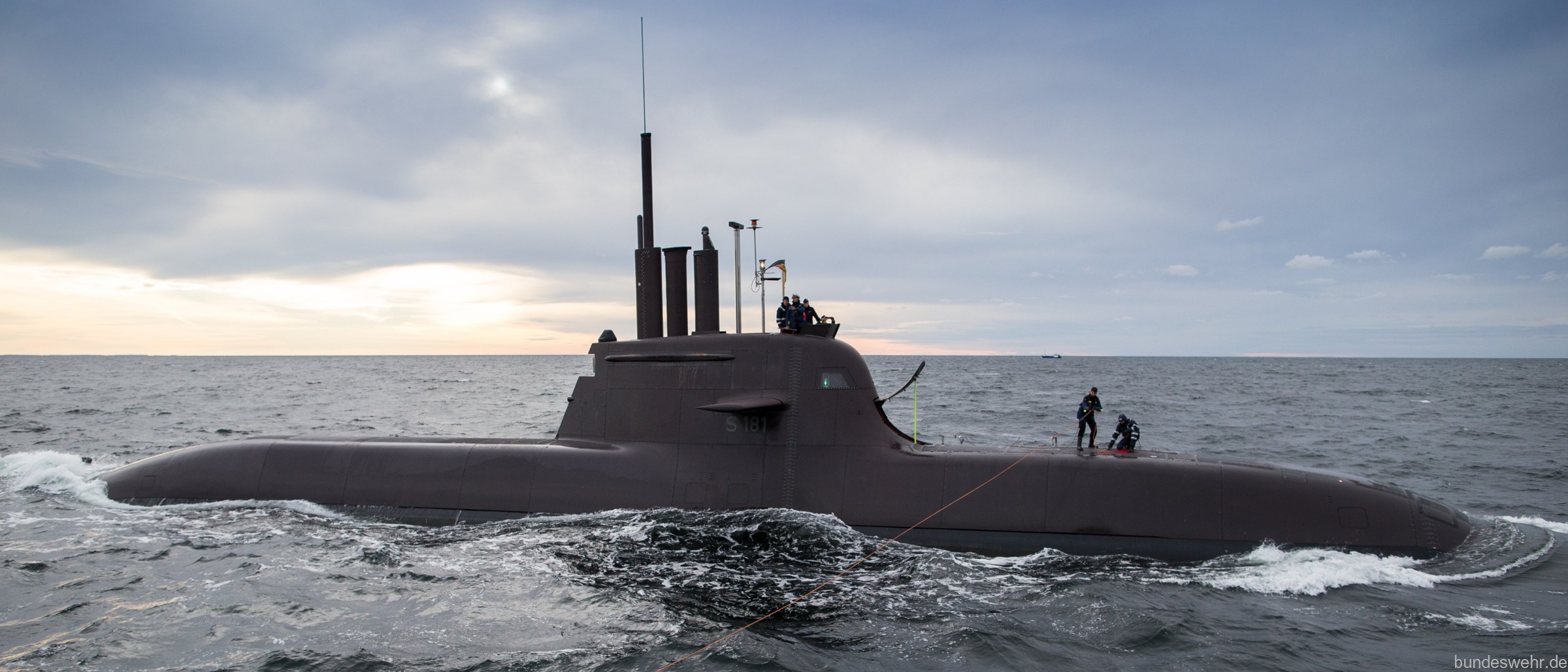 S 181 FGS U31 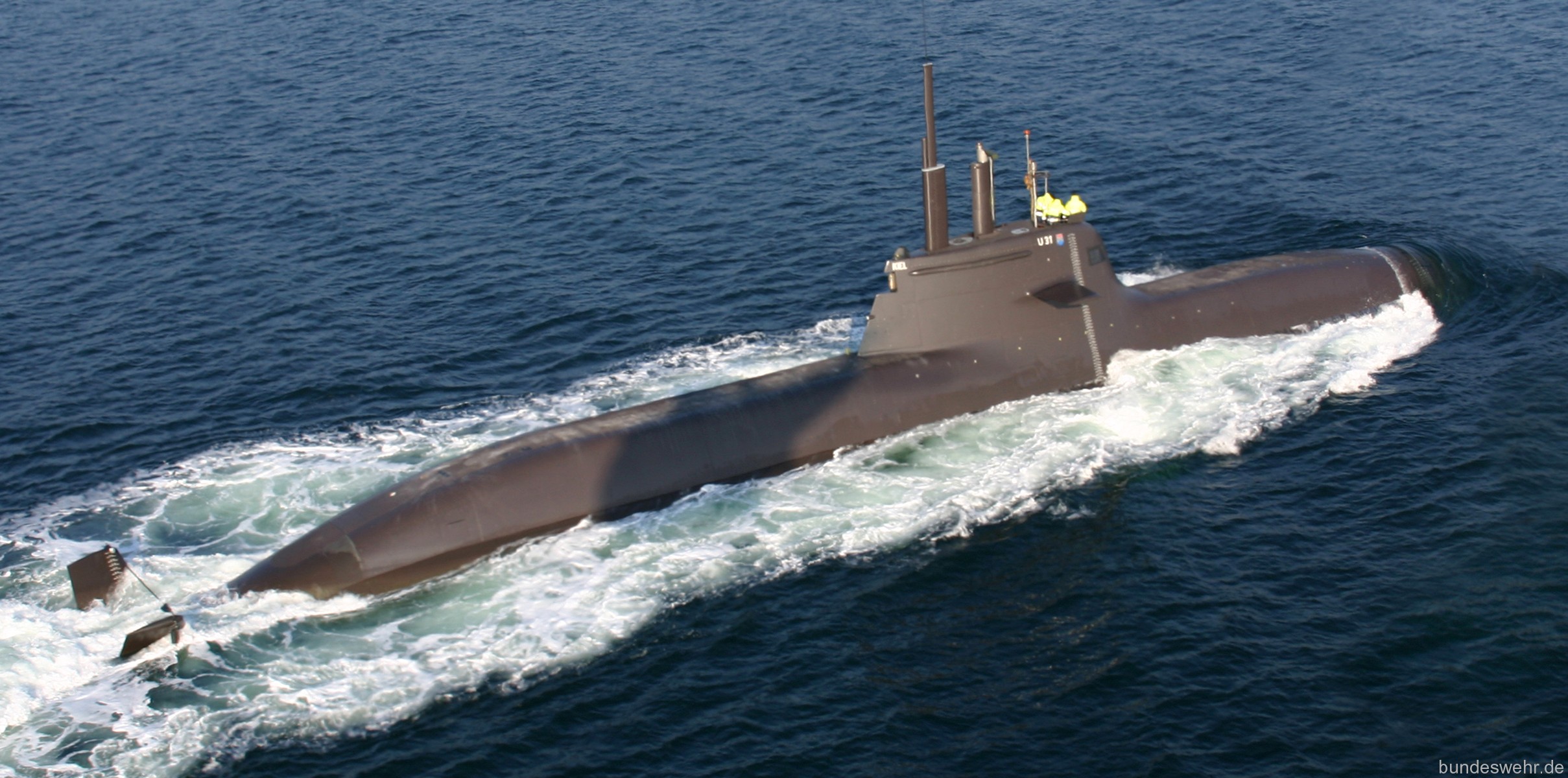 S 181 FGS U31 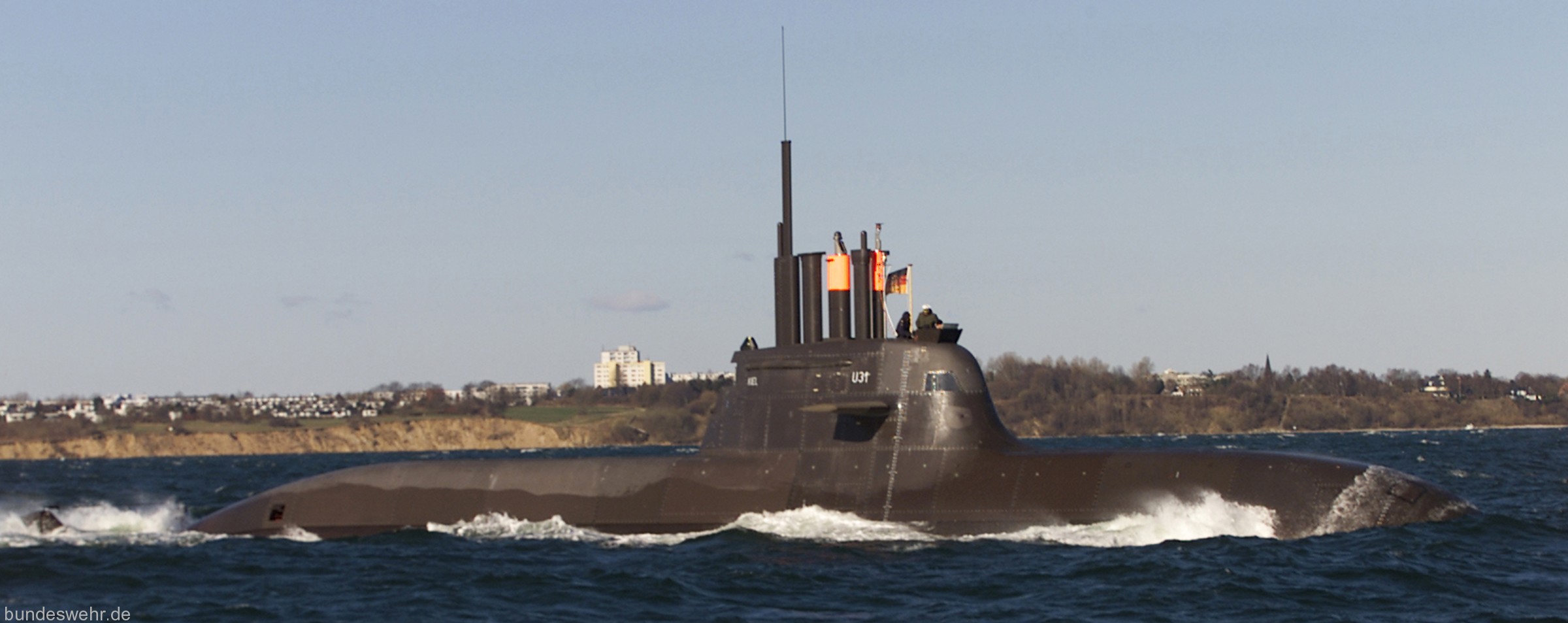 S 181 FGS U31 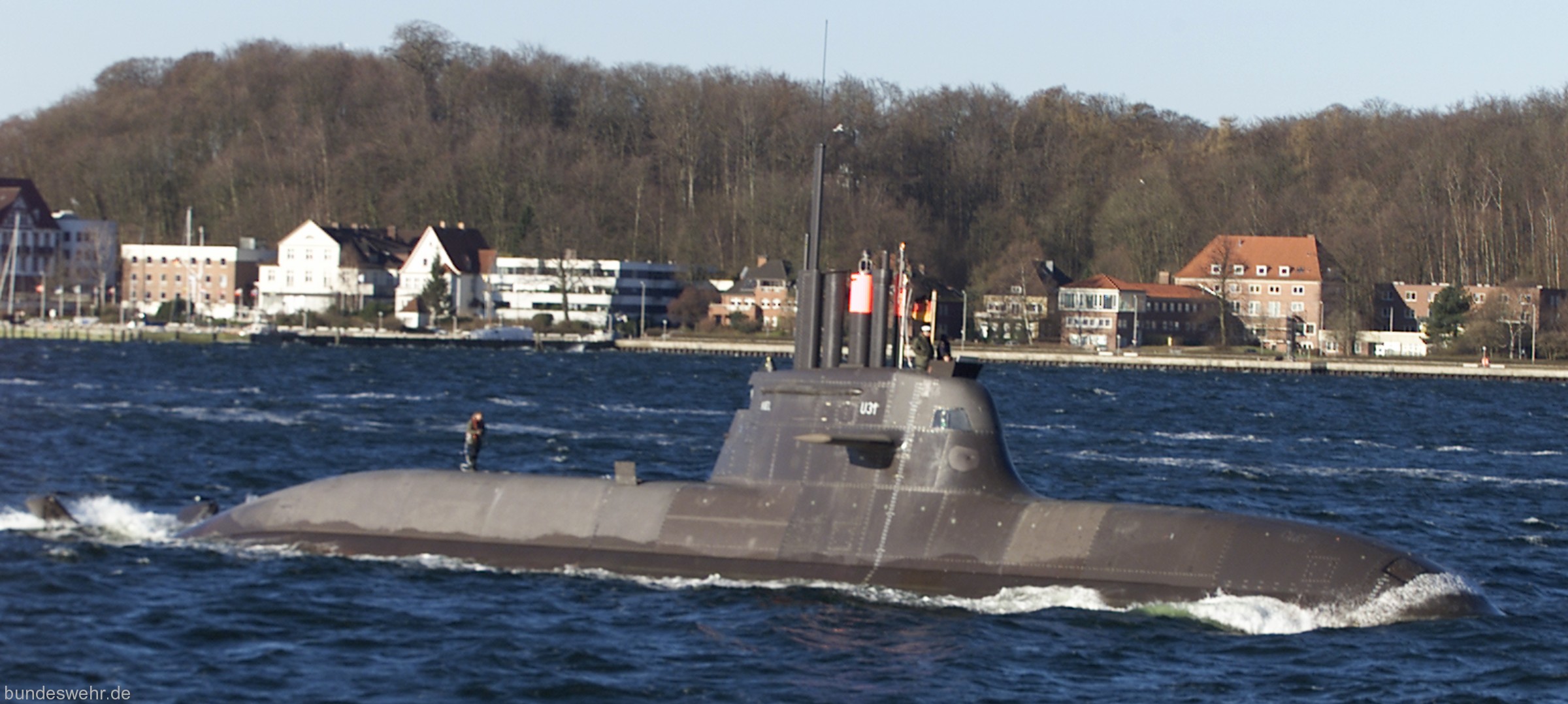 S 181 FGS U31 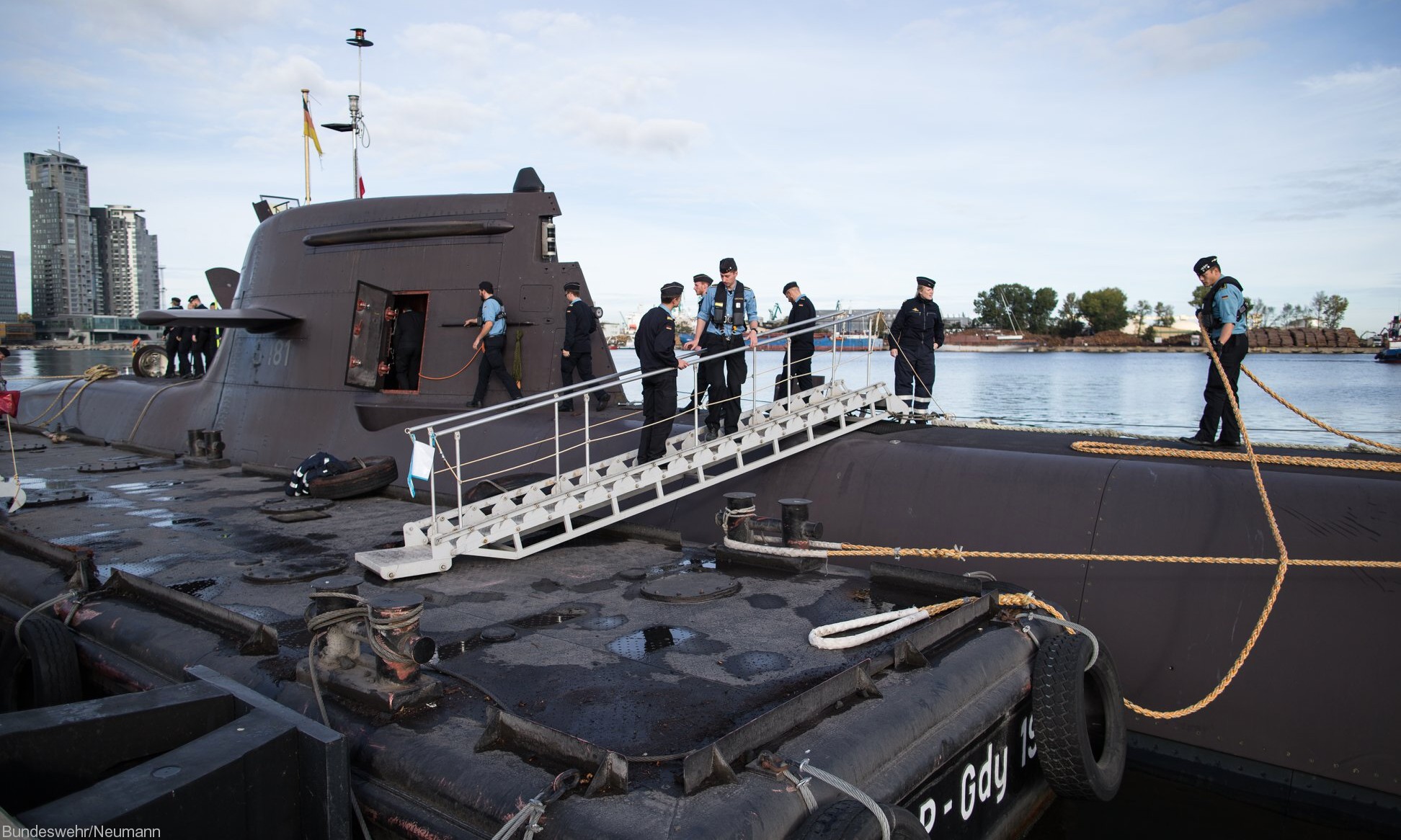 S 181 FGS U31 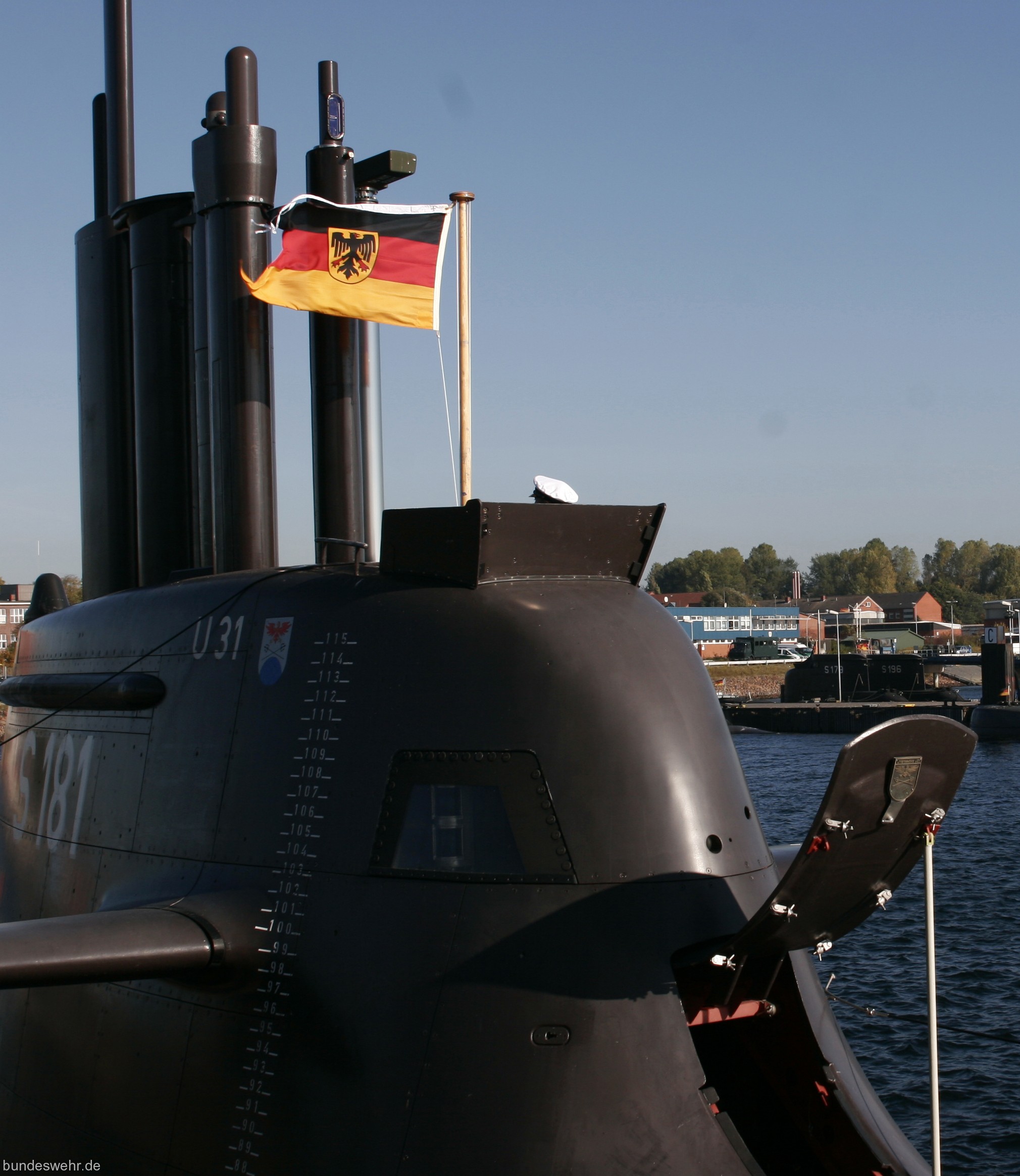 S 181 FGS U31 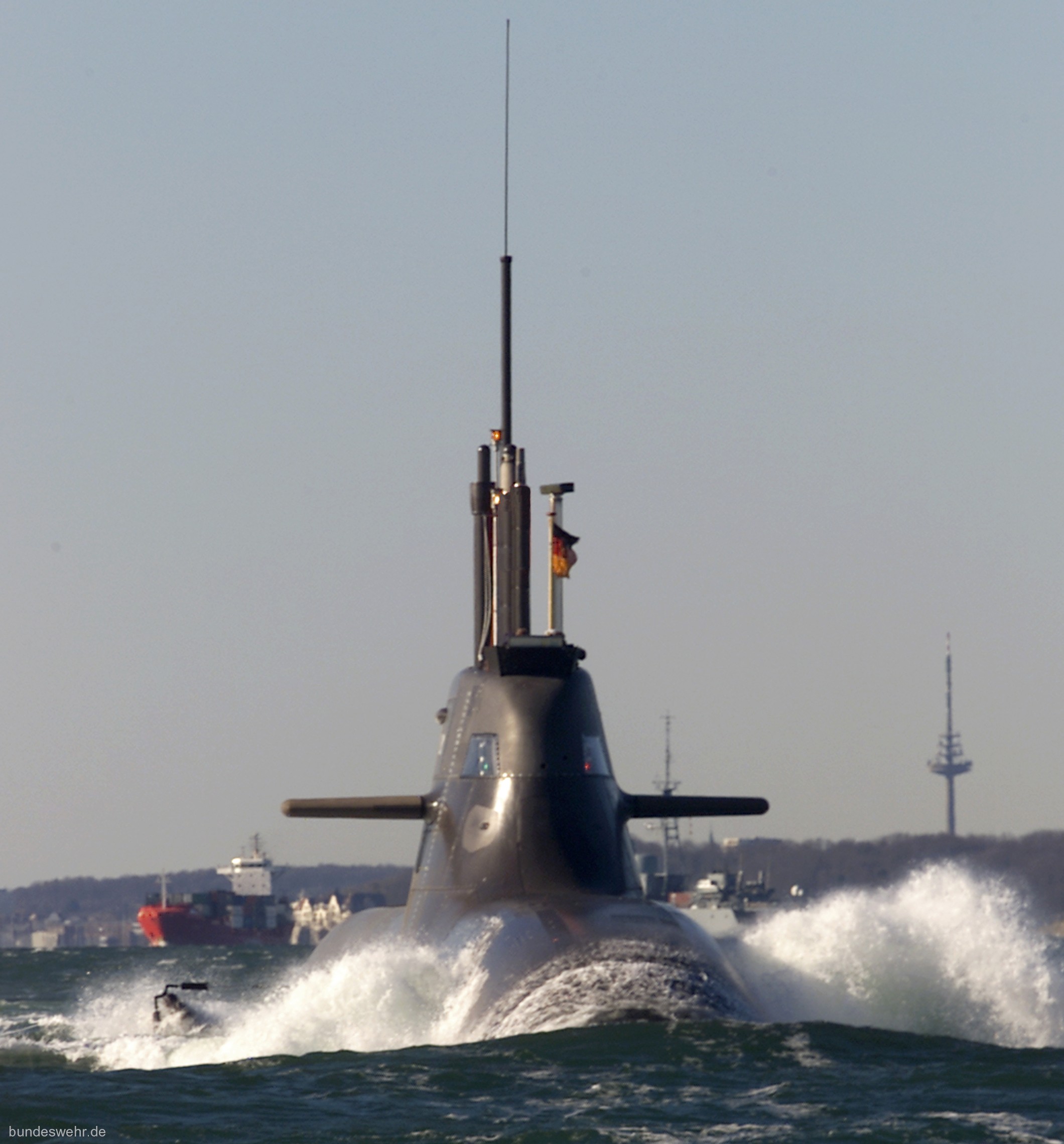 S 181 FGS U31 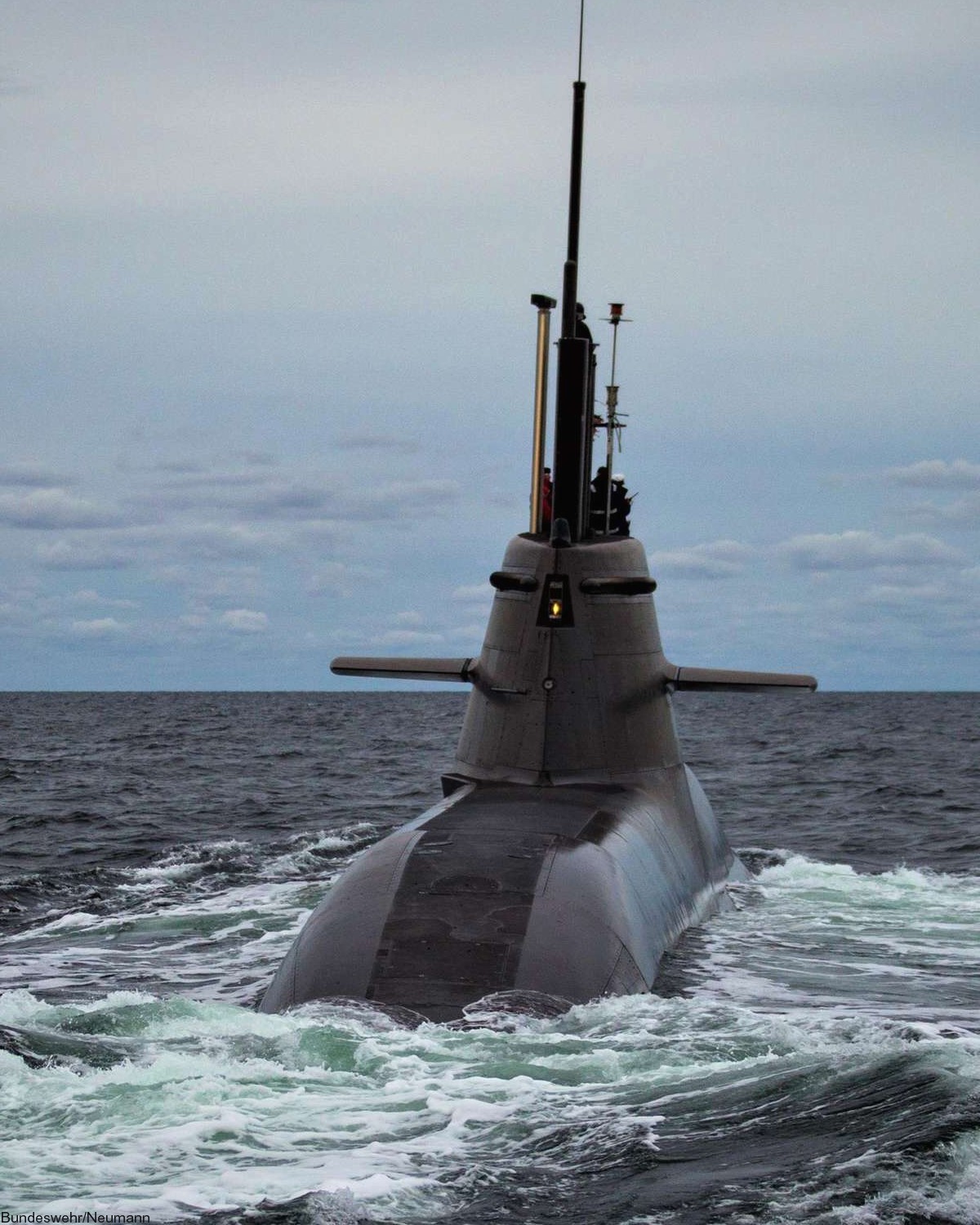 S 181 FGS U31 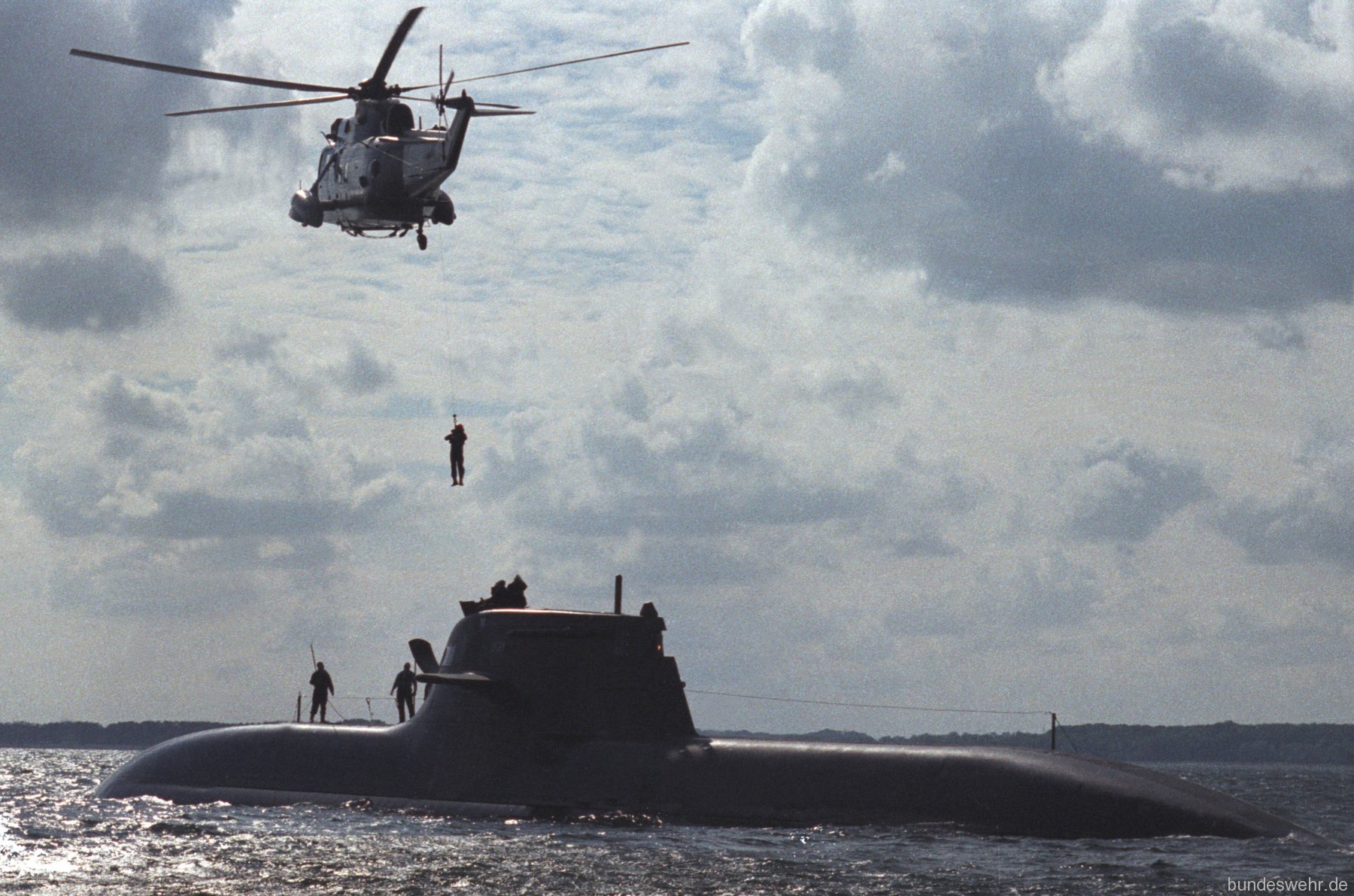 S 181 FGS U31 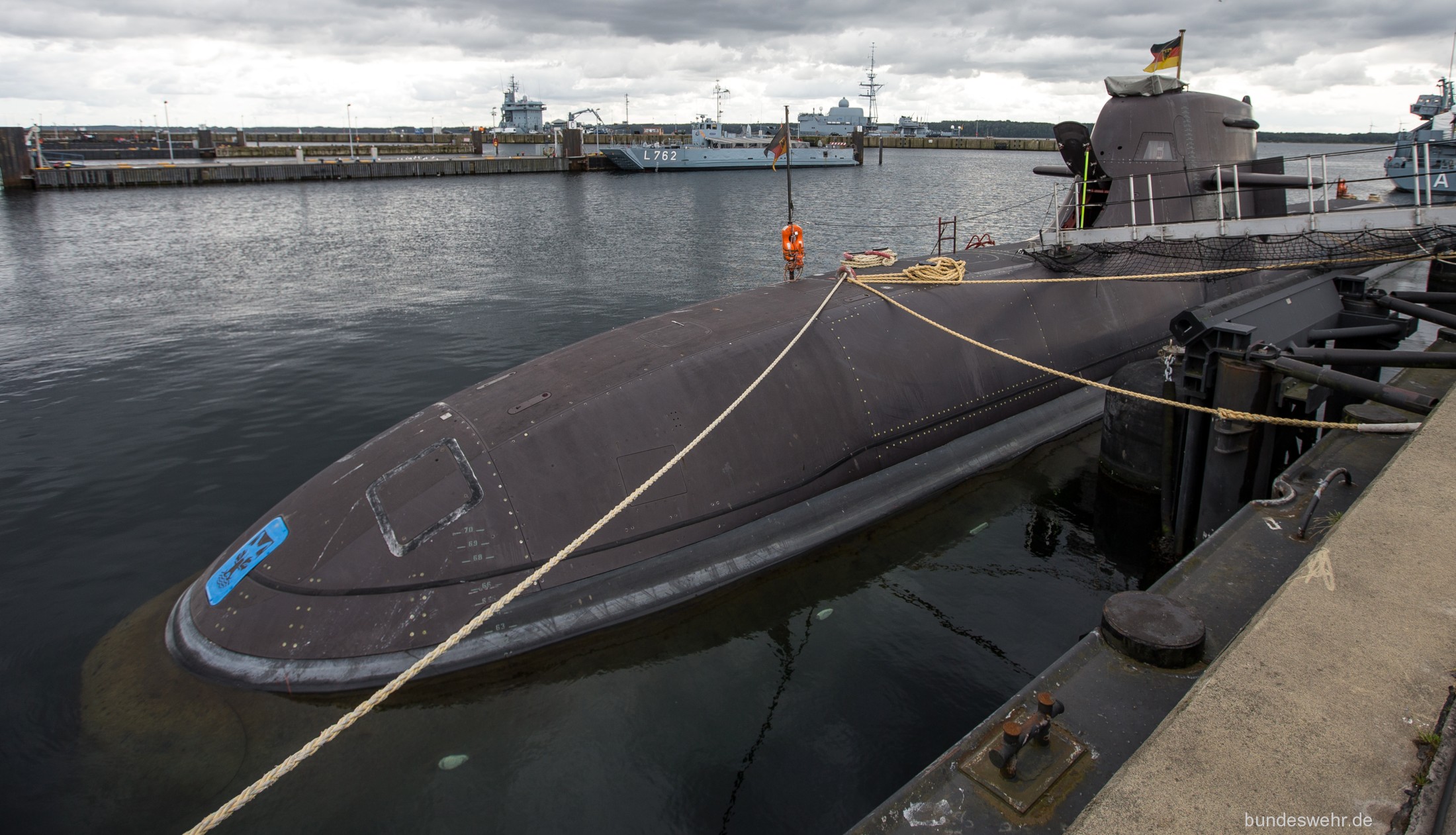 S 182 FGS U32 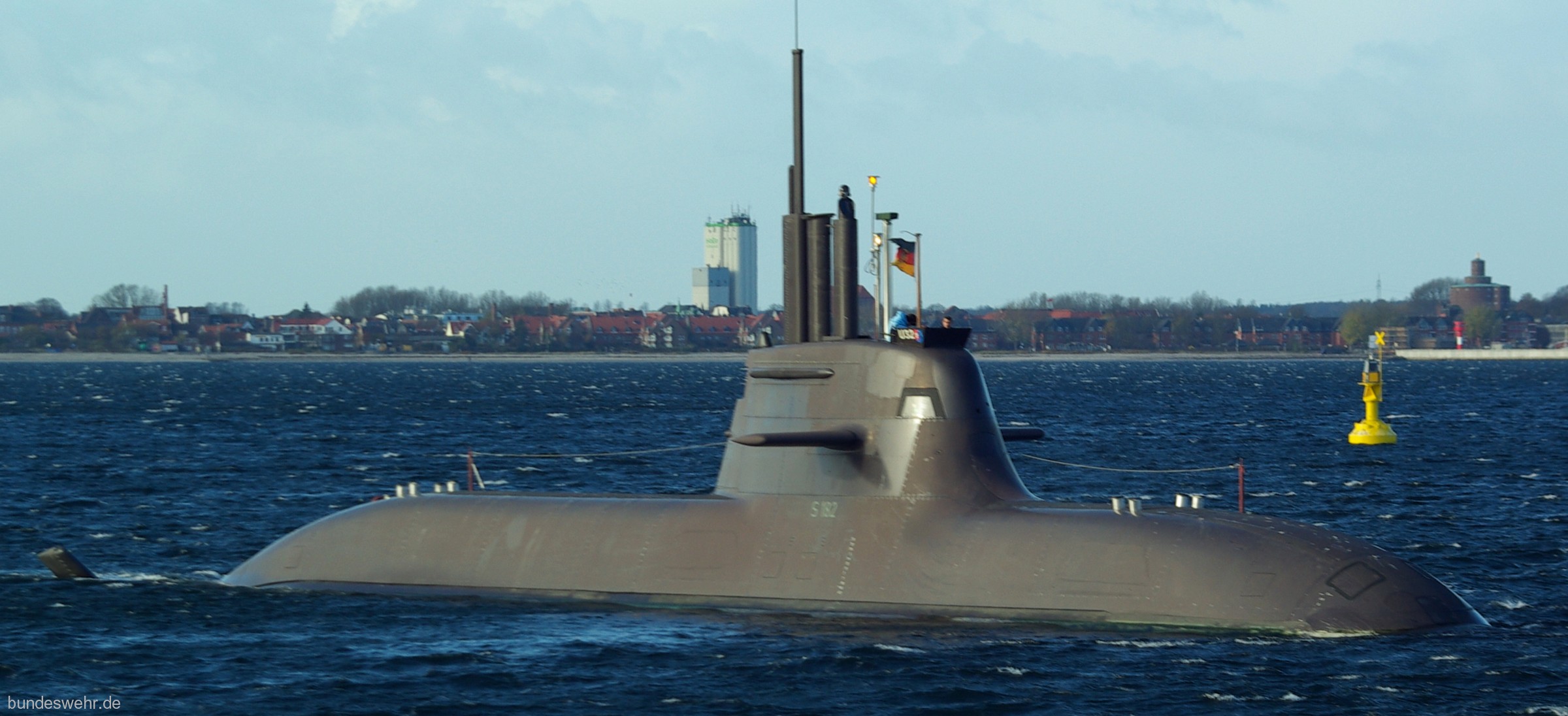 S 182 FGS U32 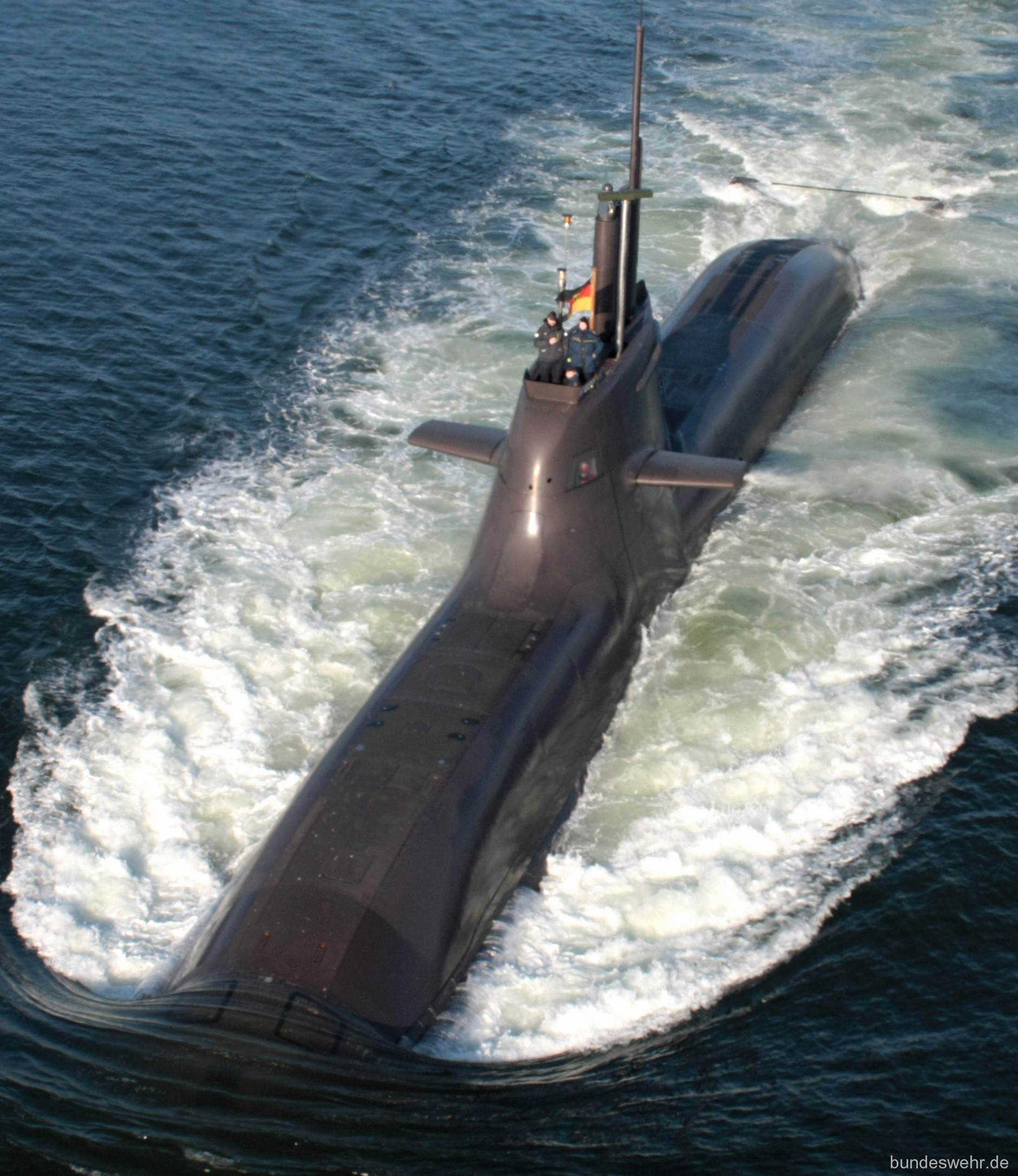 S 182 FGS U32 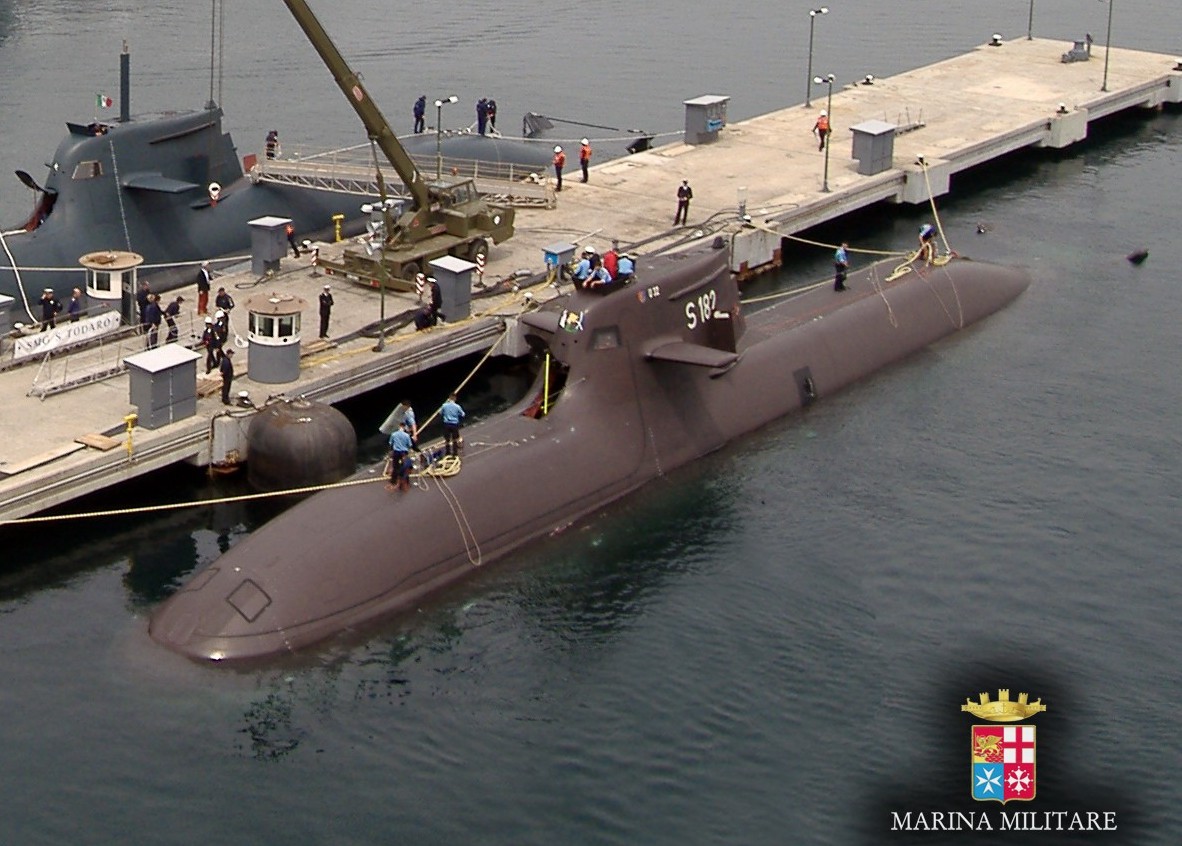 S 182 FGS U32 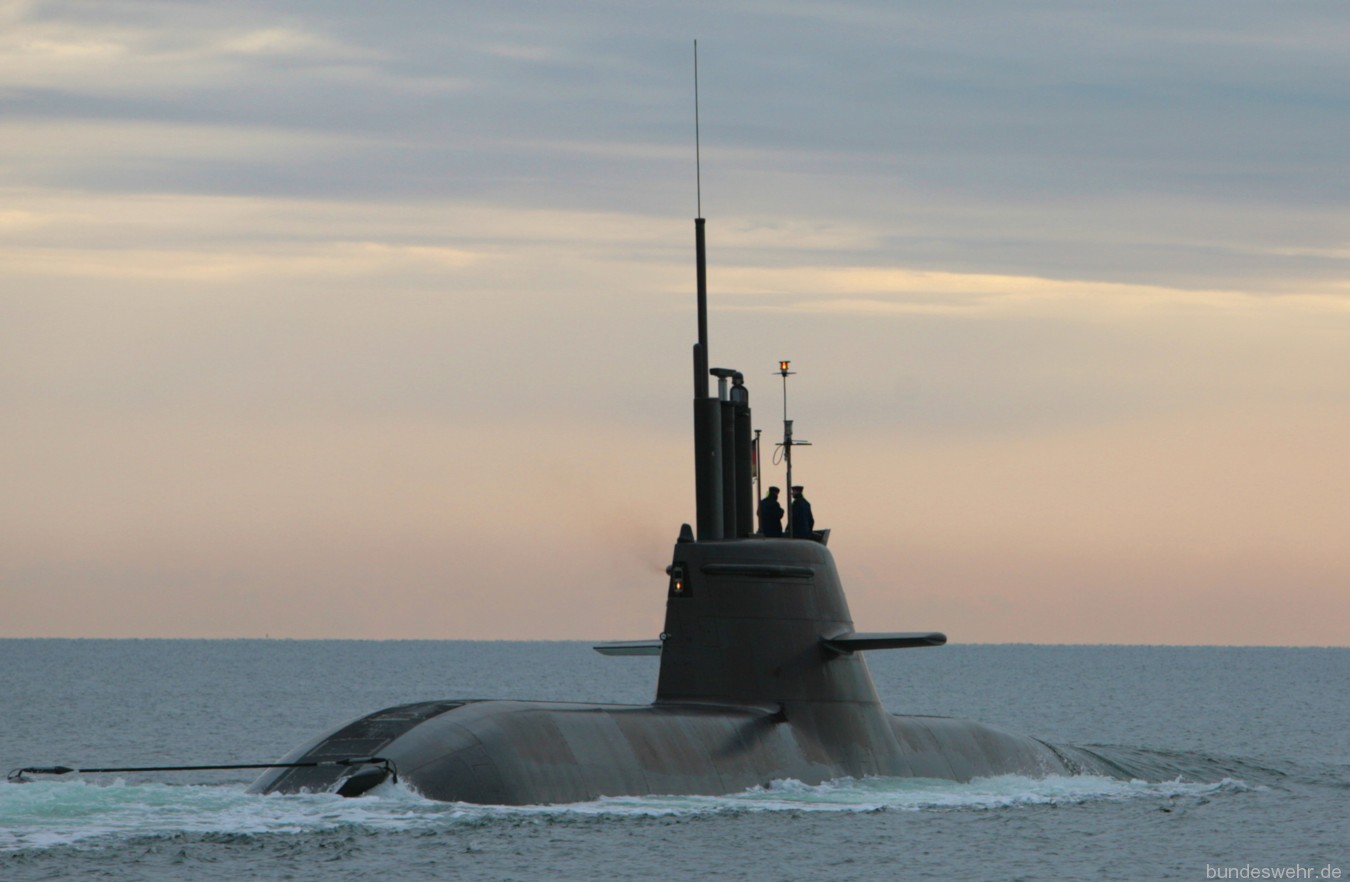 S 182 FGS U32 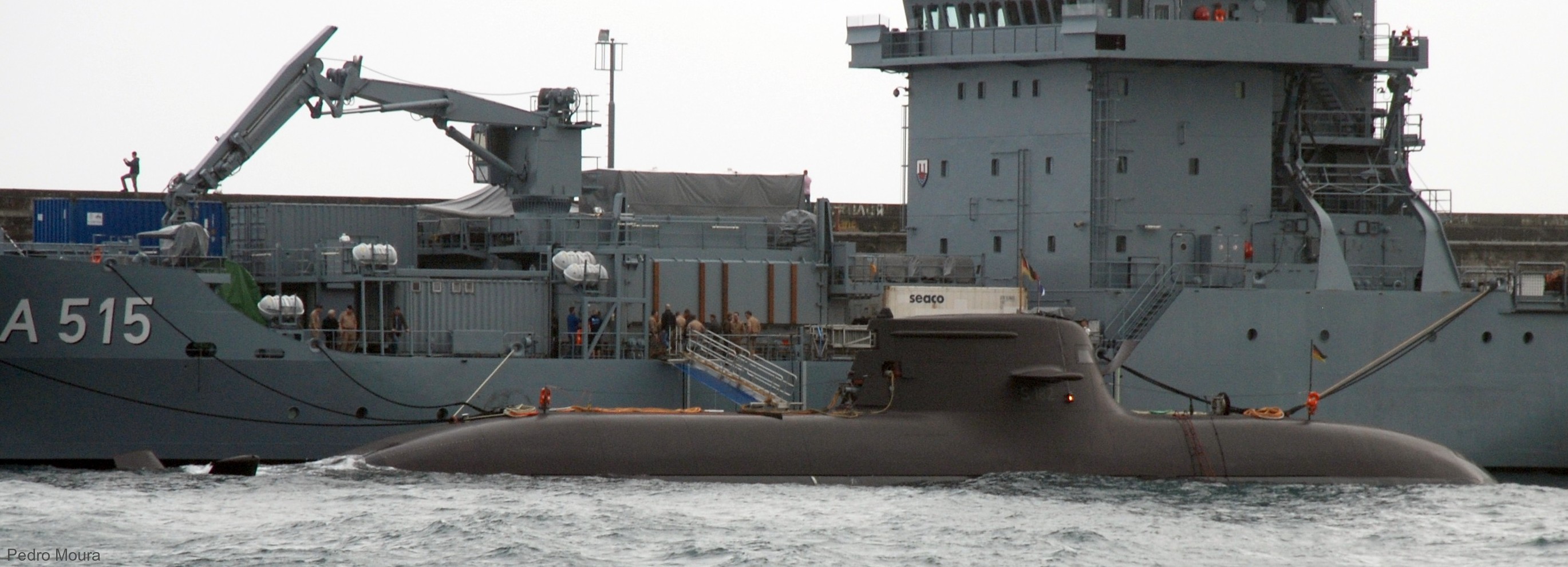 S 182 FGS U32 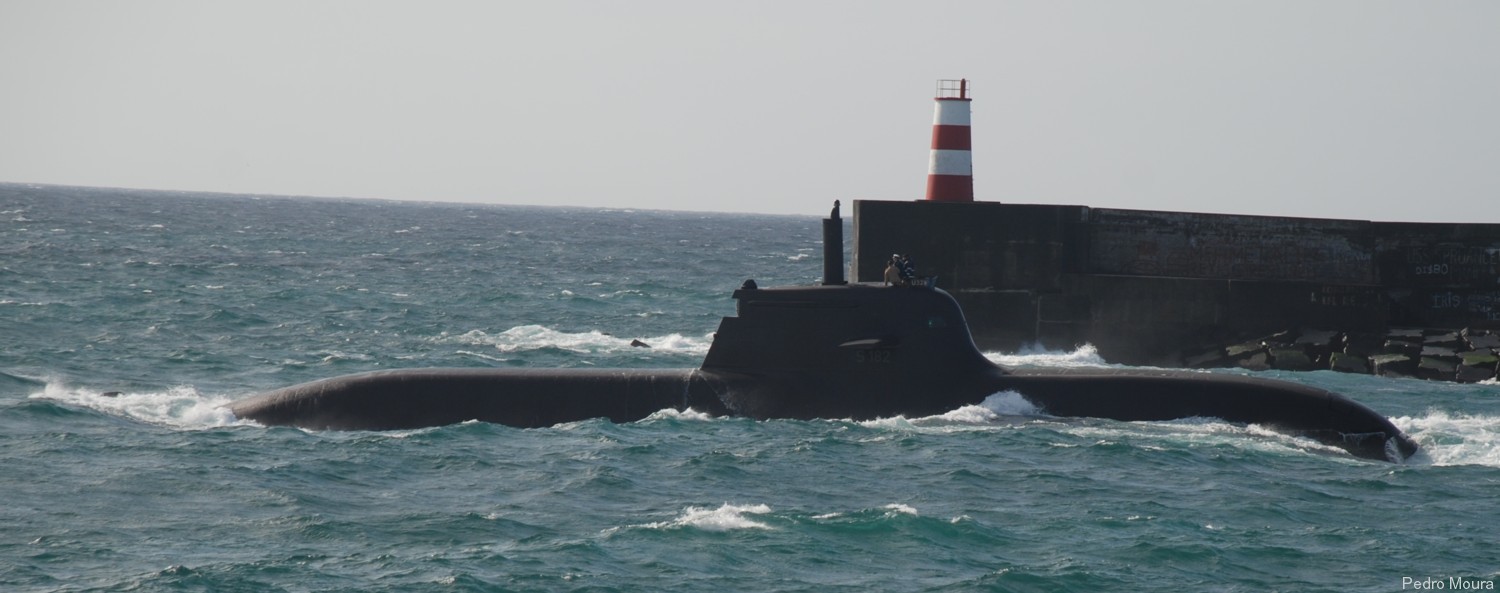 S 182 FGS U32 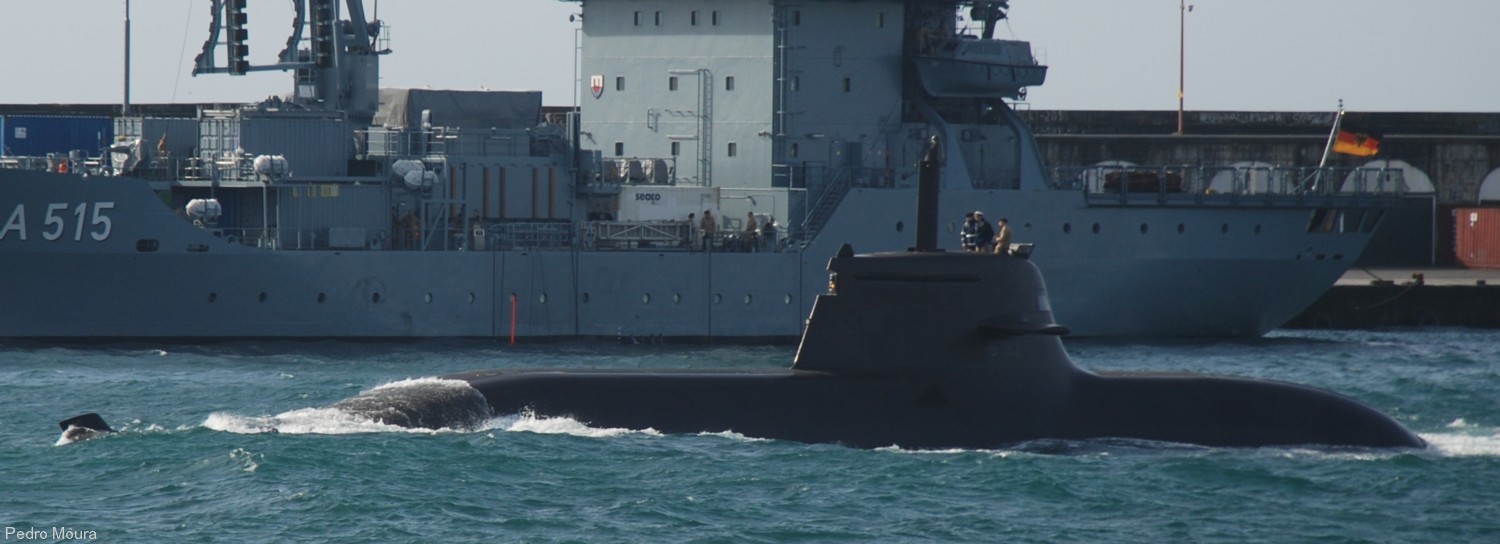 S 182 FGS U32  S 182 FGS U32 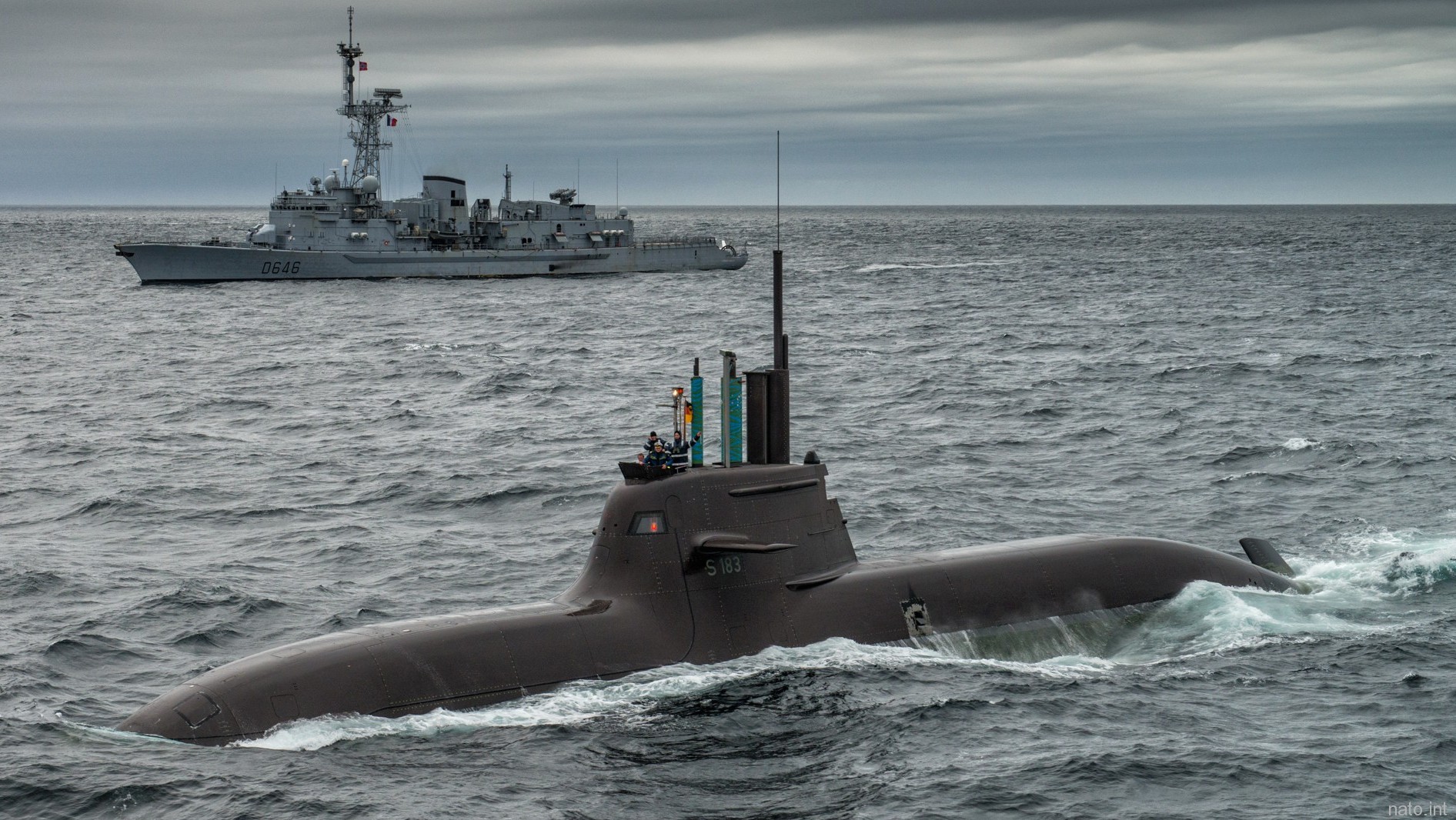 S 183 FGS U33 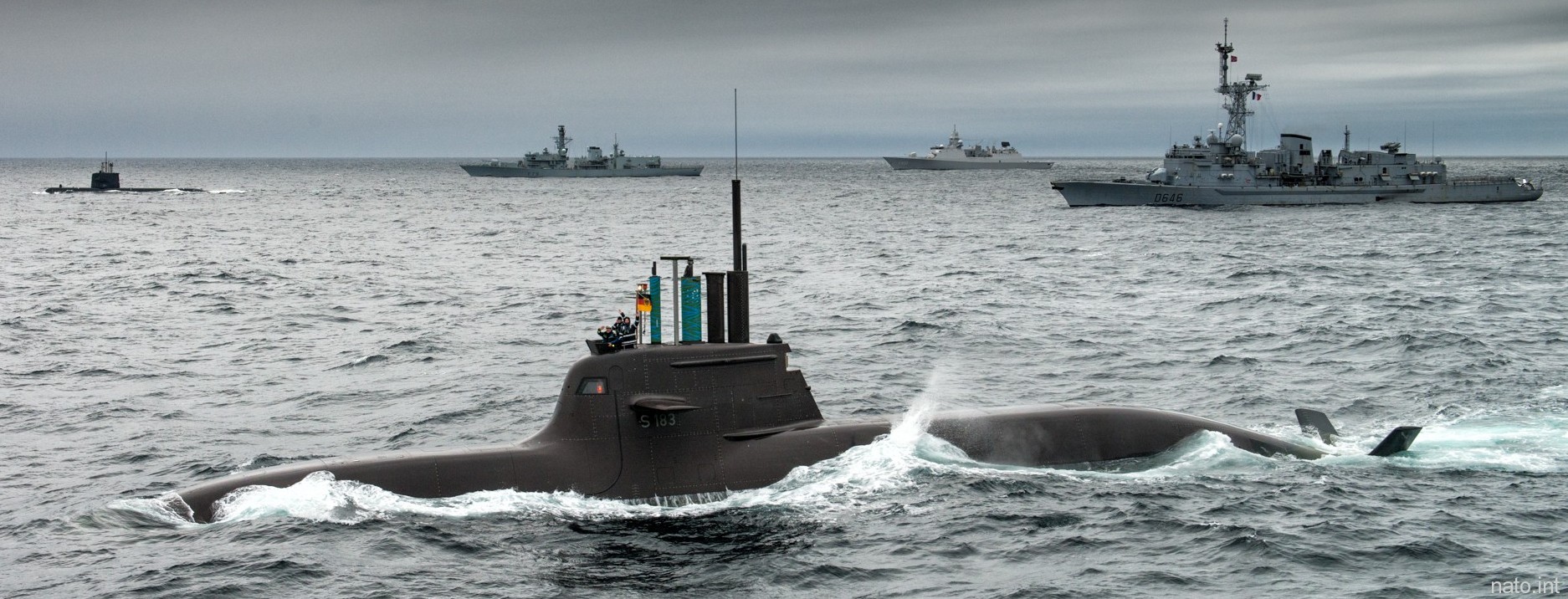 S 183 FGS U33 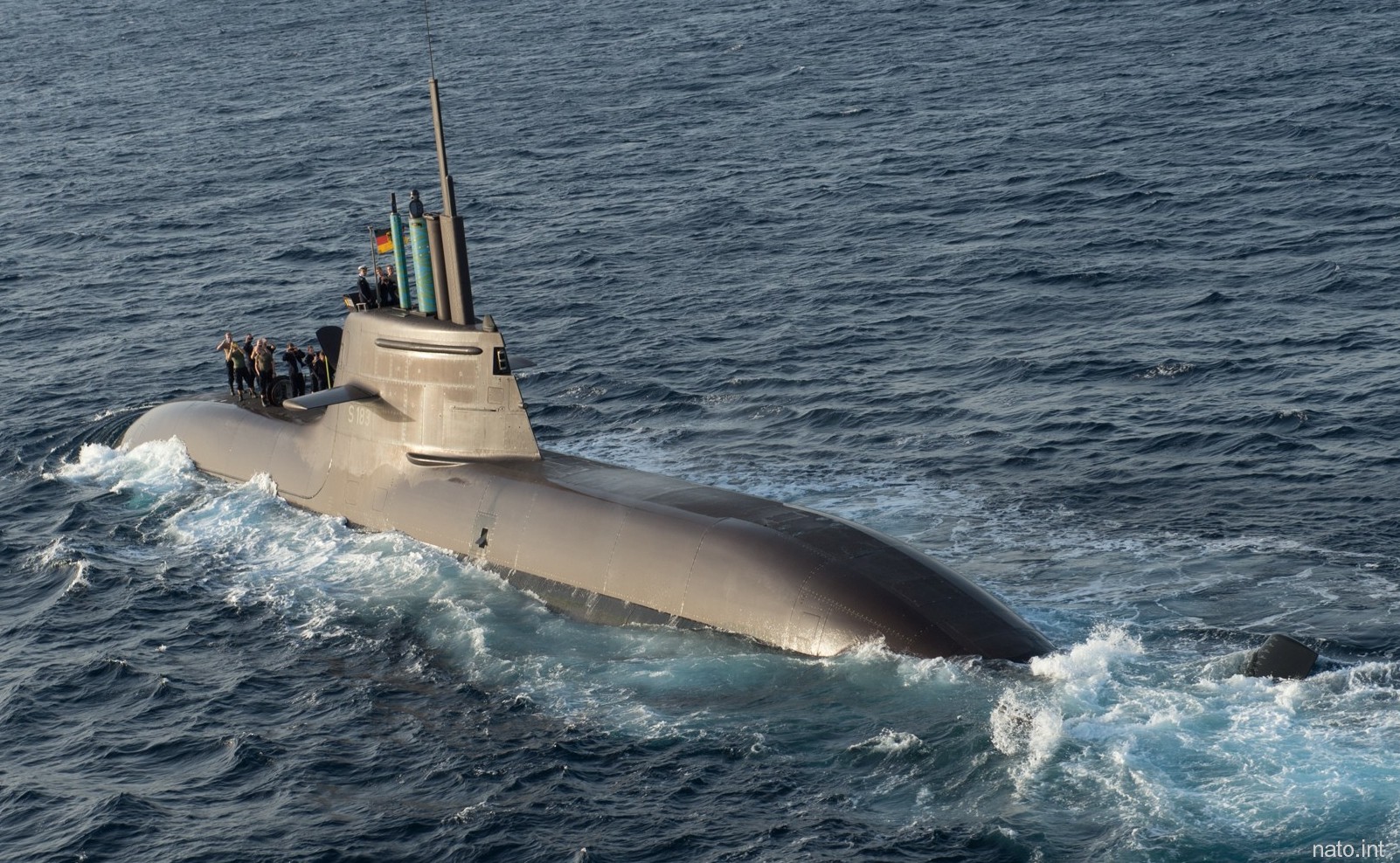 S 183 FGS U33 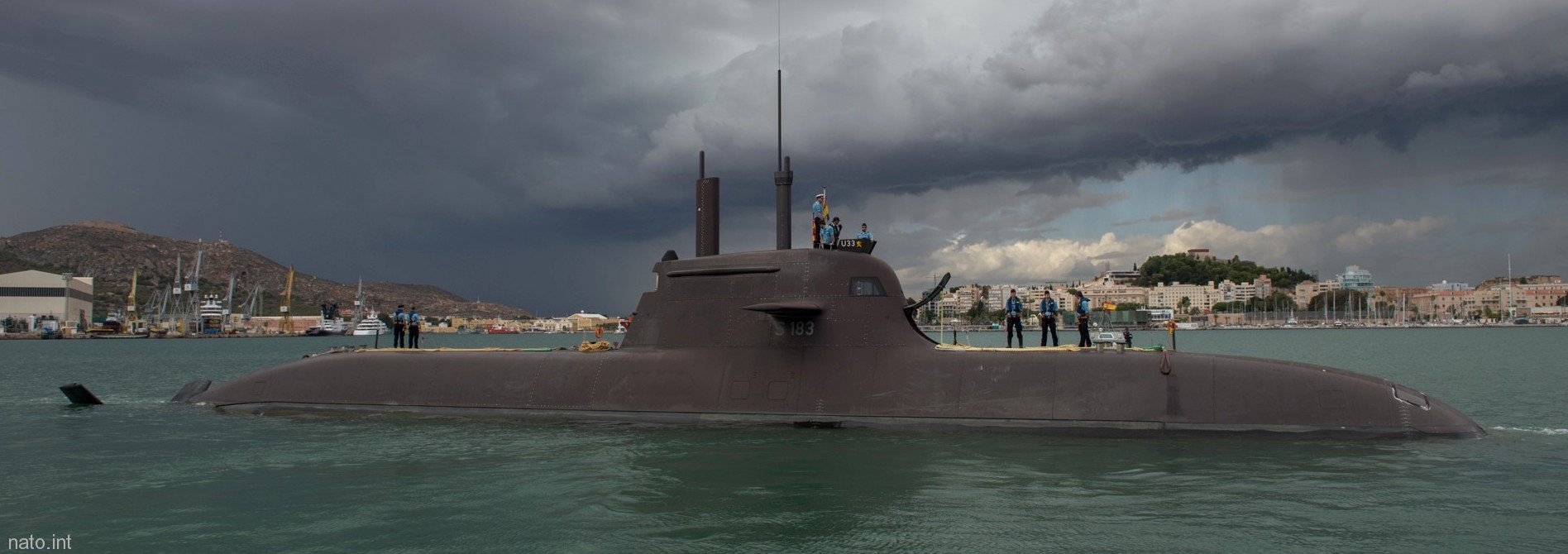 S 183 FGS U33 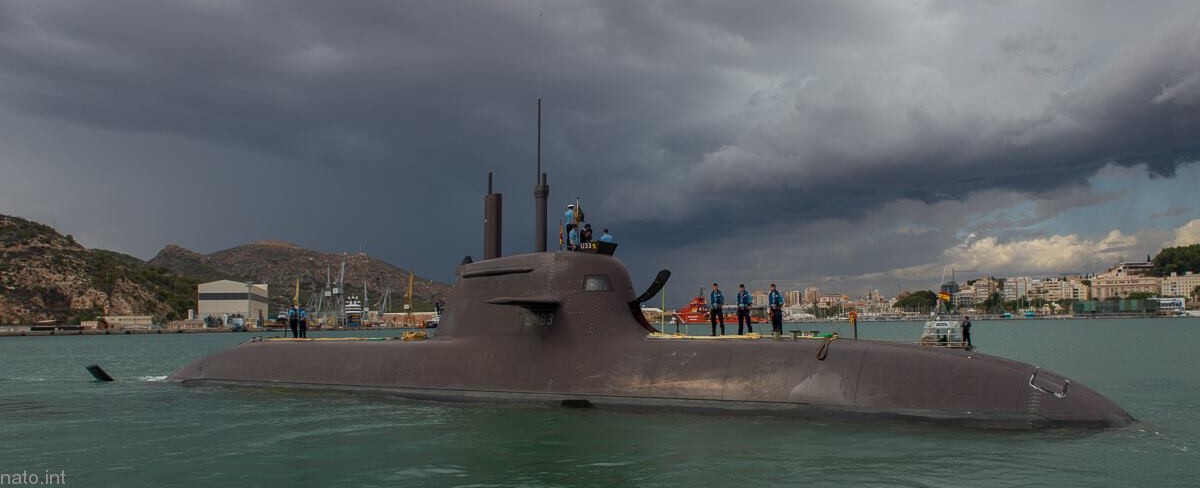 S 183 FGS U33 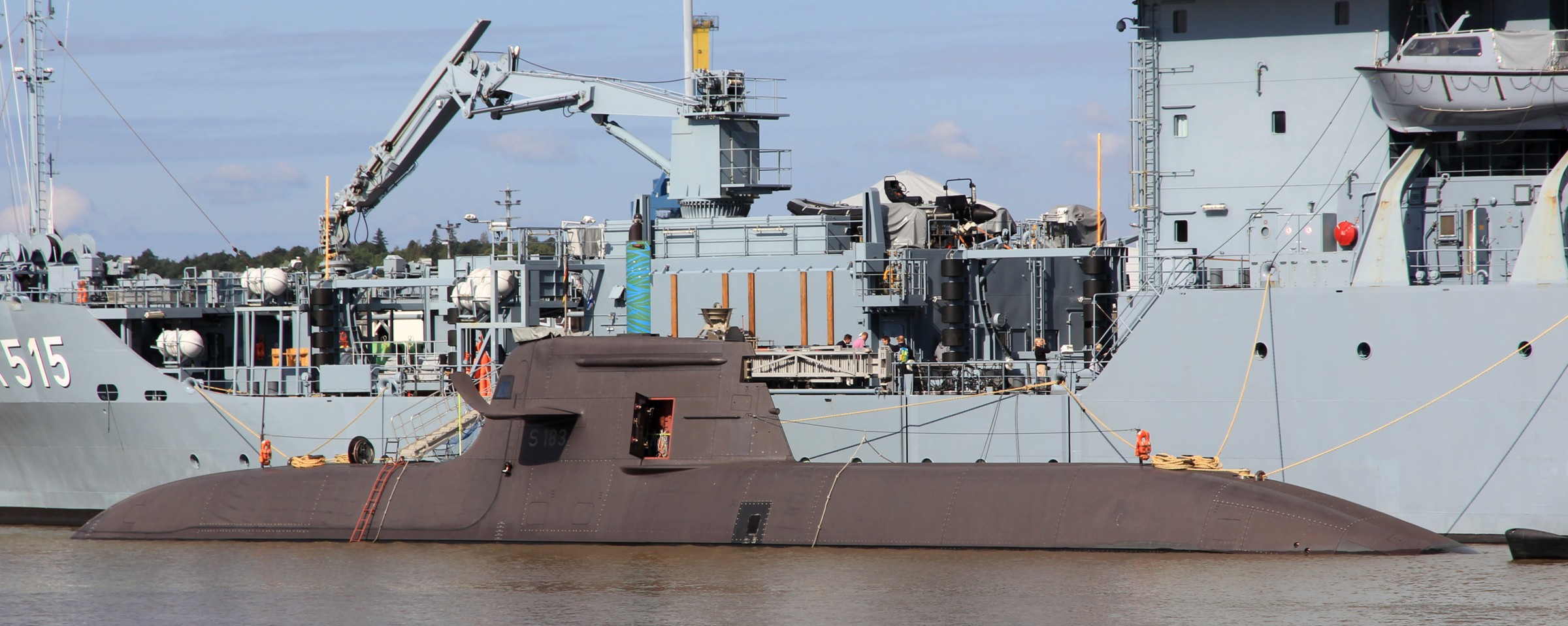 S 183 FGS U33 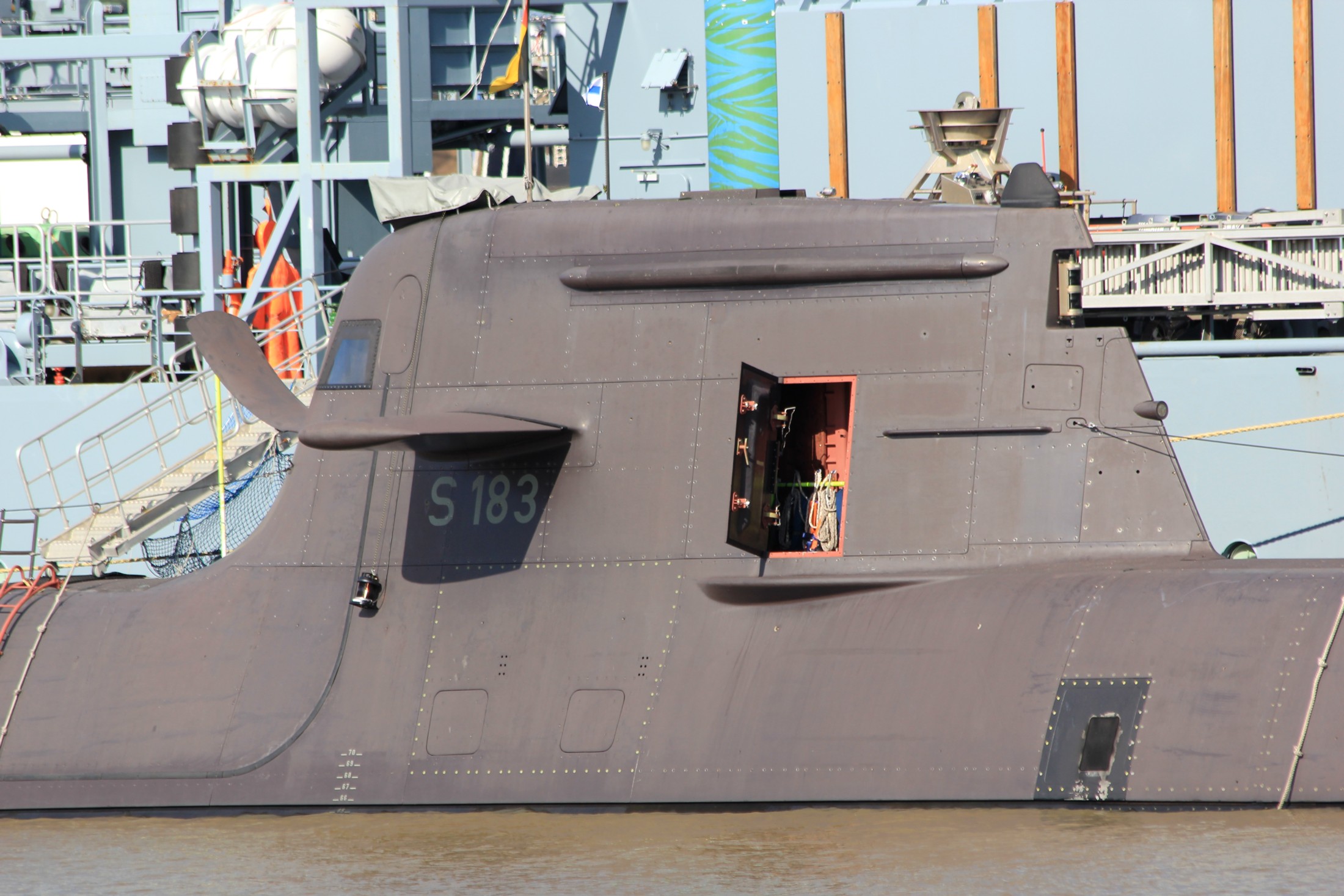 S 183 FGS U33 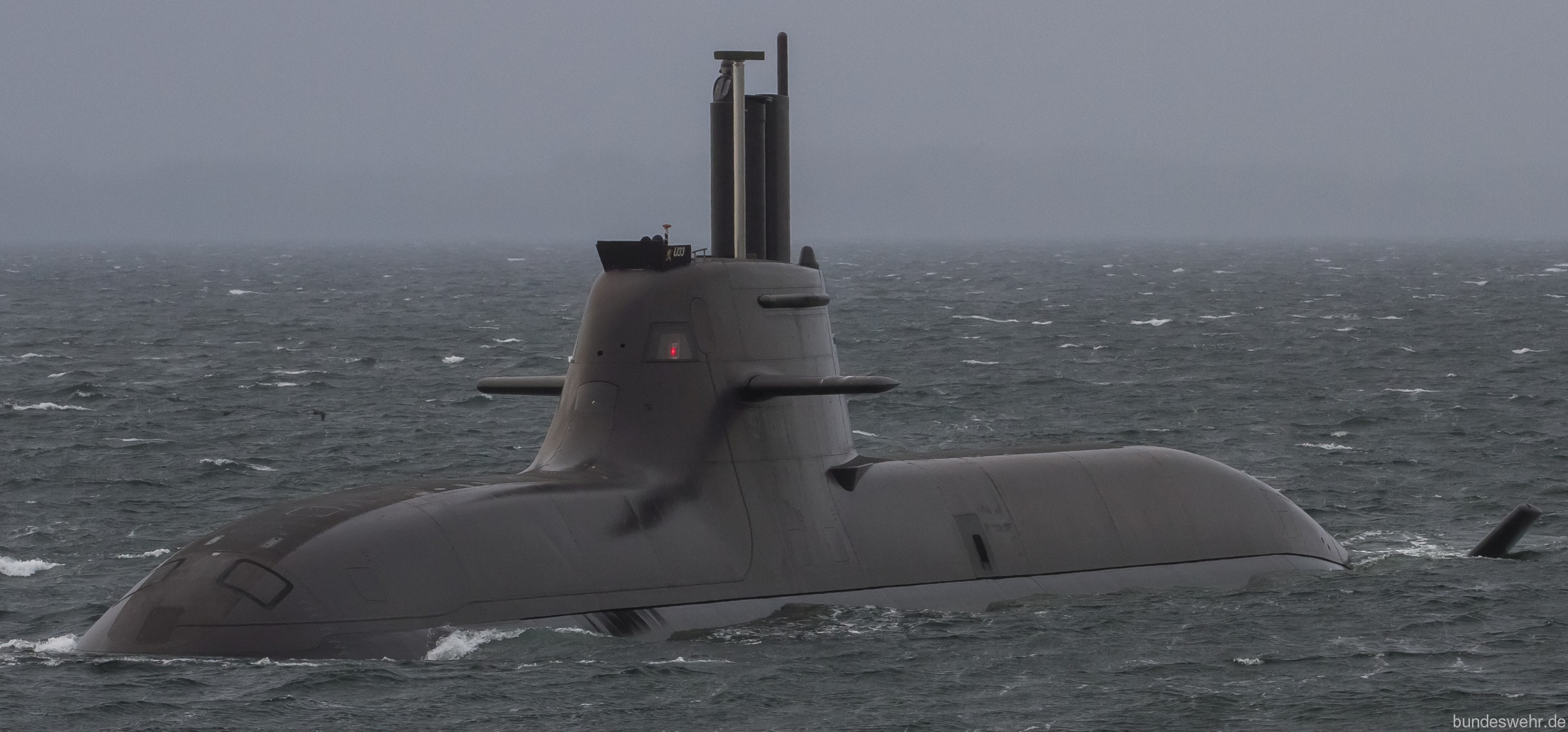 S 183 FGS U33 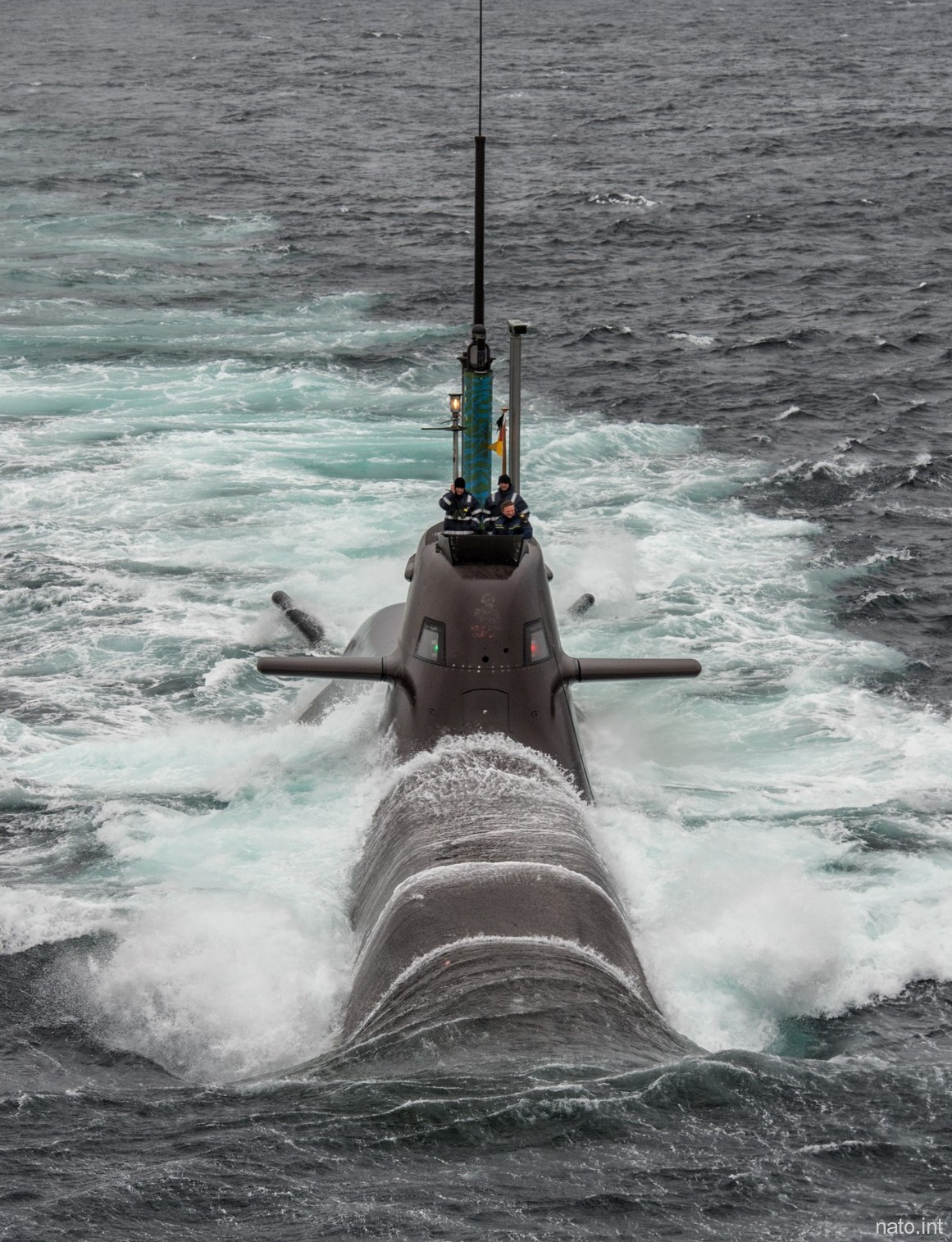 S 183 FGS U33 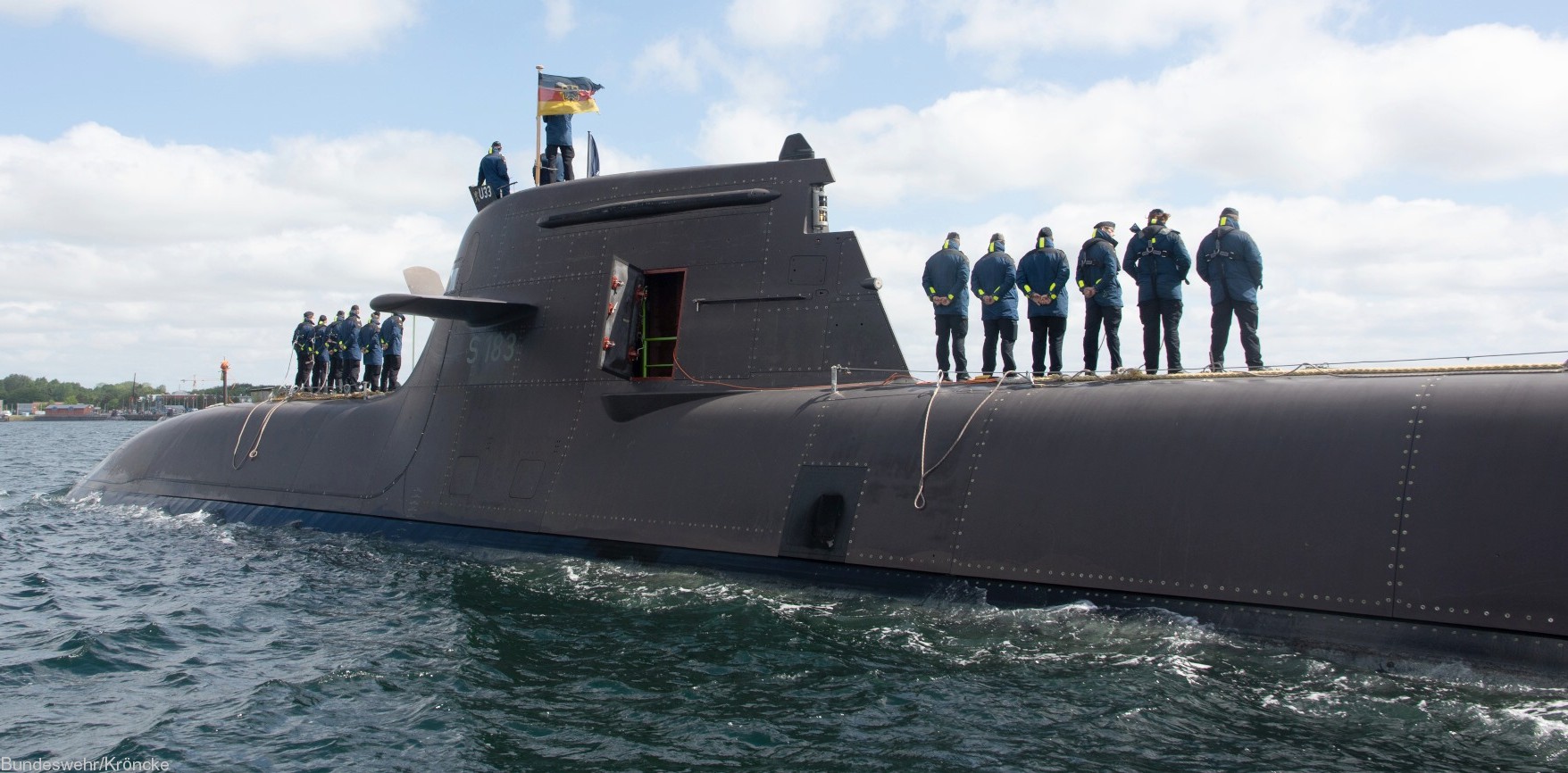 S 183 FGS U33 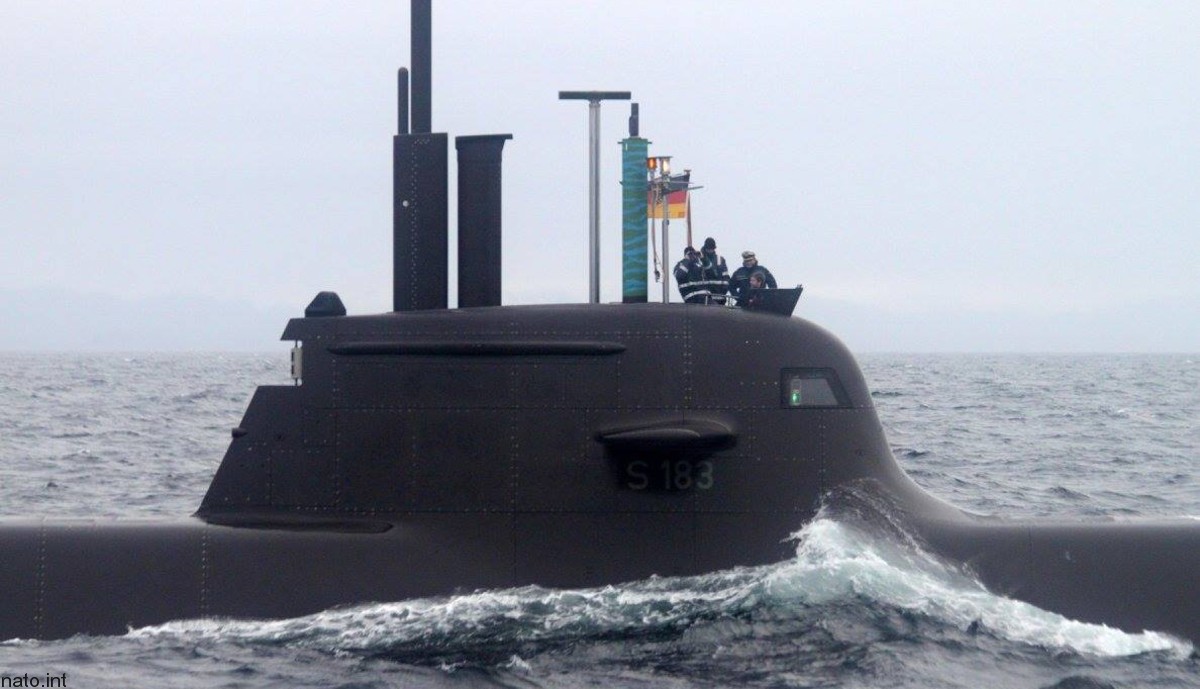 S 183 FGS U33 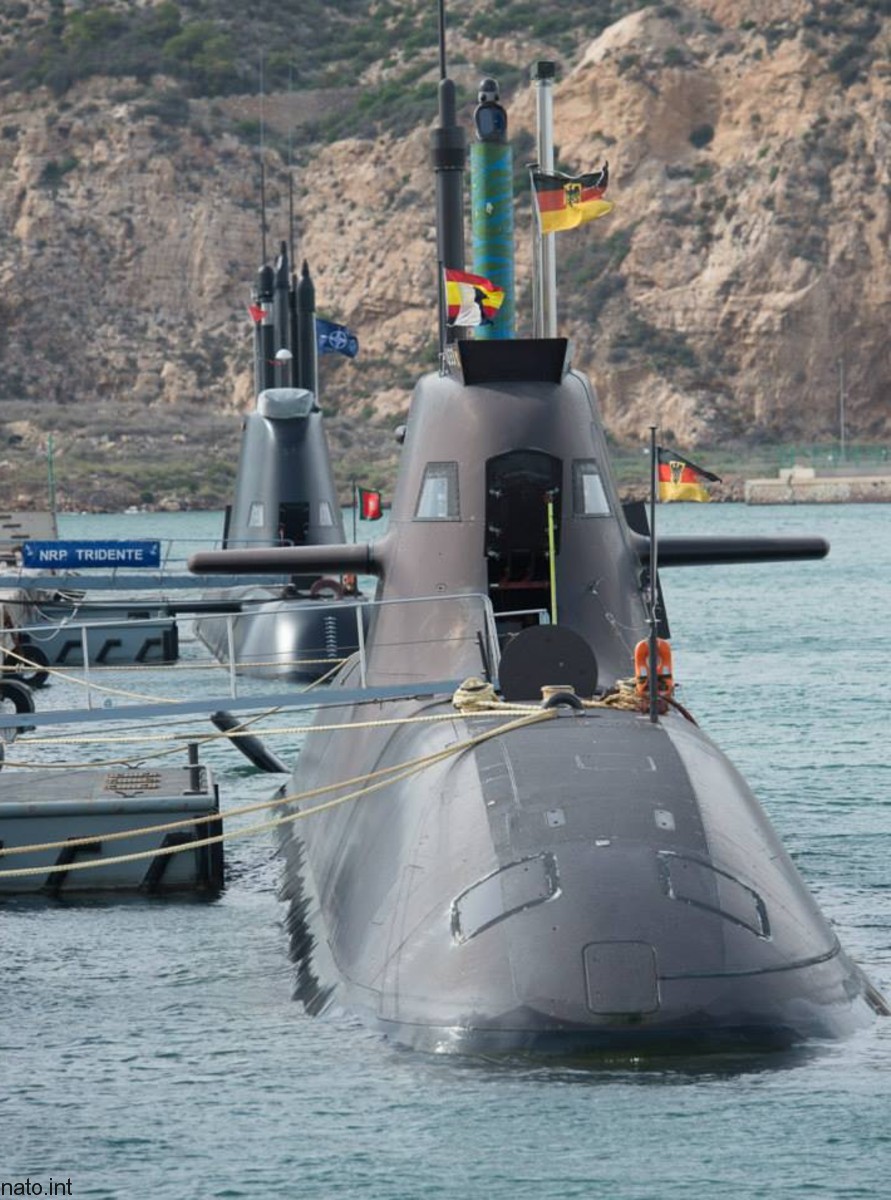 S 183 FGS U33 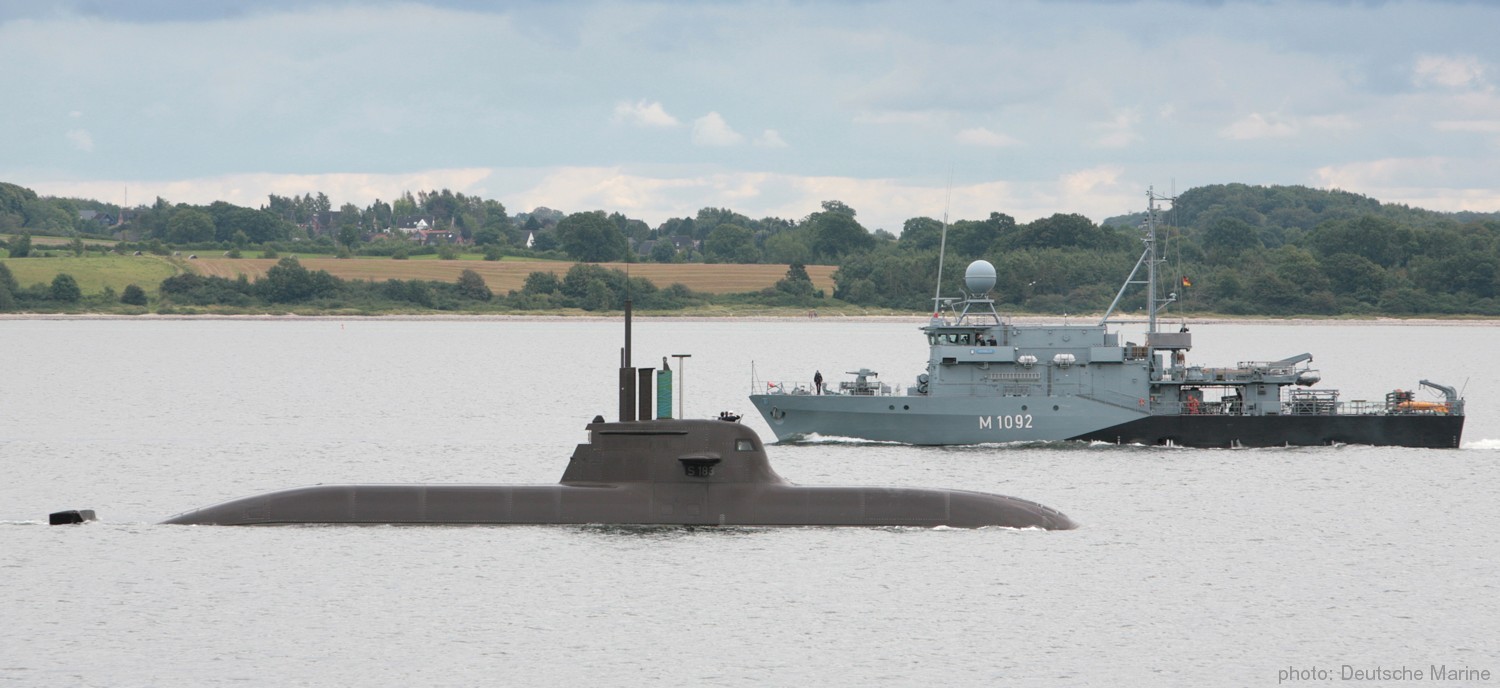 S 183 FGS U33 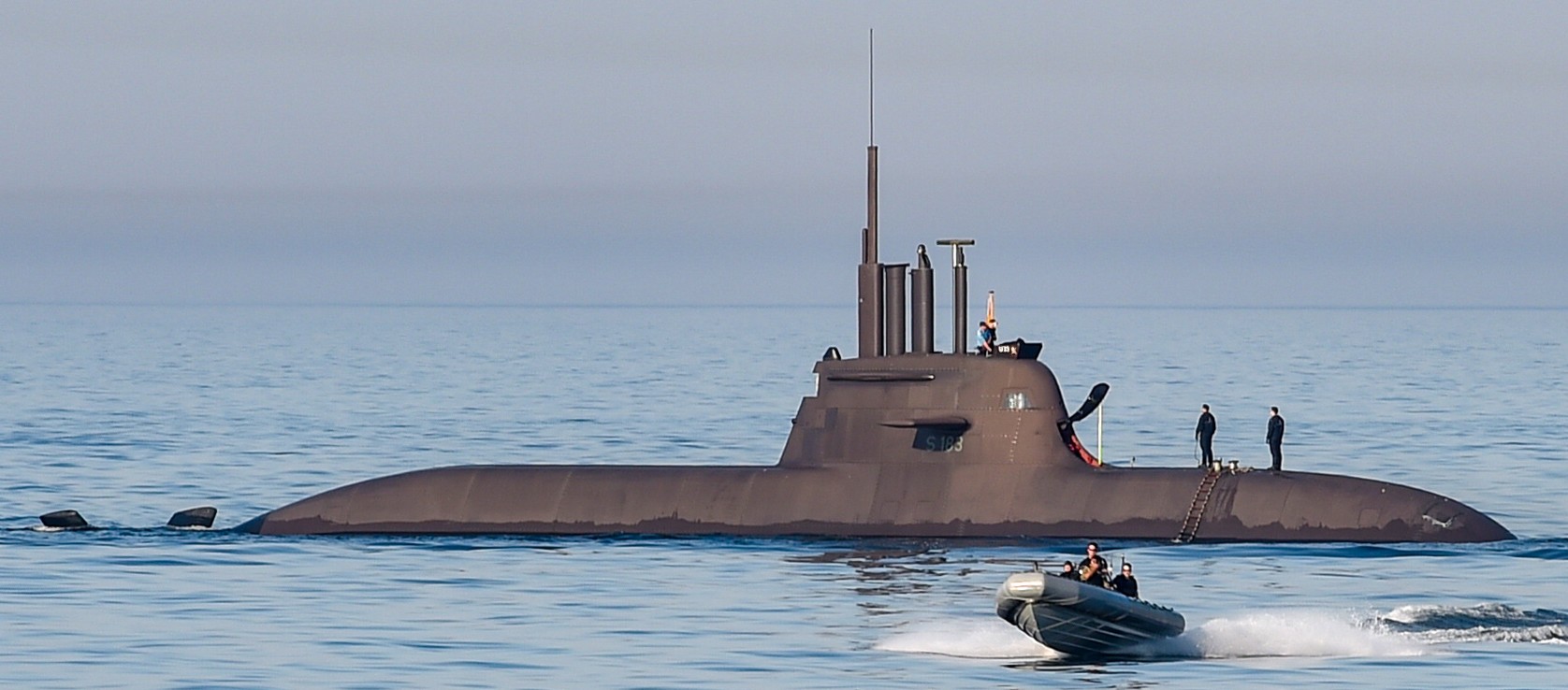 S 183 FGS U33 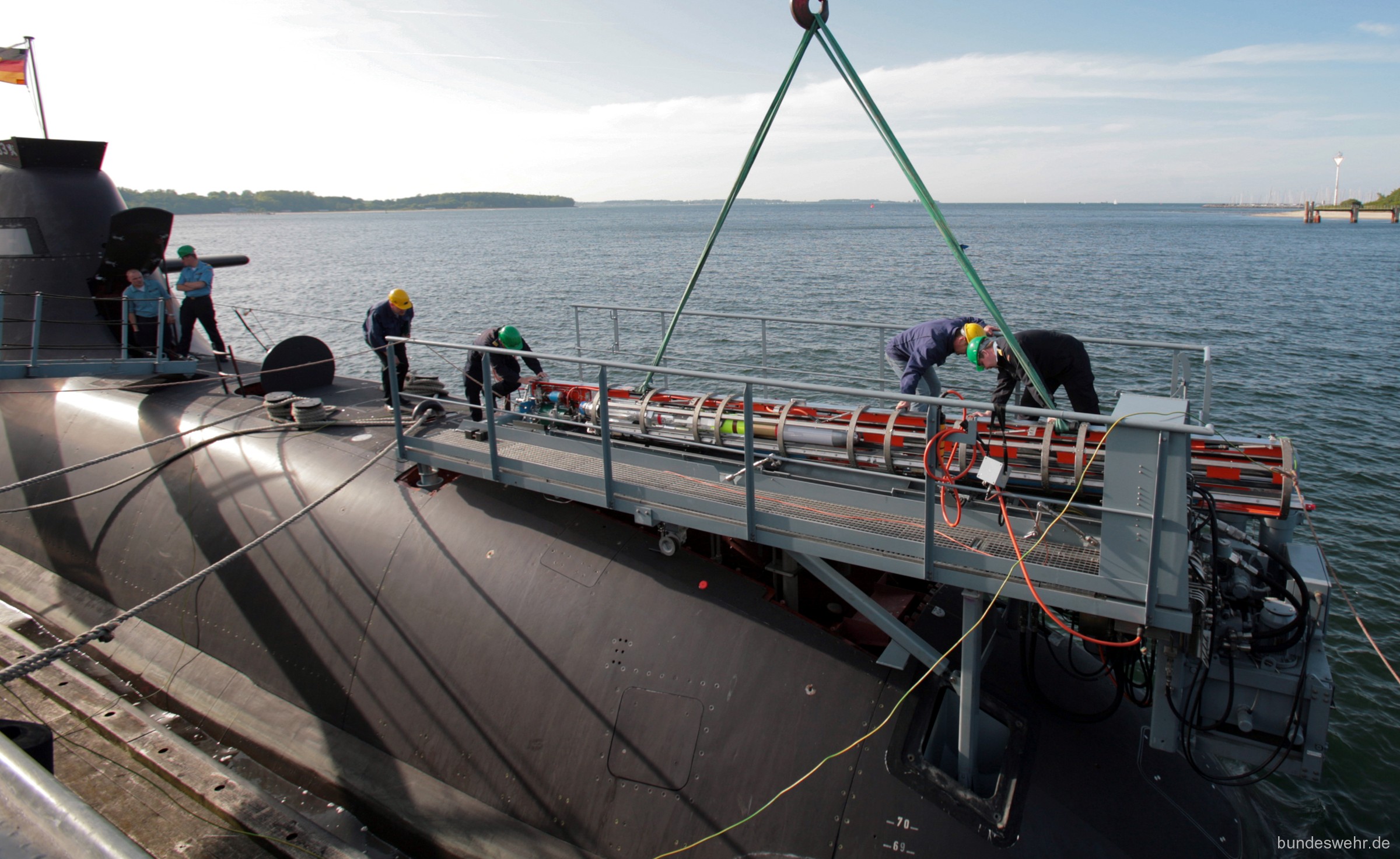 an IDAS Missile was loaded into S 183 FGS U33 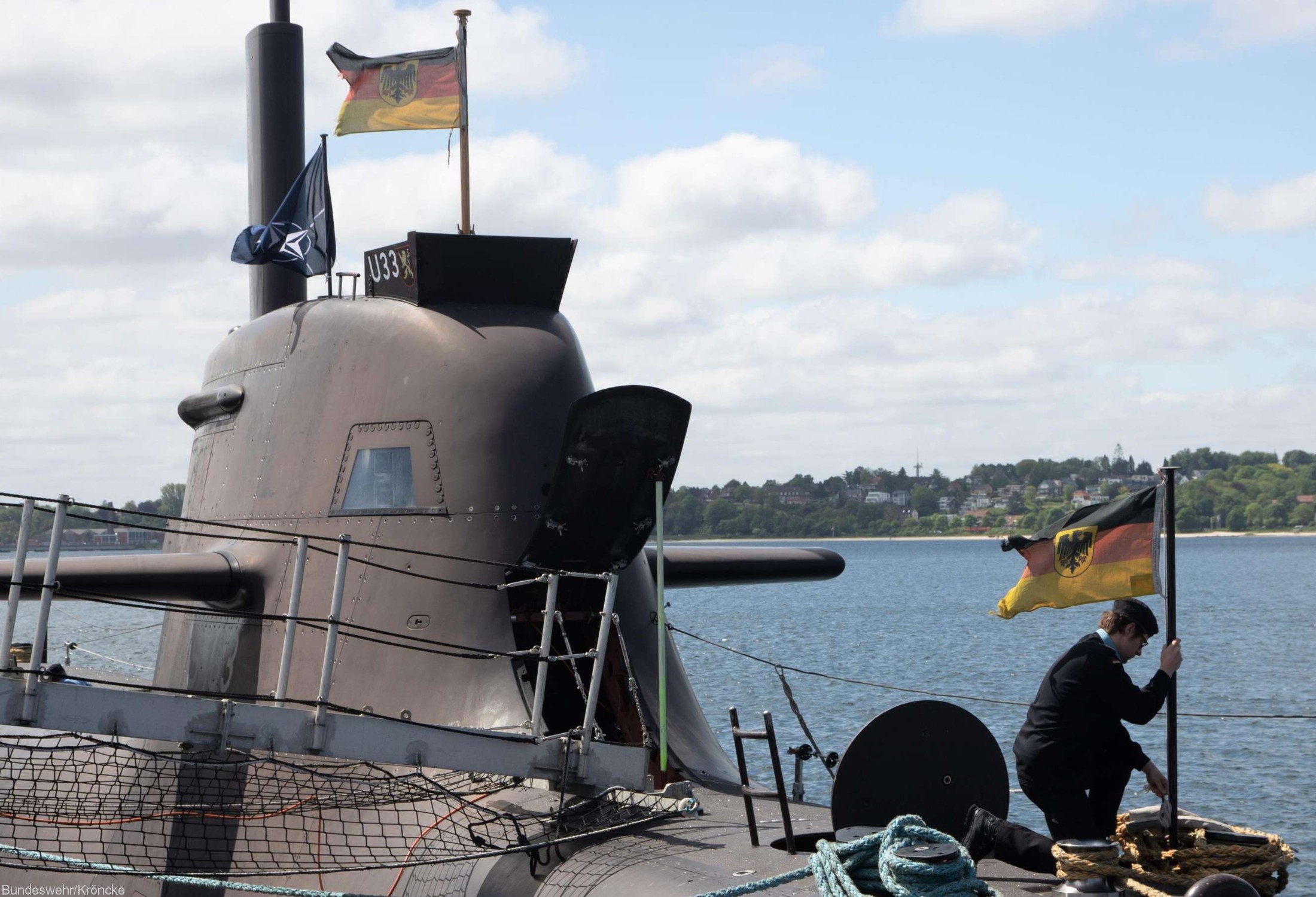 S 183 FGS U33 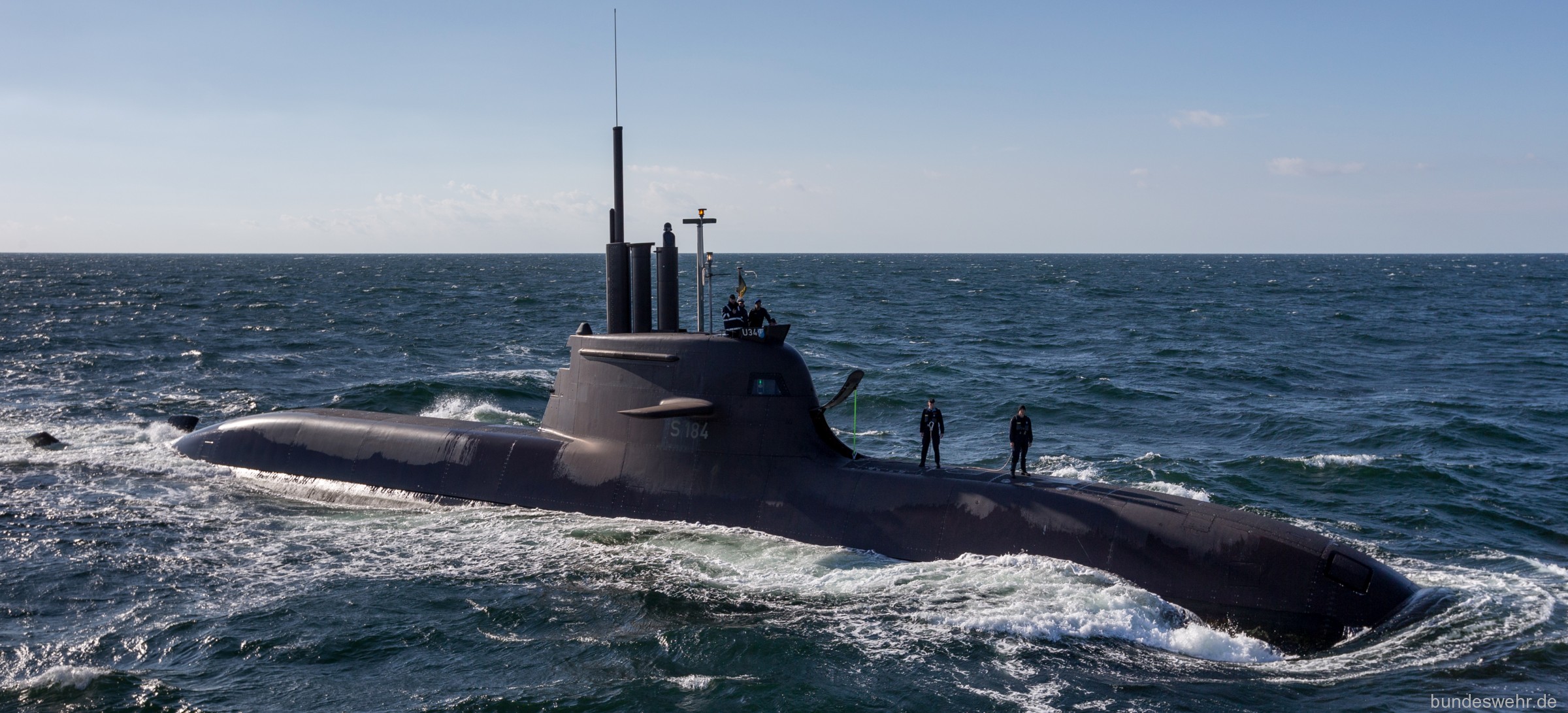 S 184 FGS U34  S 184 FGS U34 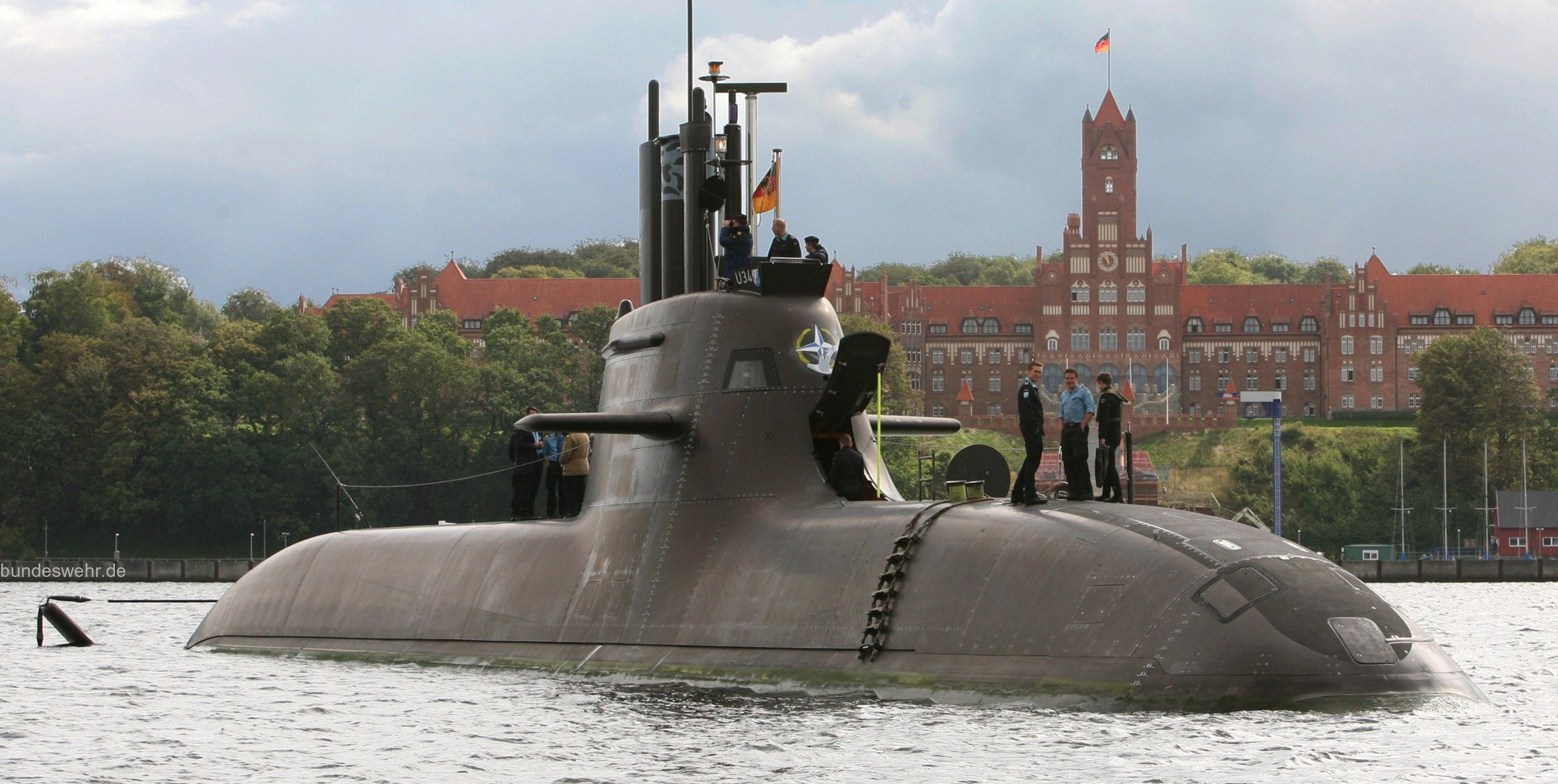 S 184 FGS U34 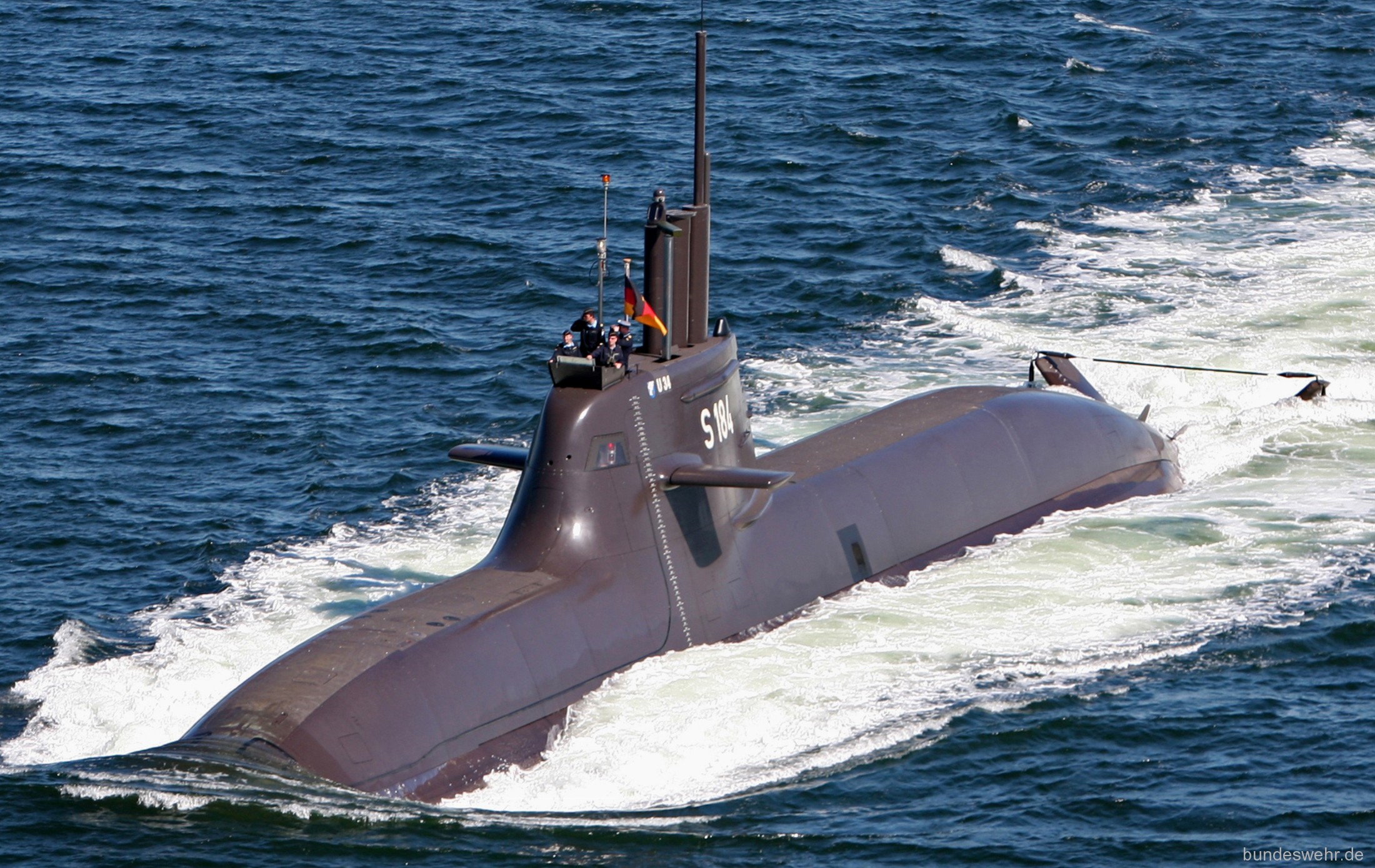 S 184 FGS U34 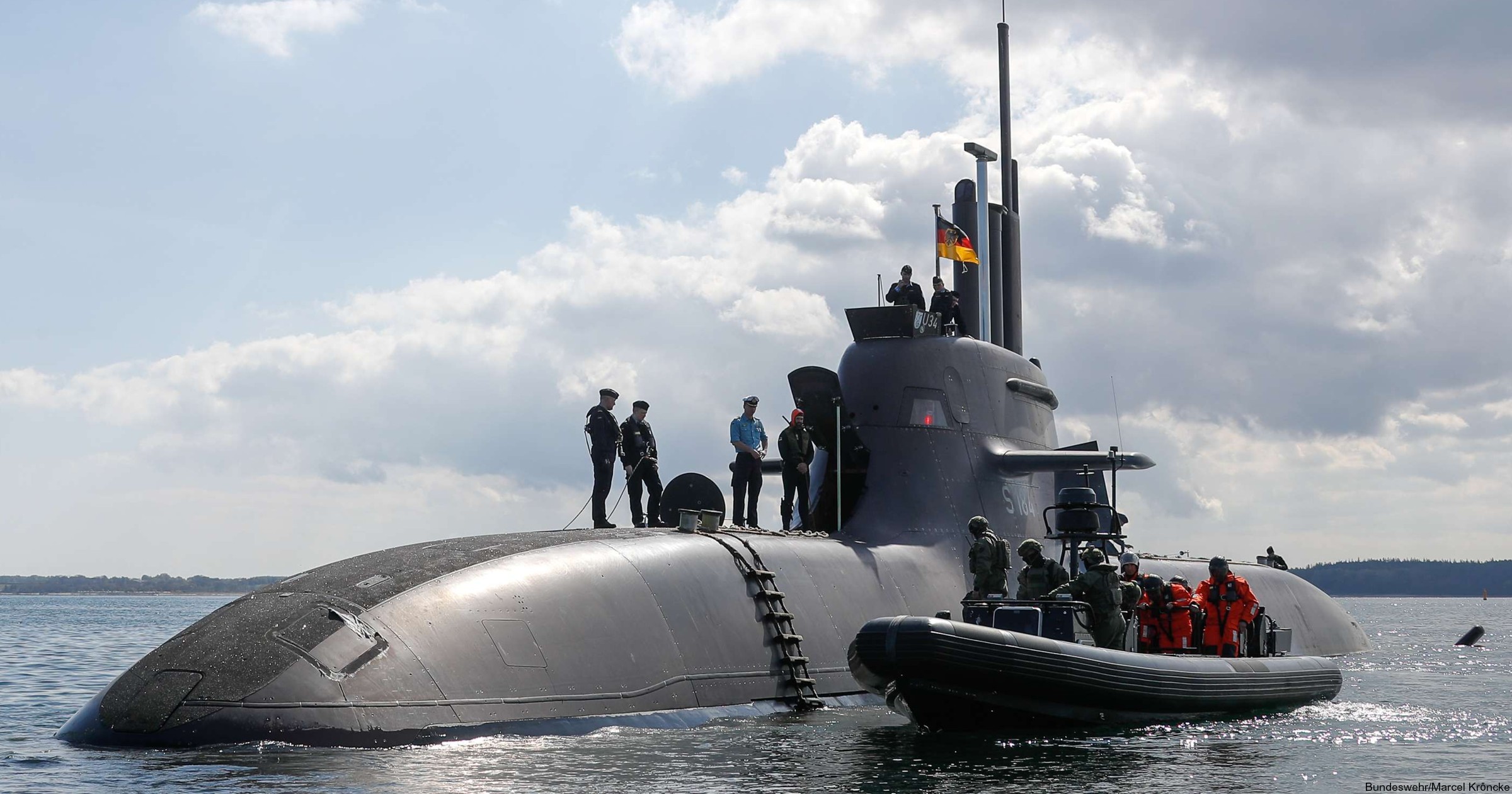 S 184 FGS U34 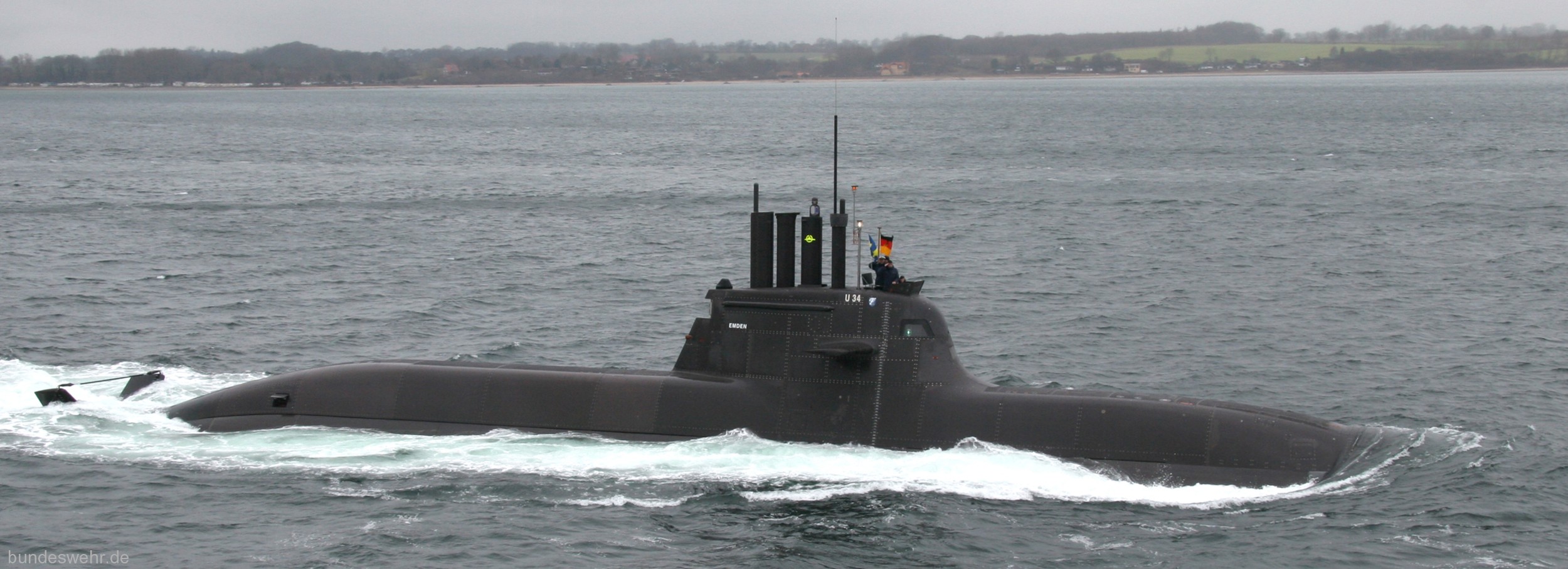 S 184 FGS U34 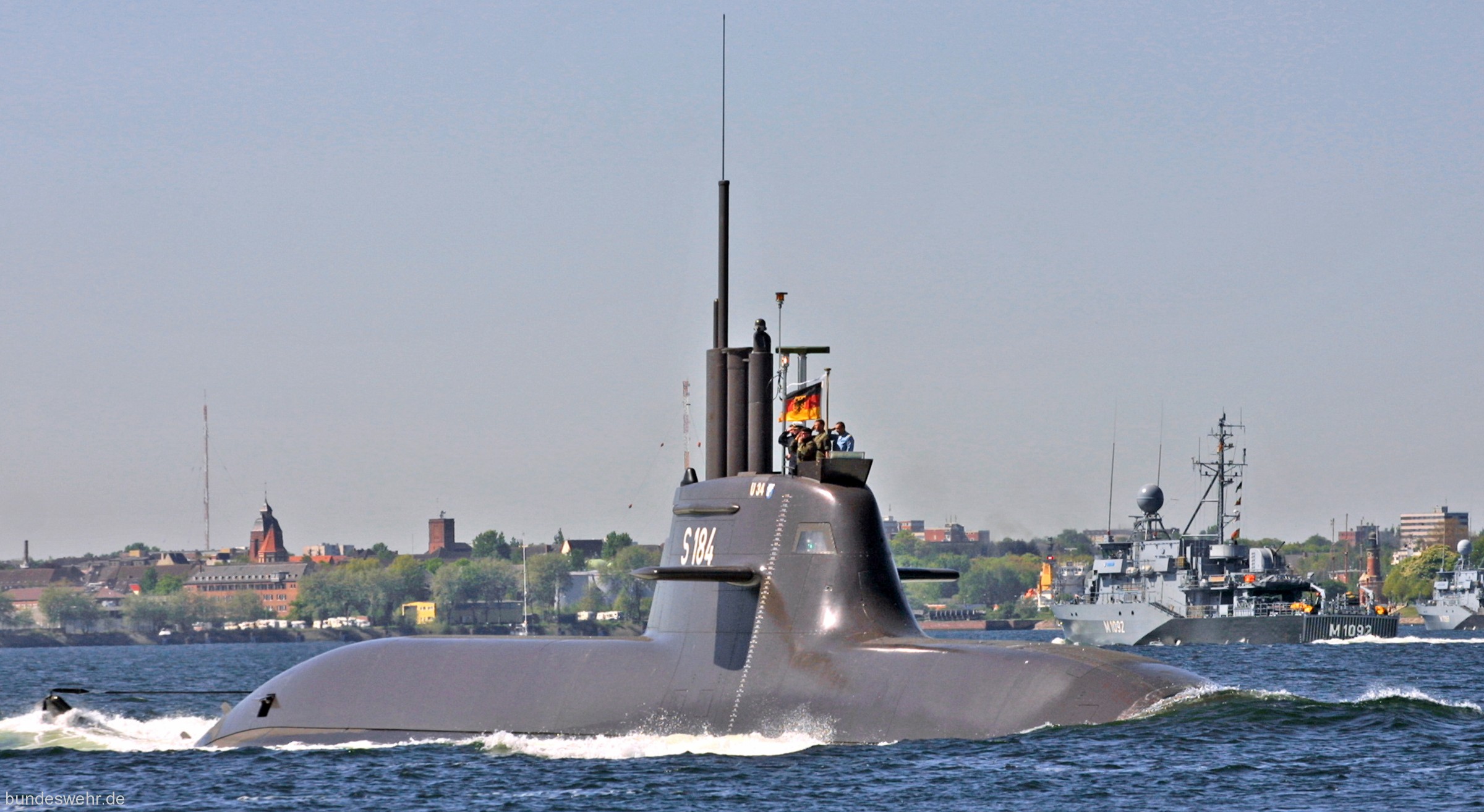 S 184 FGS U34 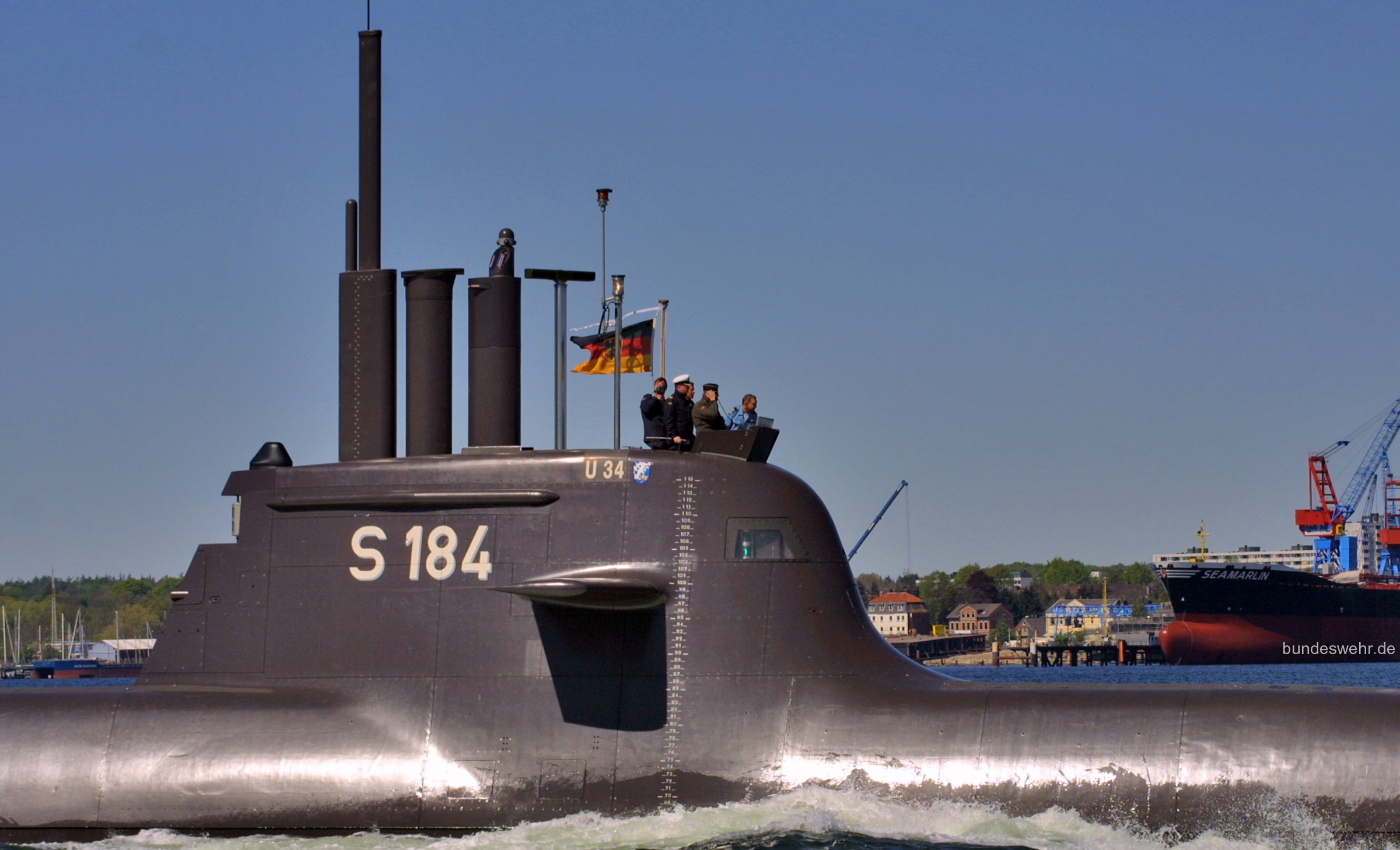 S 184 FGS U34 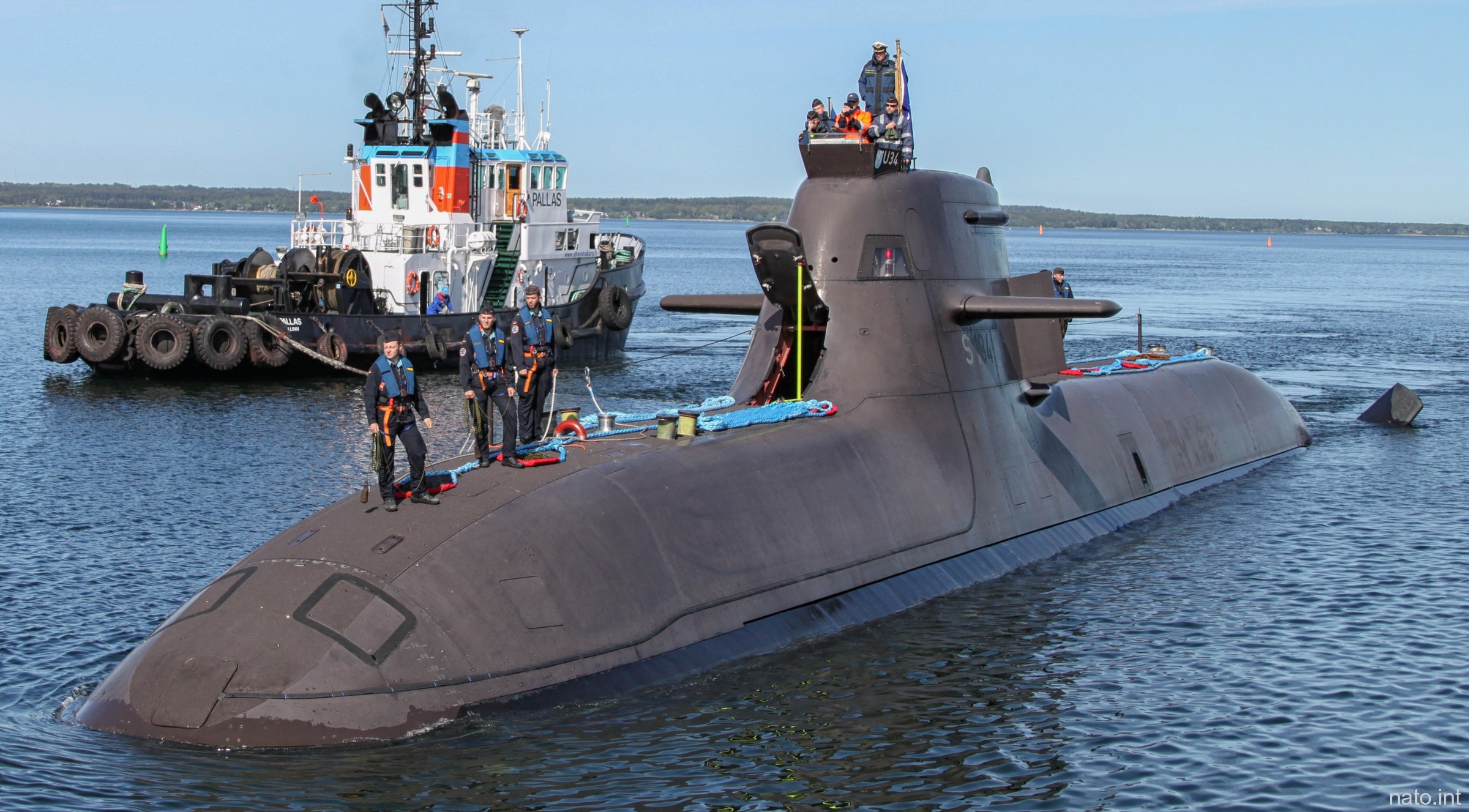 S 184 FGS U34 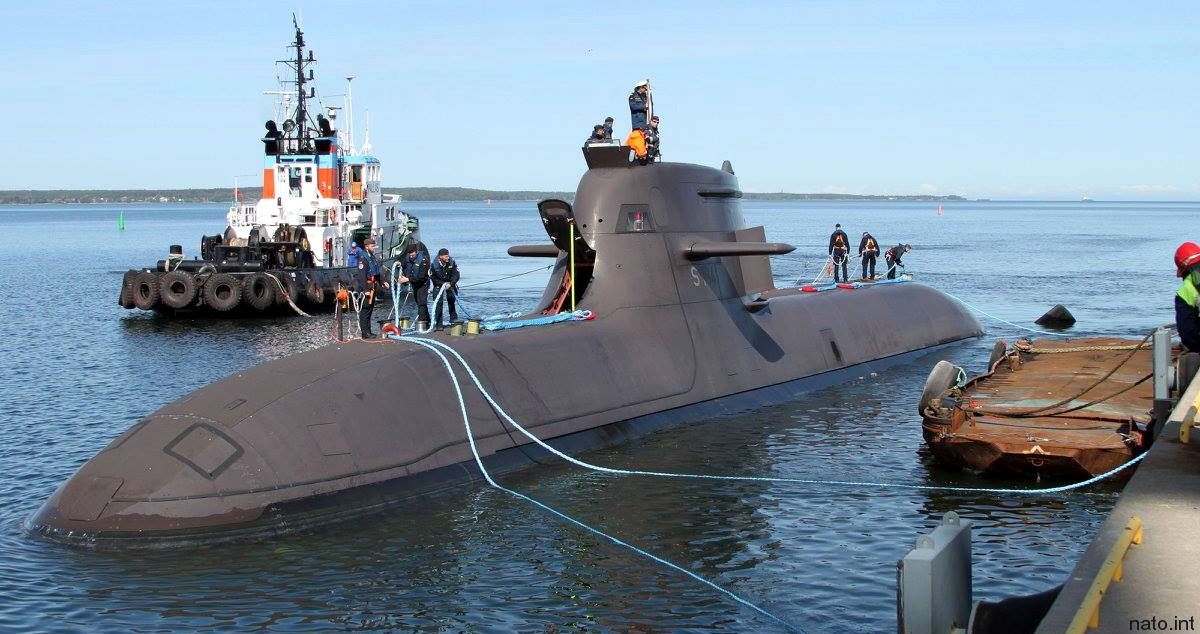 S 184 FGS U34 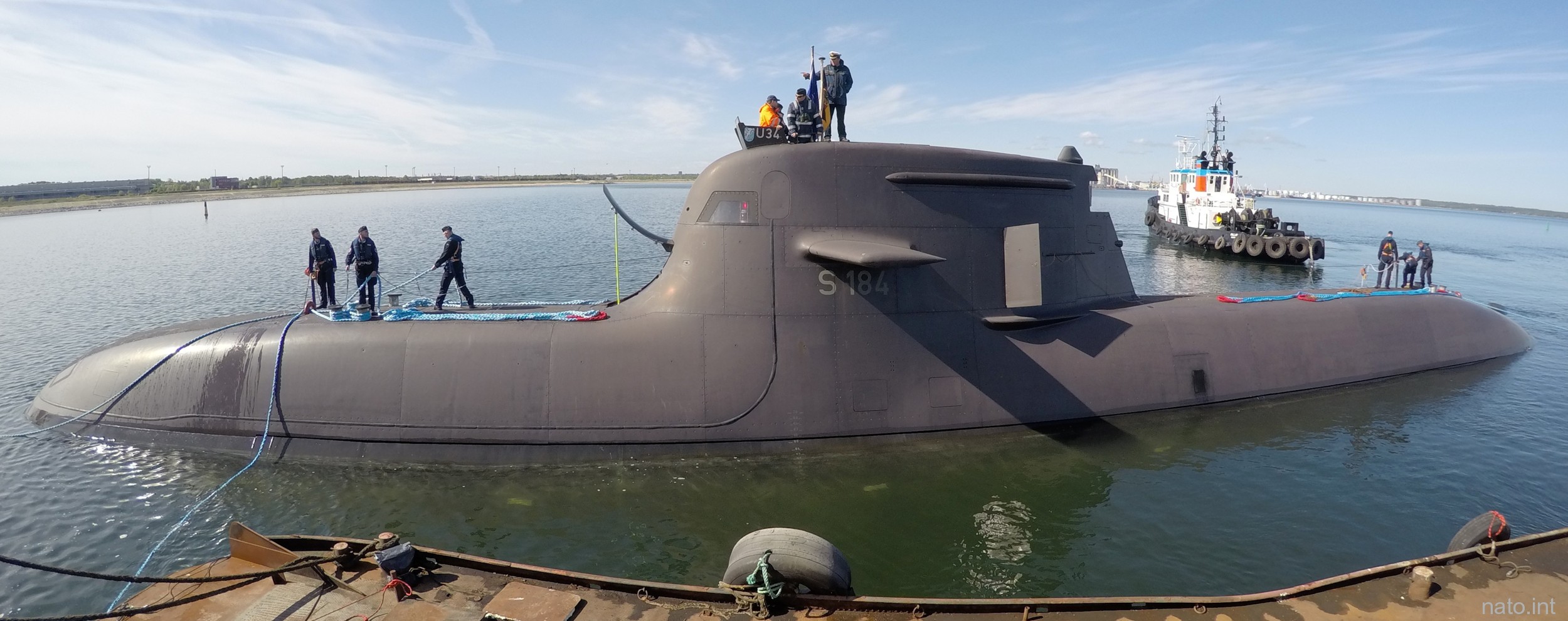 S 184 FGS U34 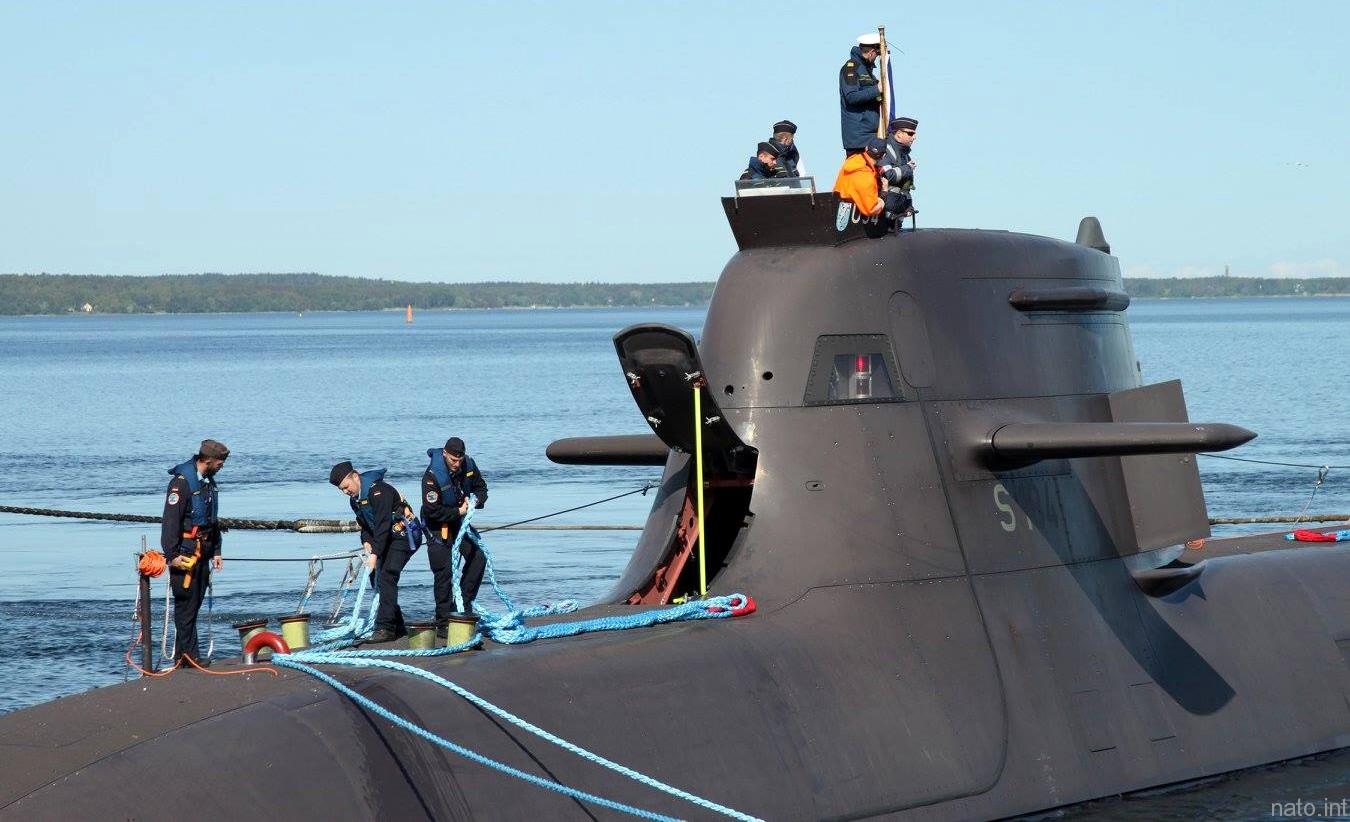 S 184 FGS U34 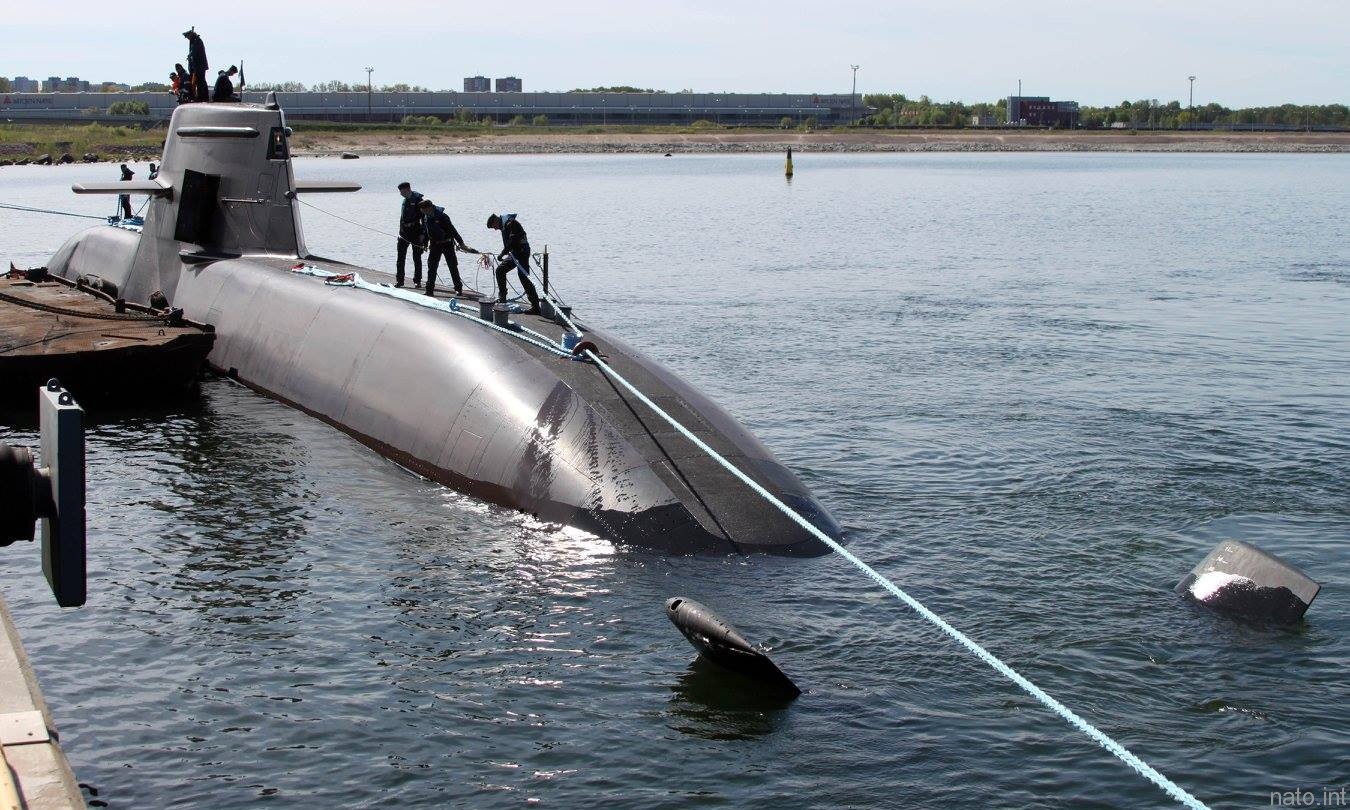 S 184 FGS U34 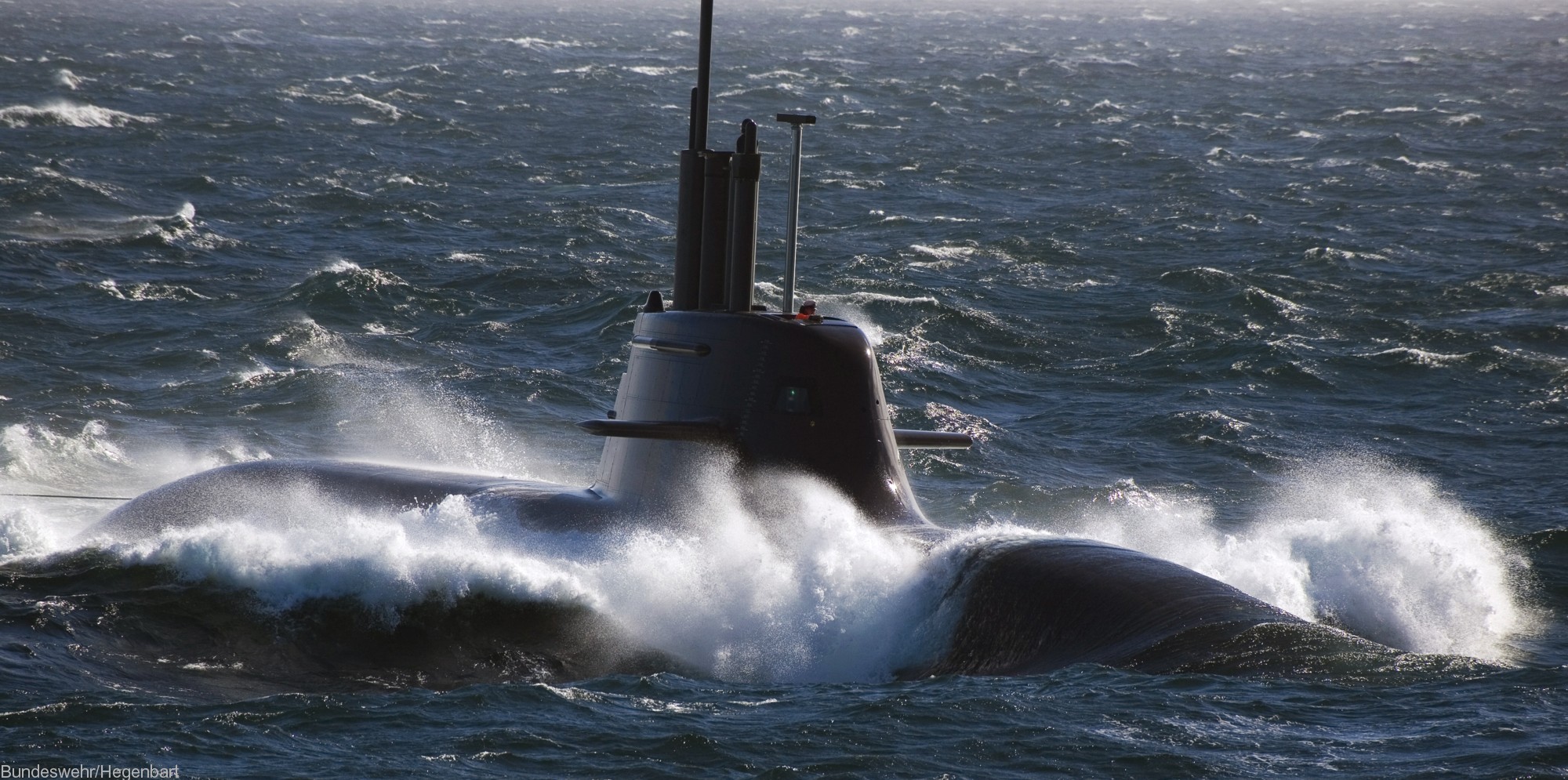 S 184 FGS U34  S 184 FGS U34 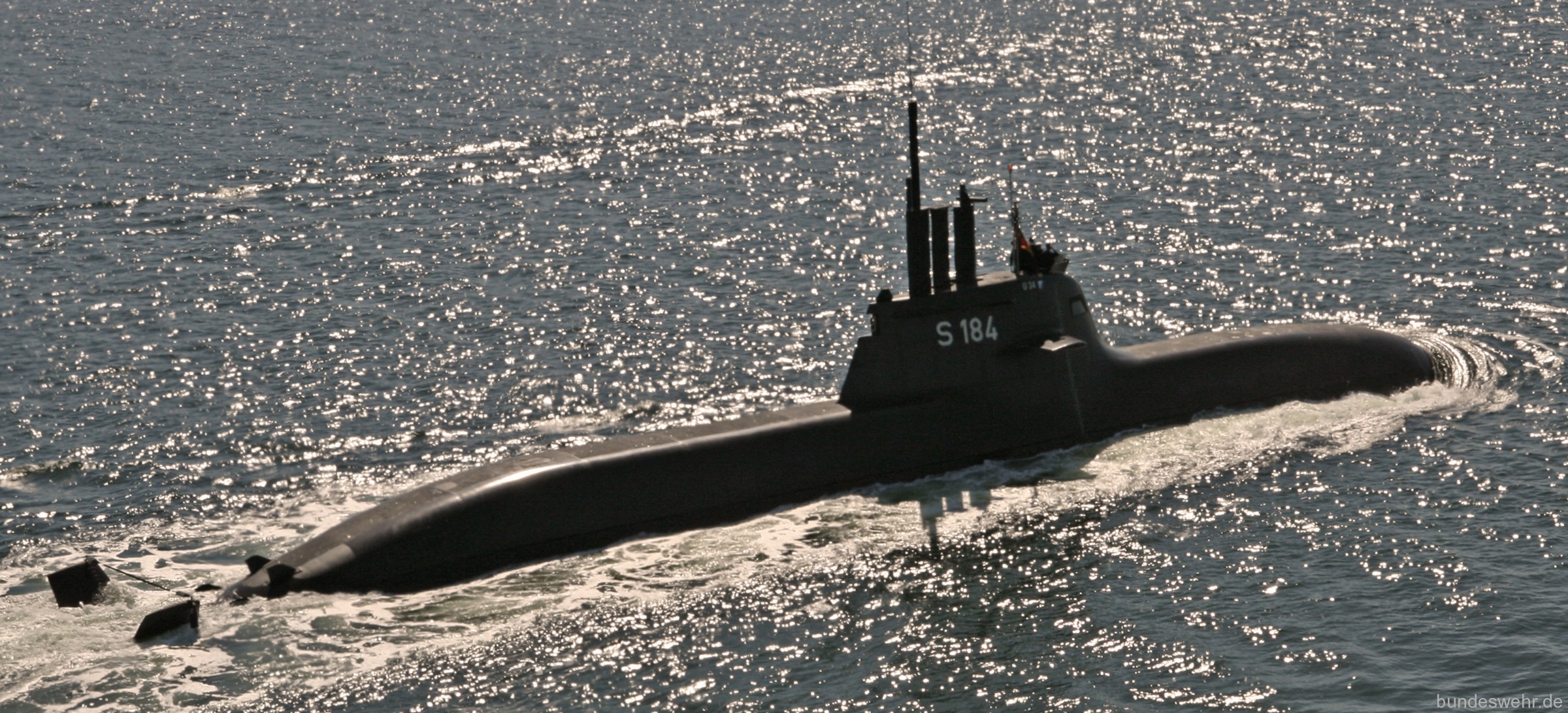 S 184 FGS U34 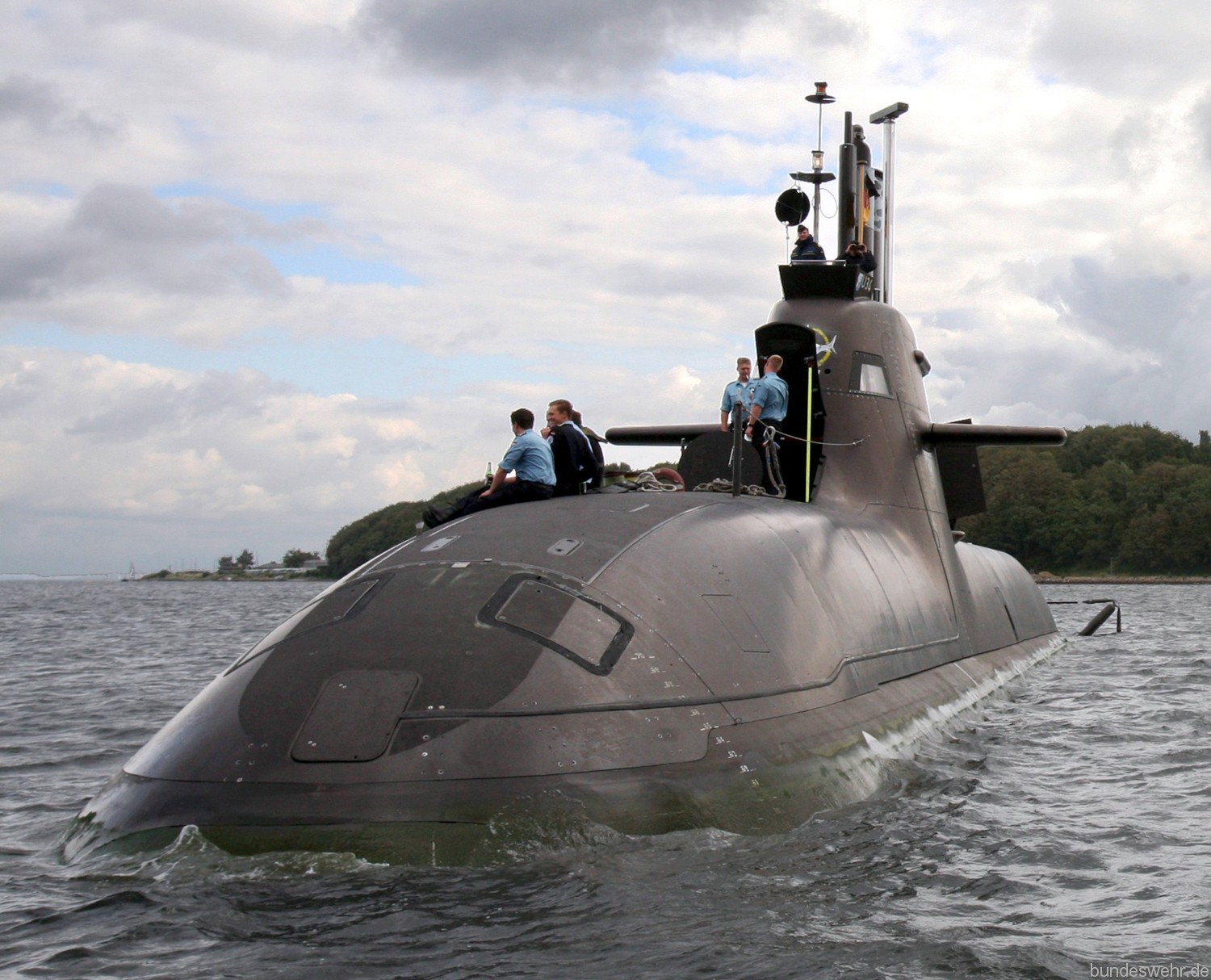 S 184 FGS U34 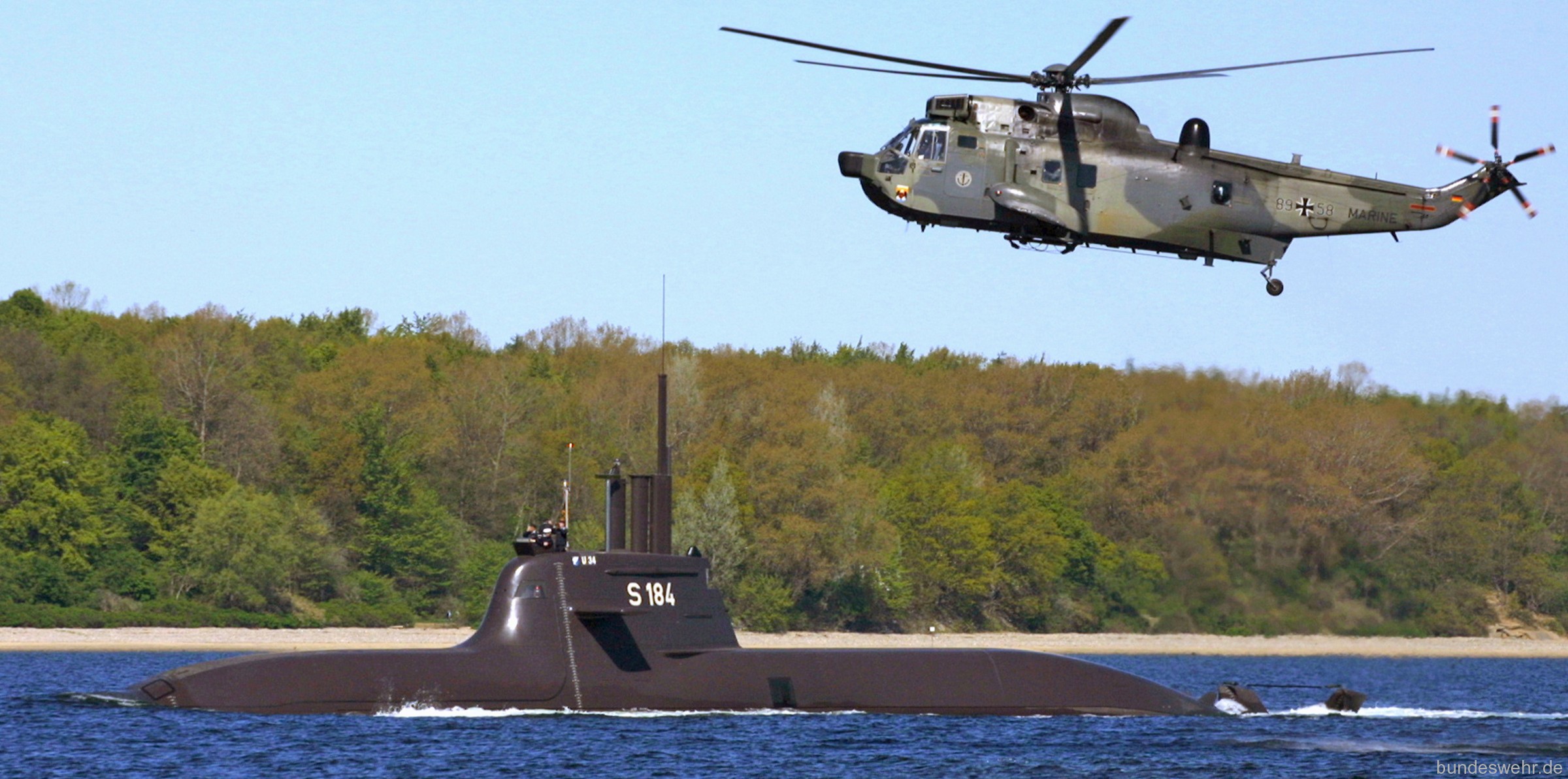 S 184 FGS U34 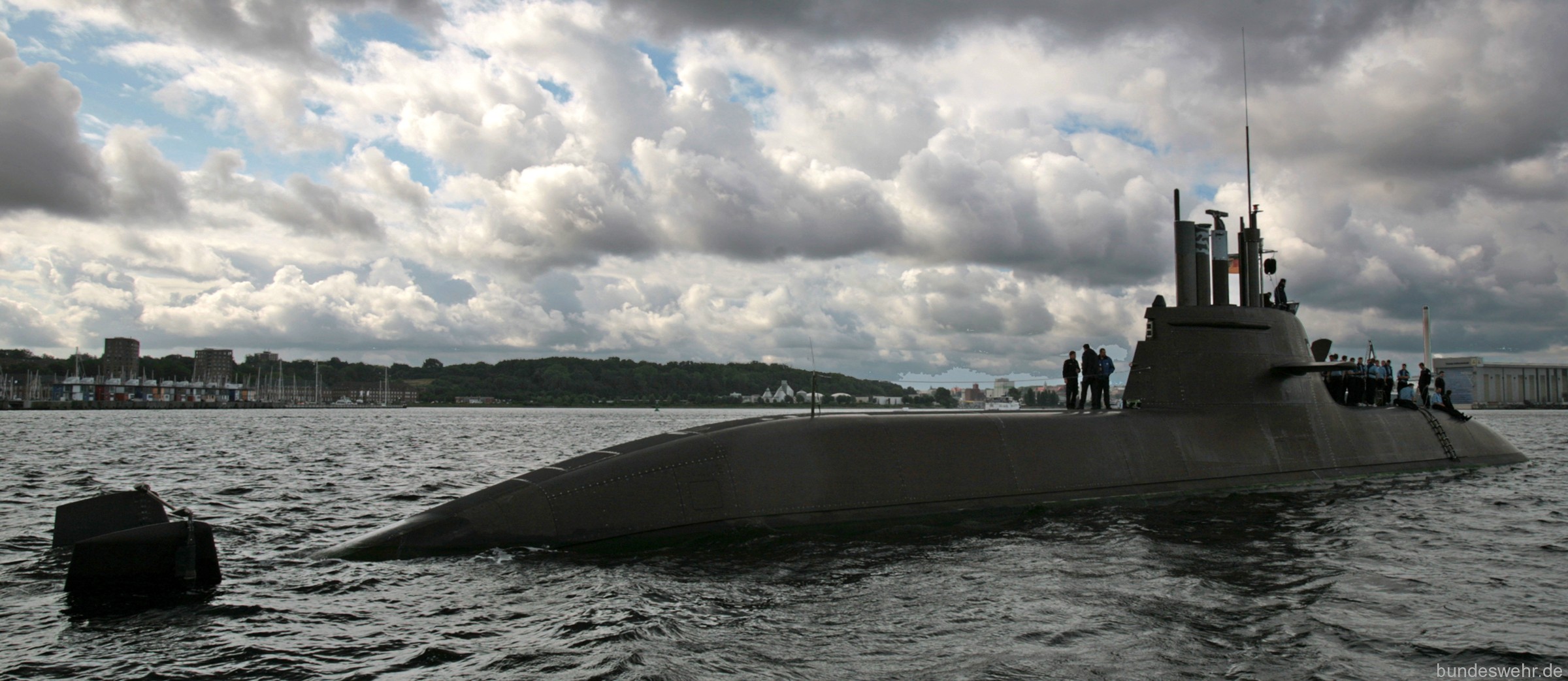 S 184 FGS U34 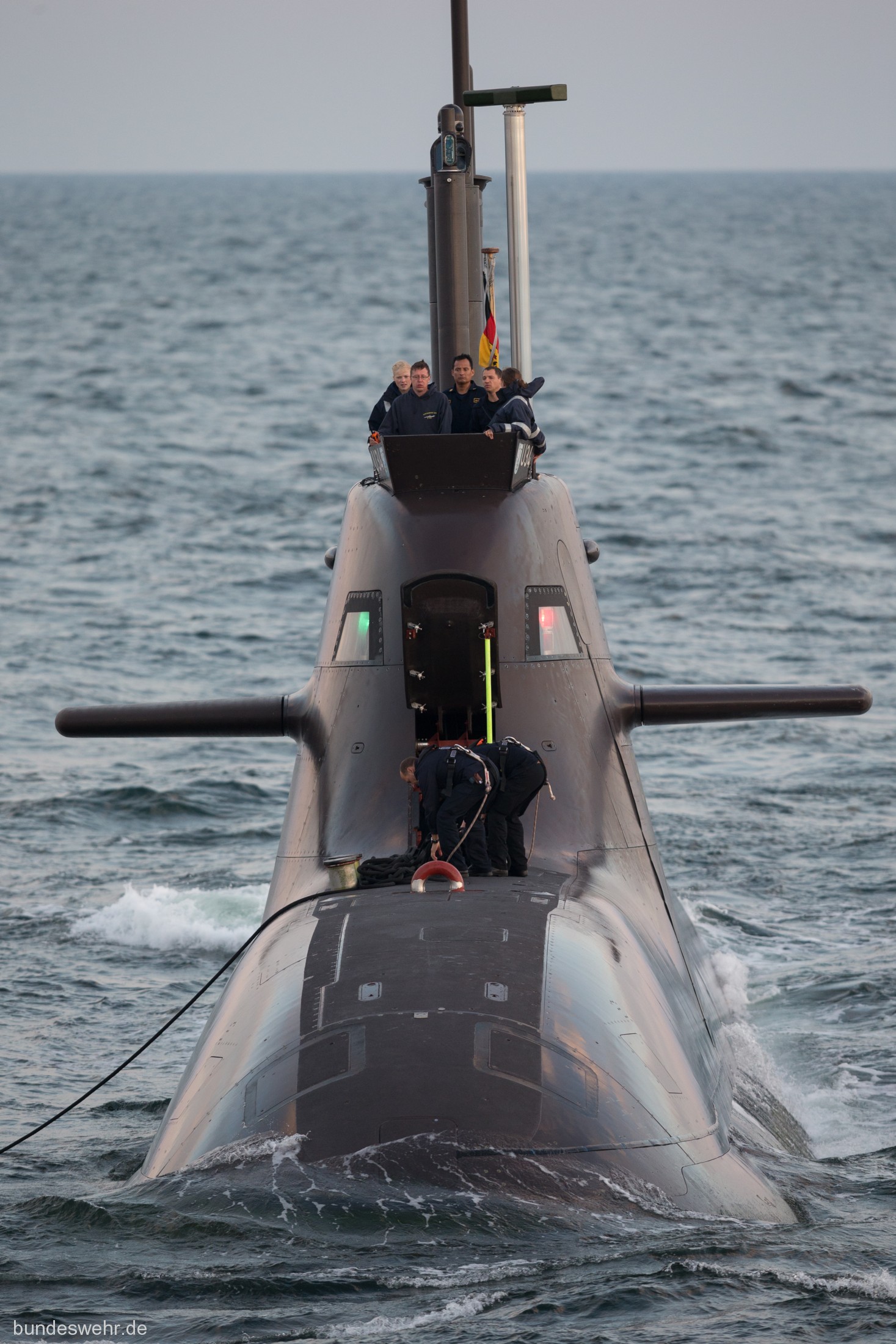 S 184 FGS U34 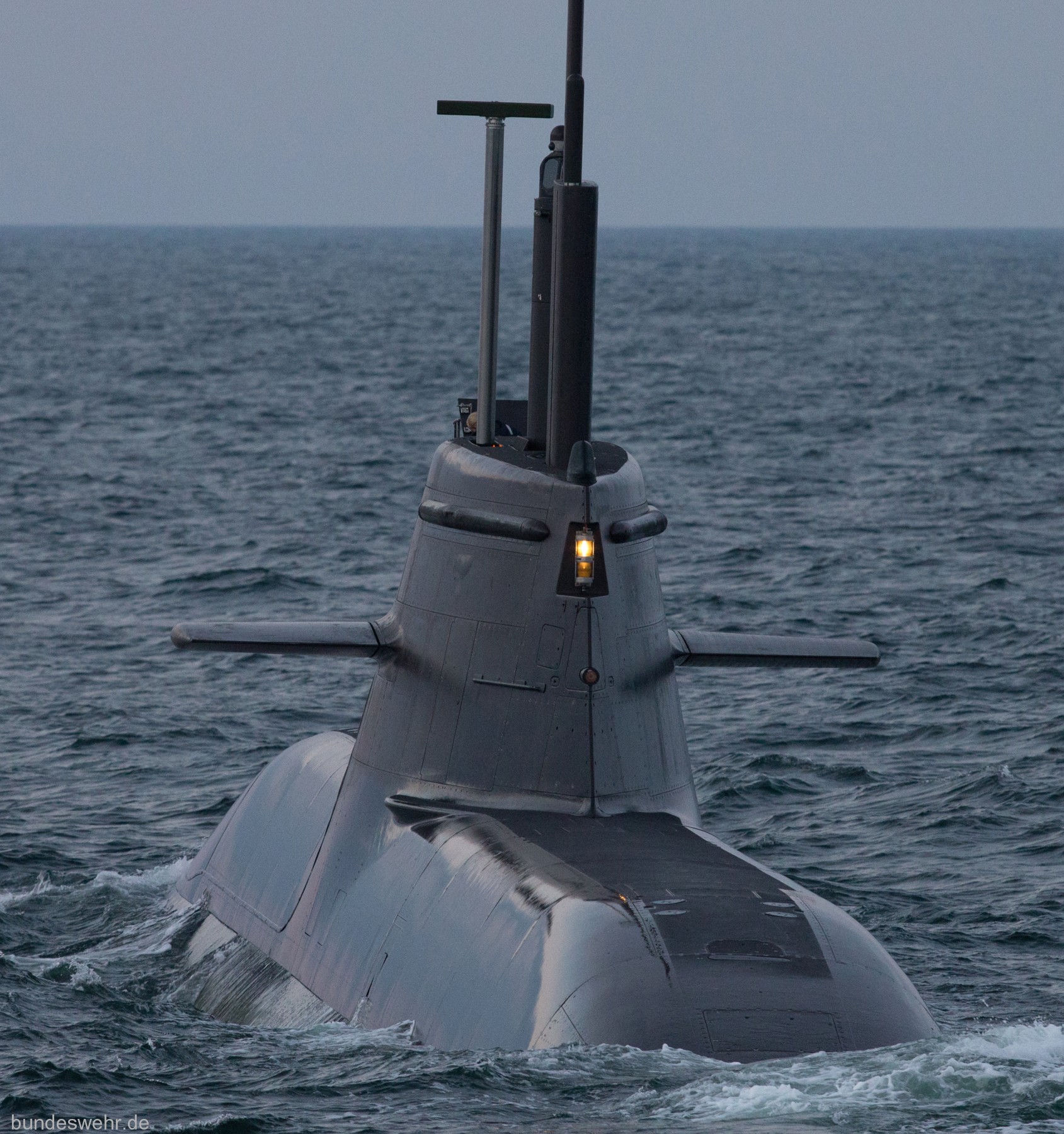 S 184 FGS U34 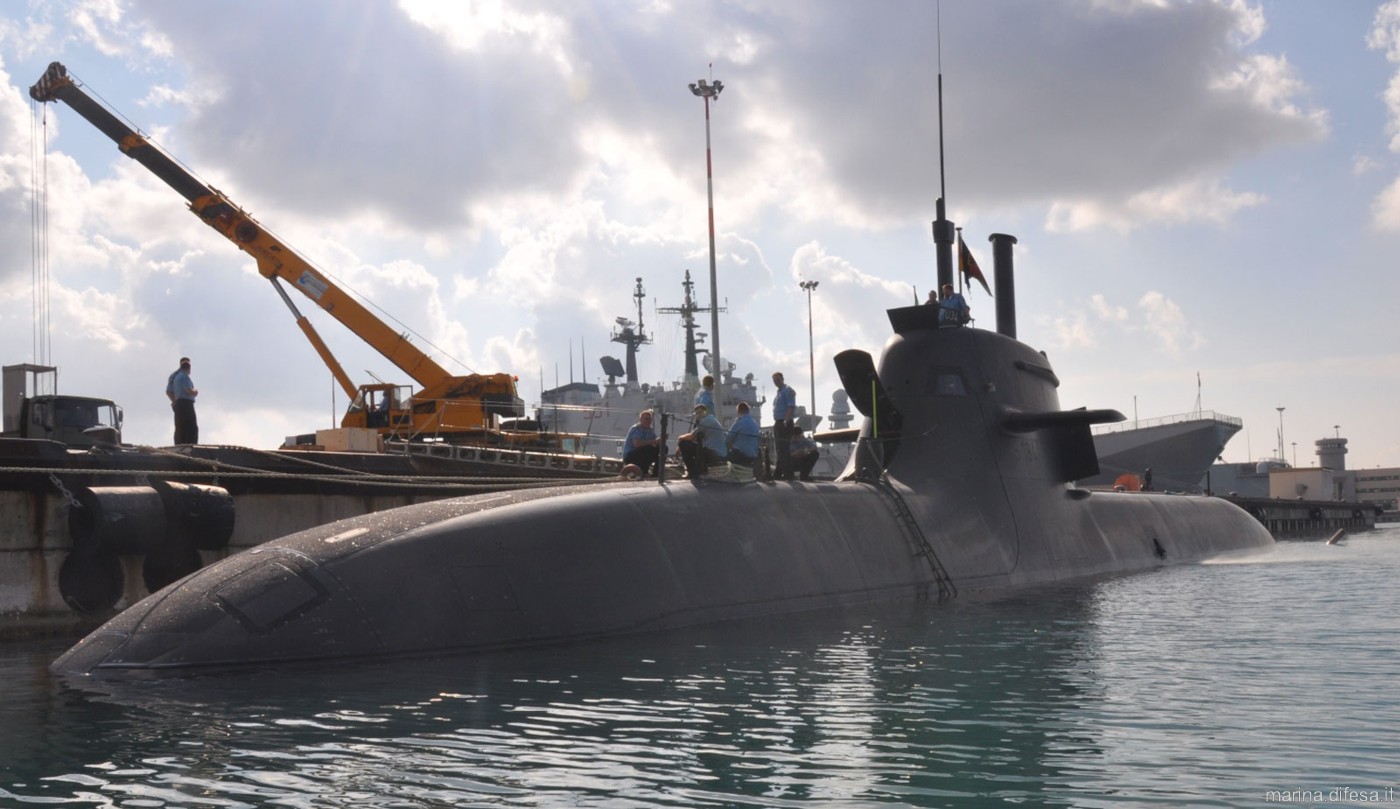 S 184 FGS U34 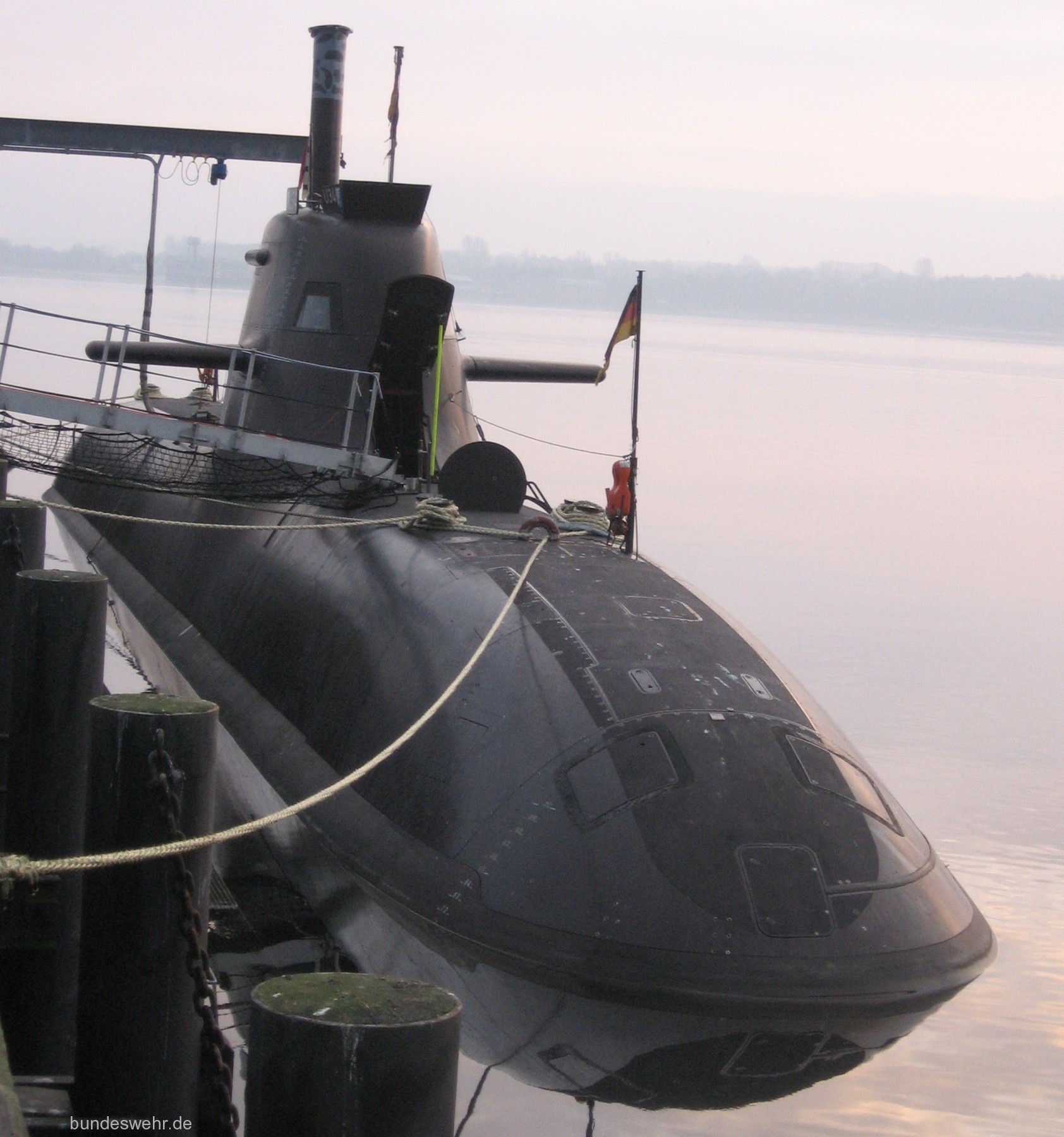 S 184 FGS U34 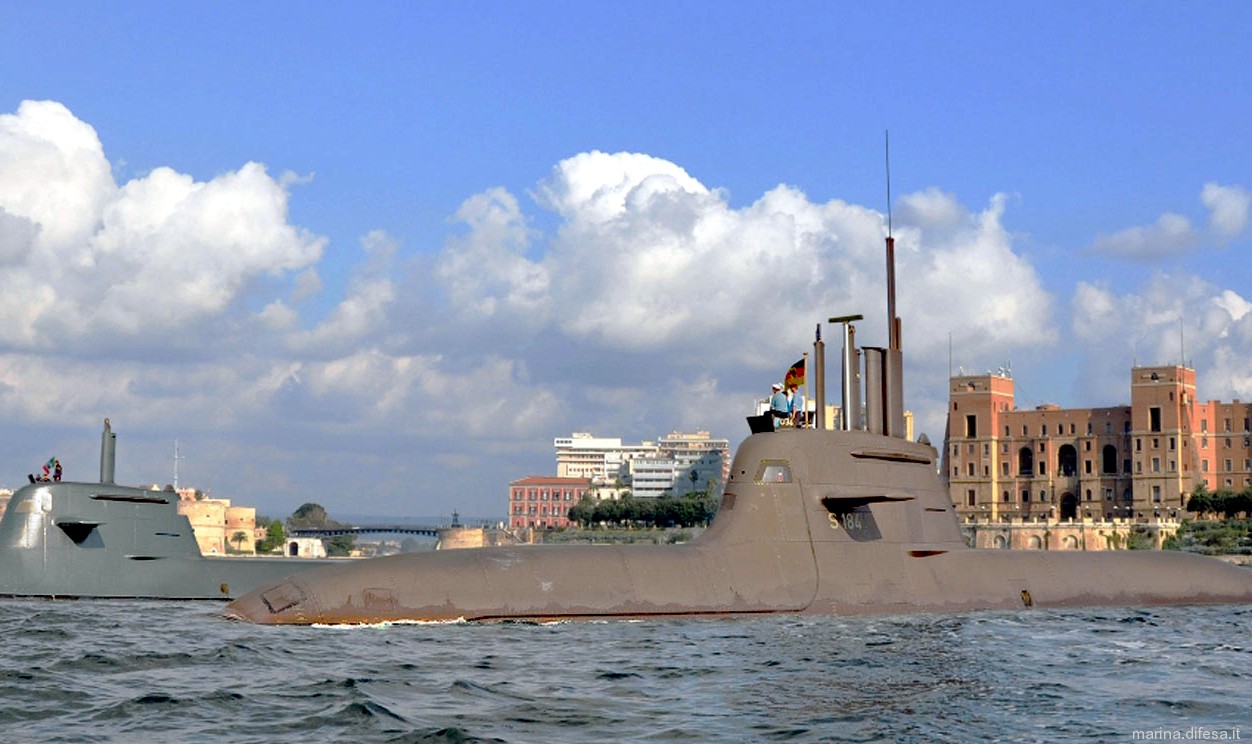 S 184 FGS U34 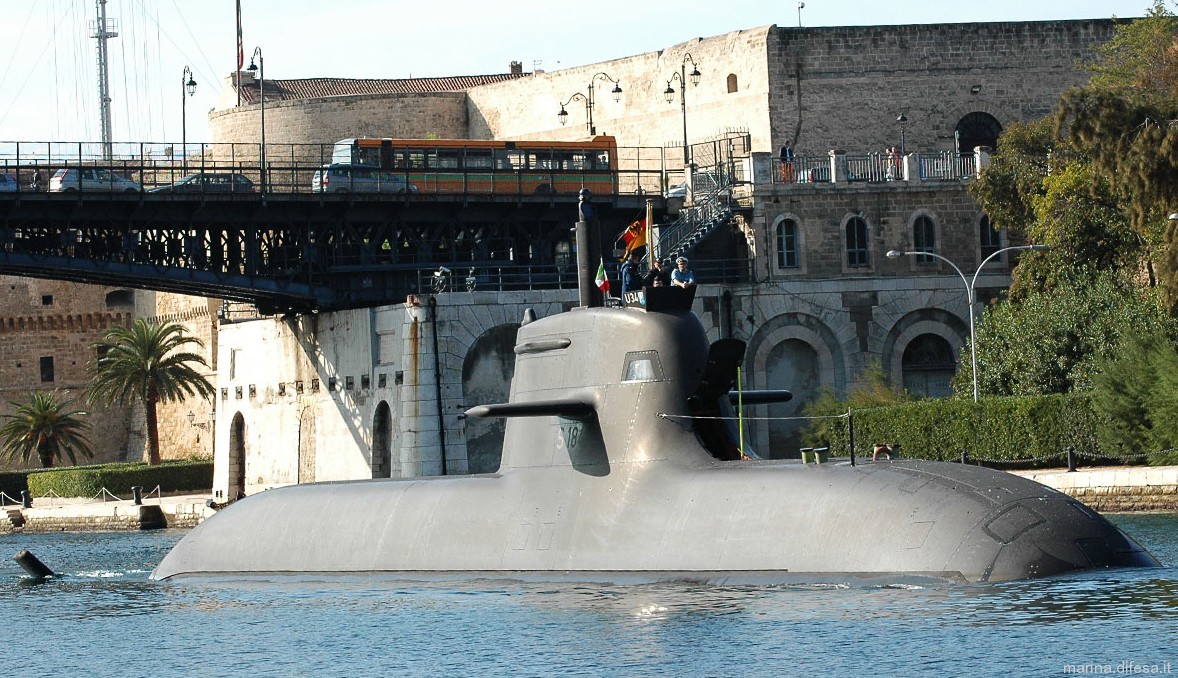 S 184 FGS U34 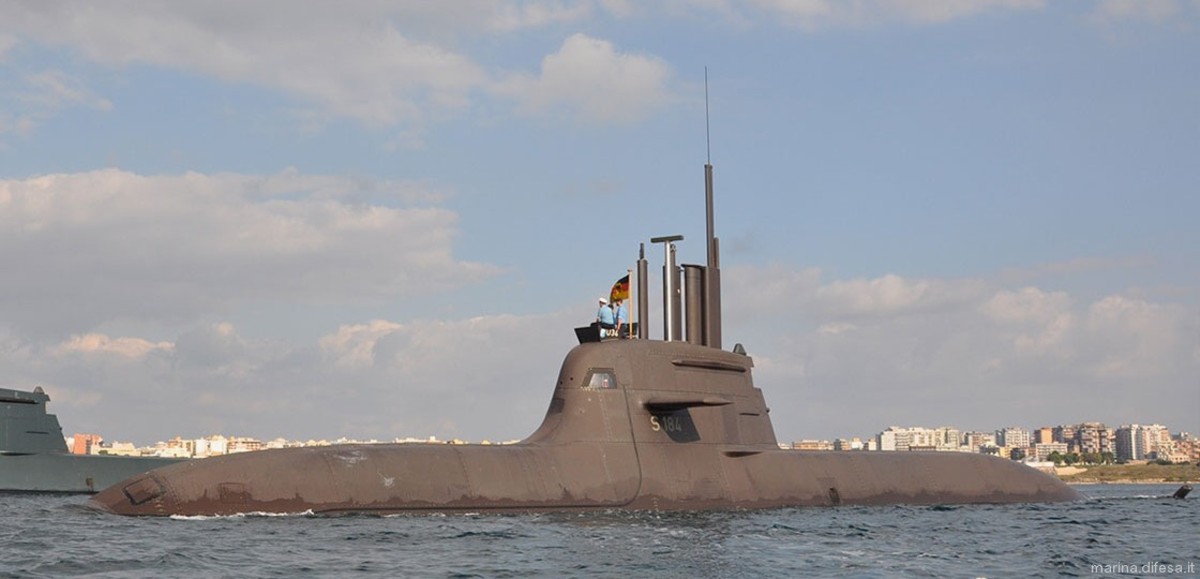 S 184 FGS U34 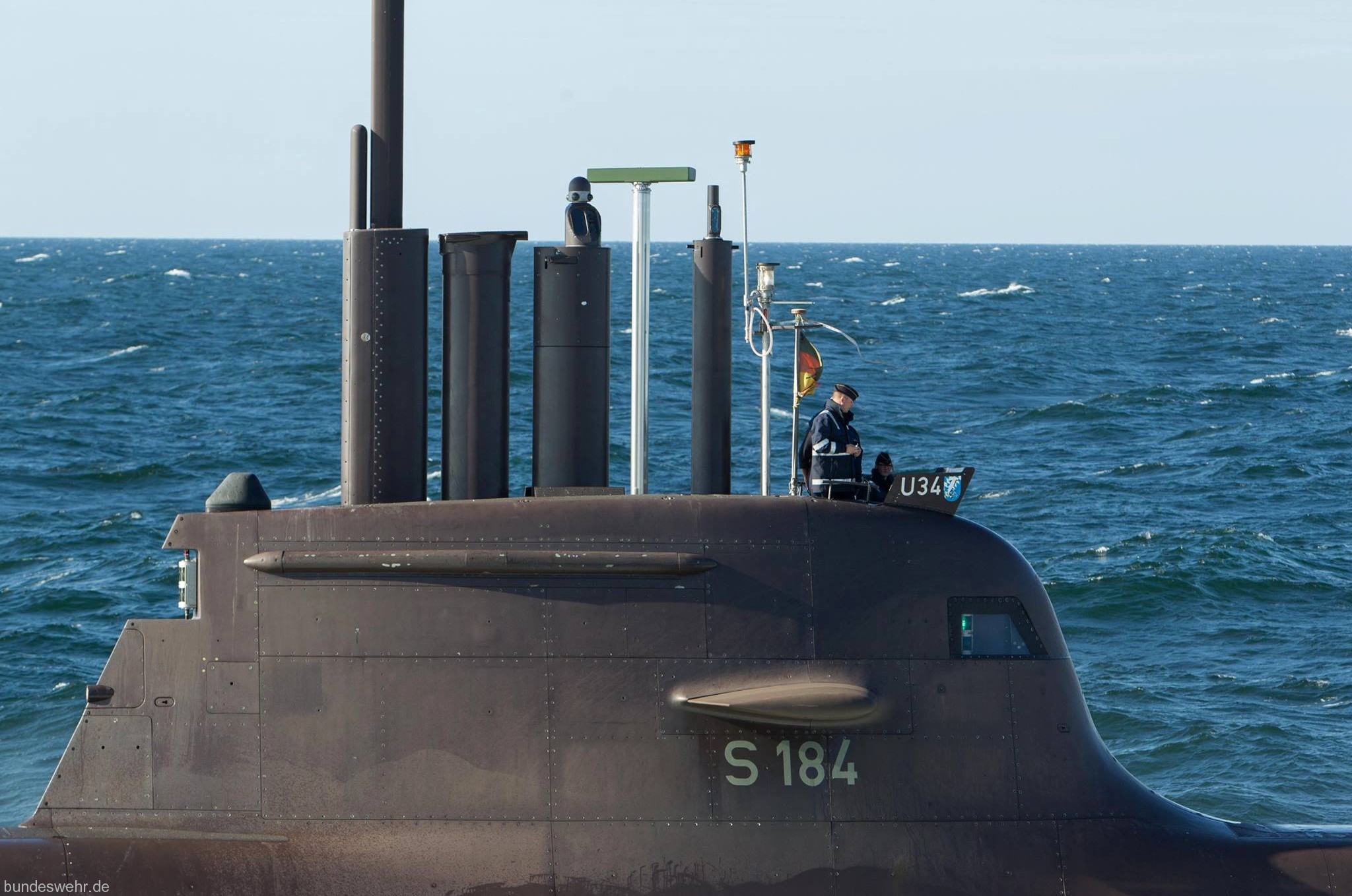 S 184 FGS U34 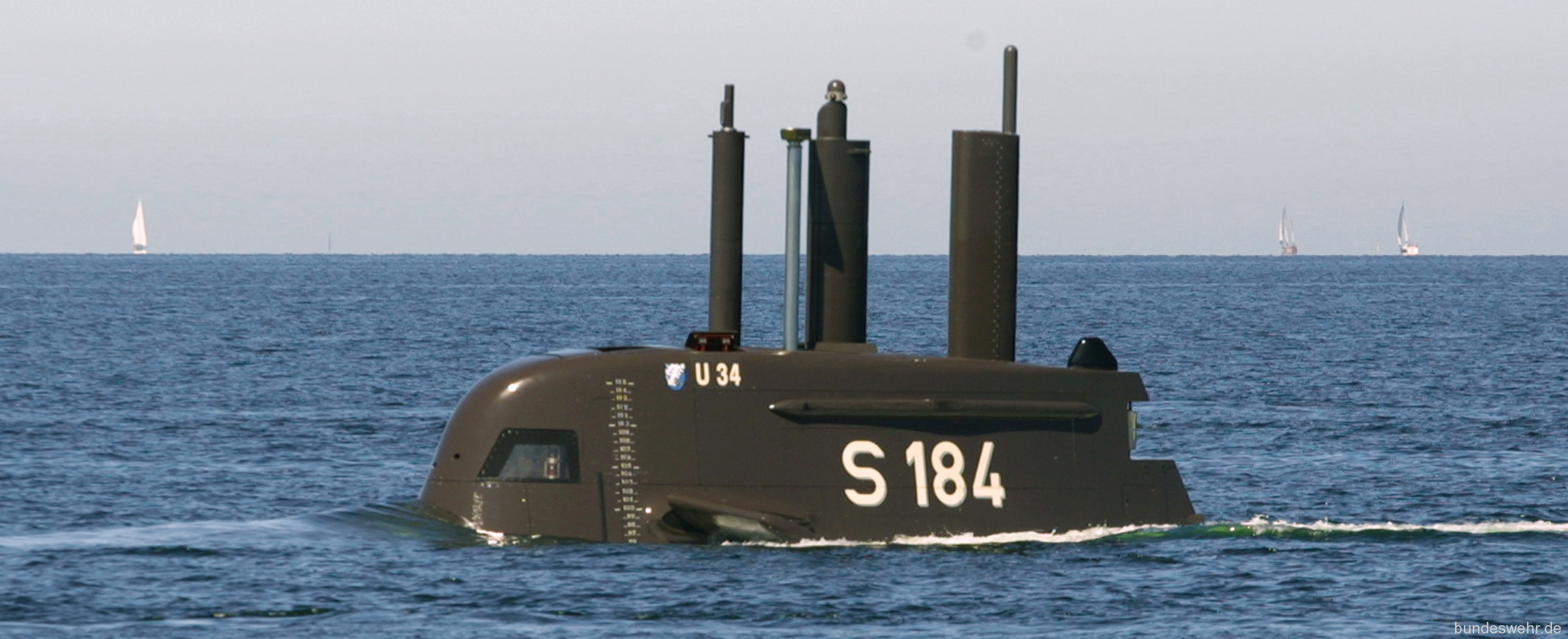 S 184 FGS U34  S 185 FGS U35 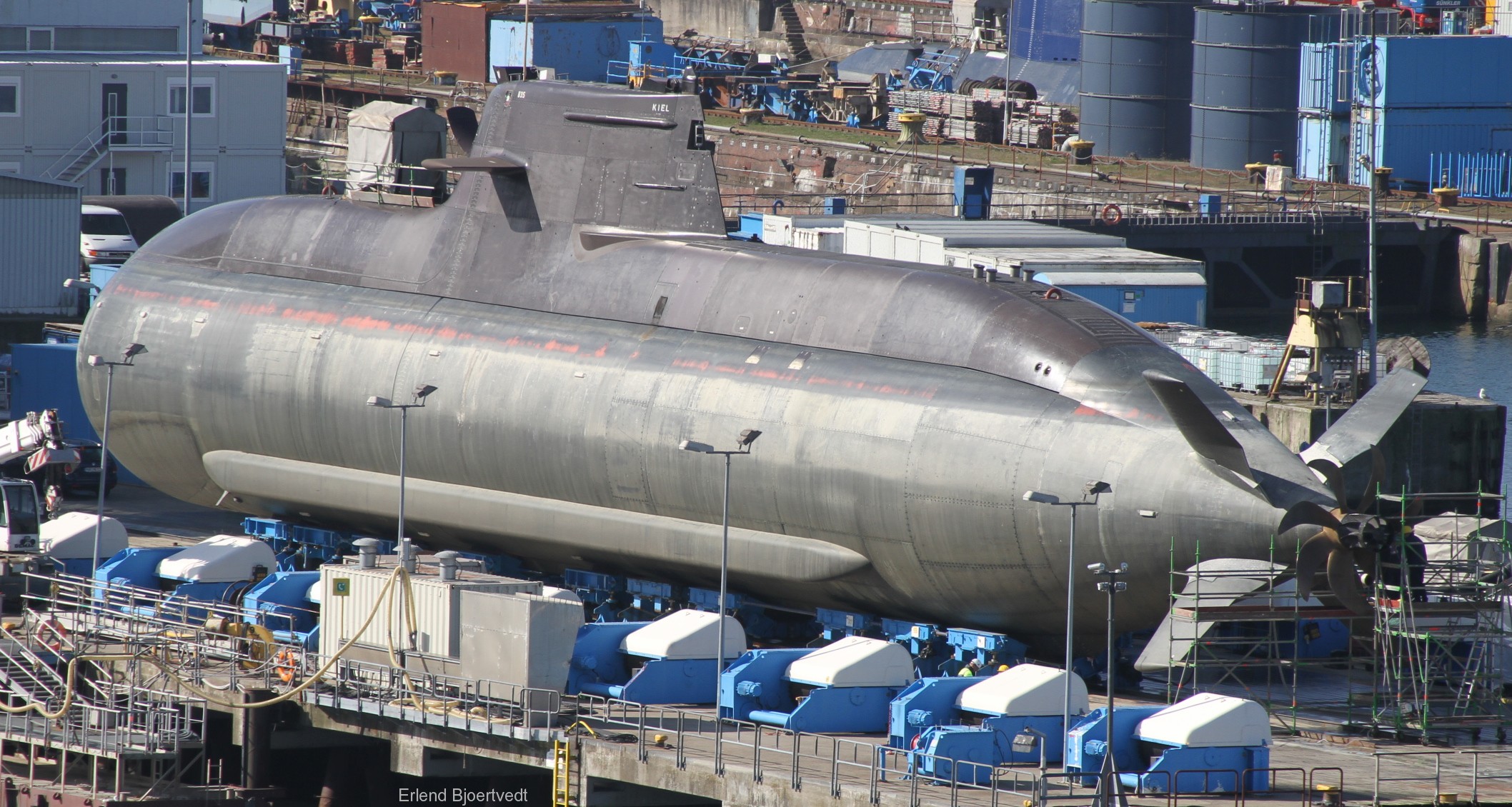 S 185 FGS U35 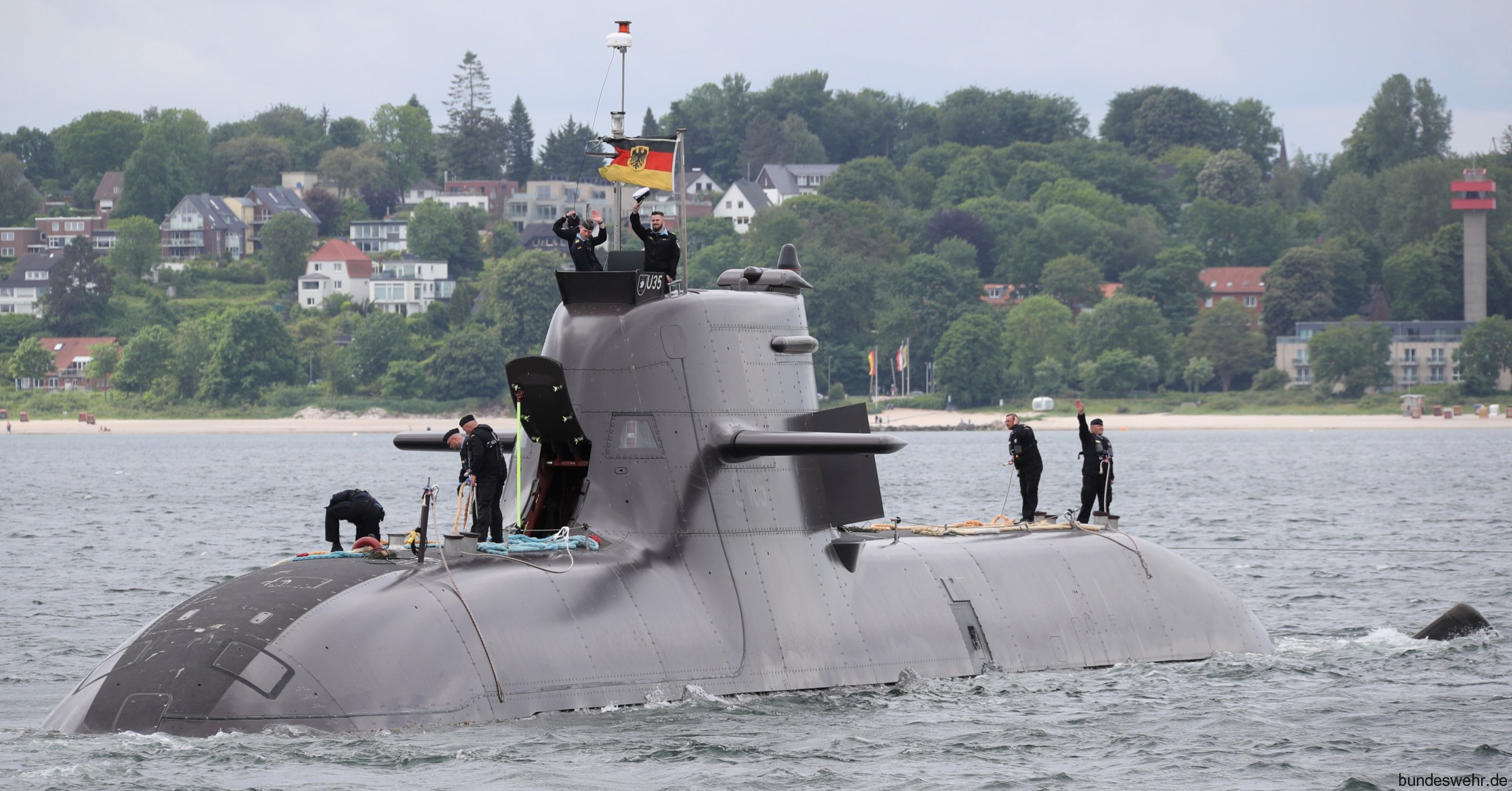 S 185 FGS U35 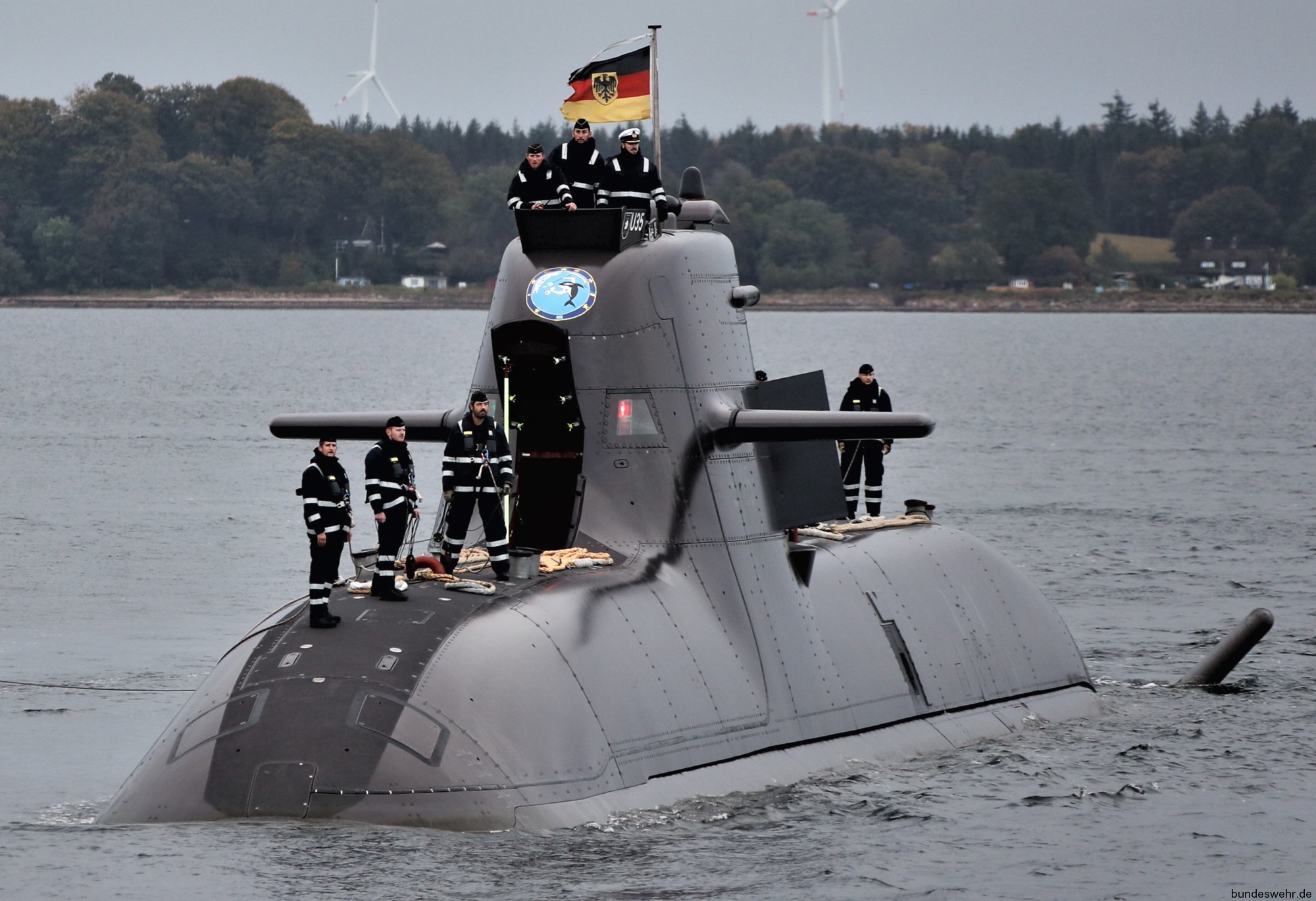 S 185 FGS U35 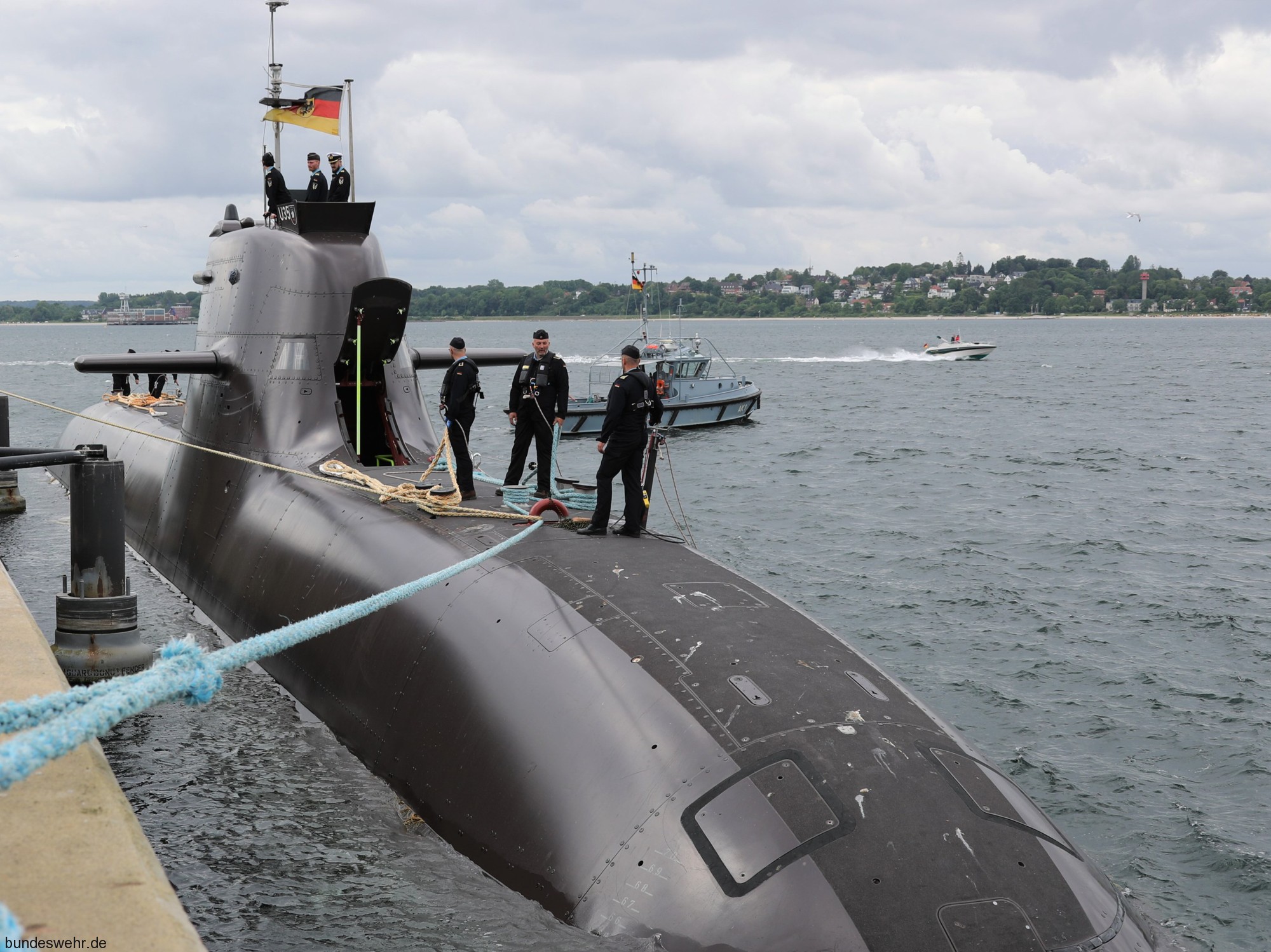 S 185 FGS U35 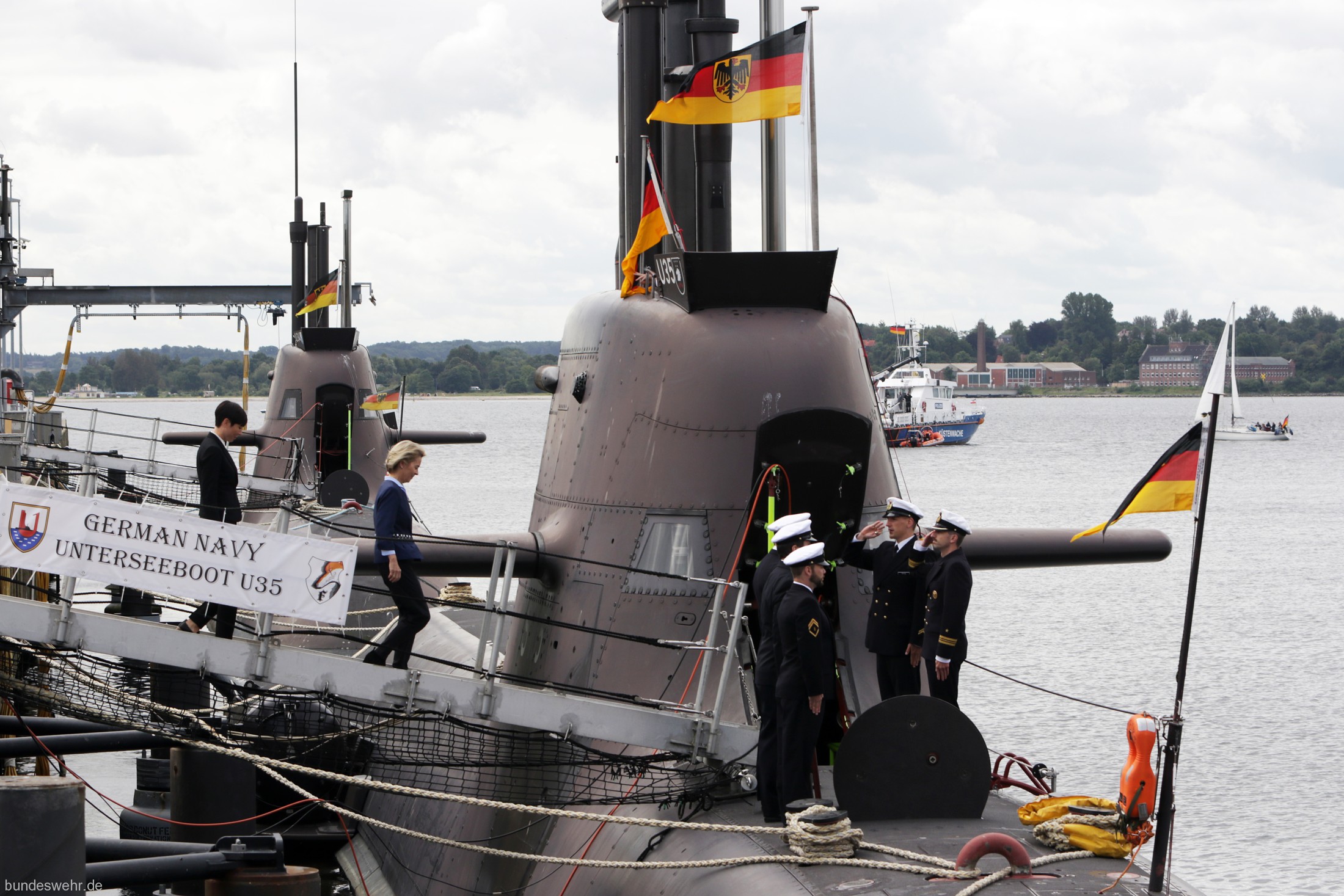 S 185 FGS U35 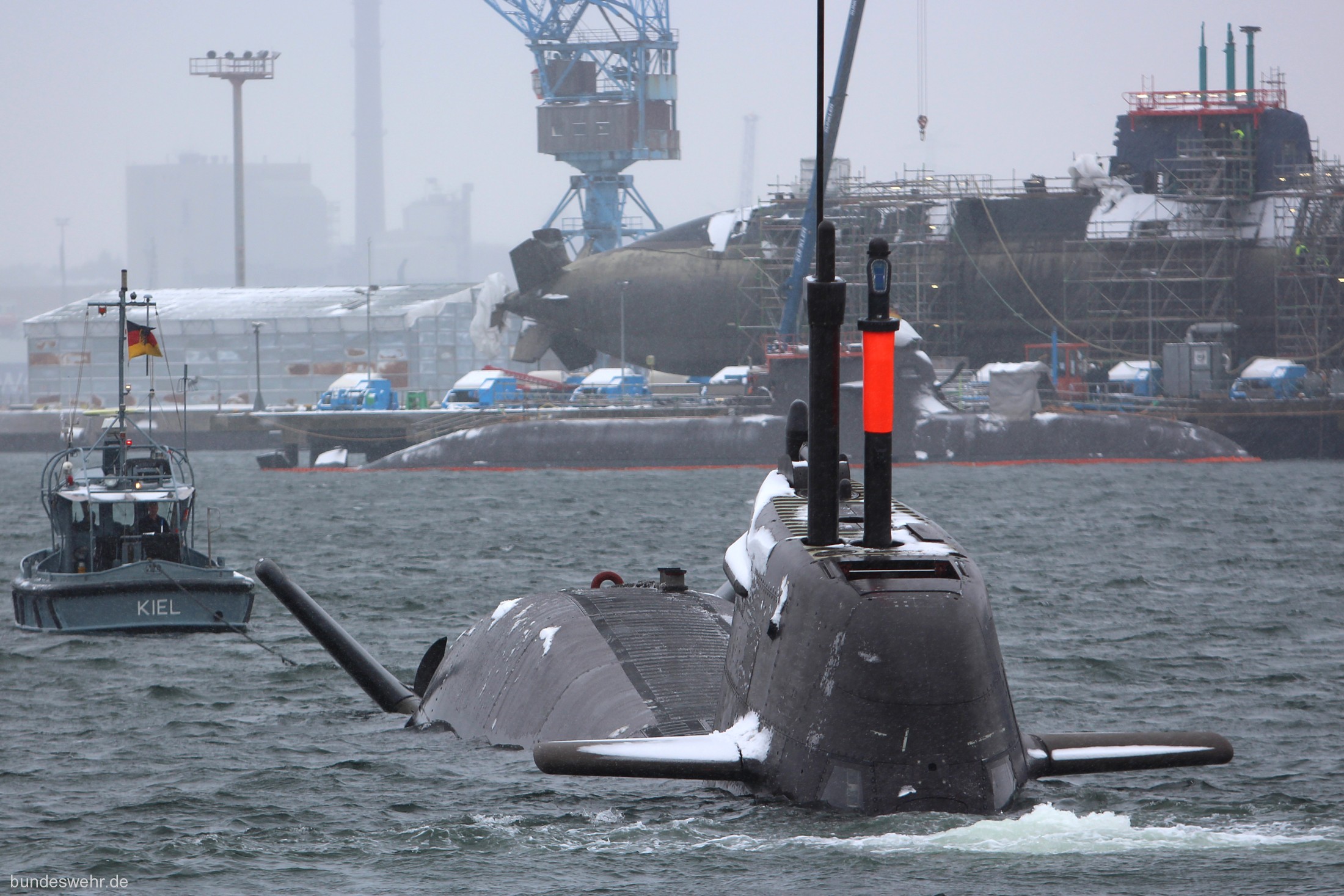 S 185 FGS U35 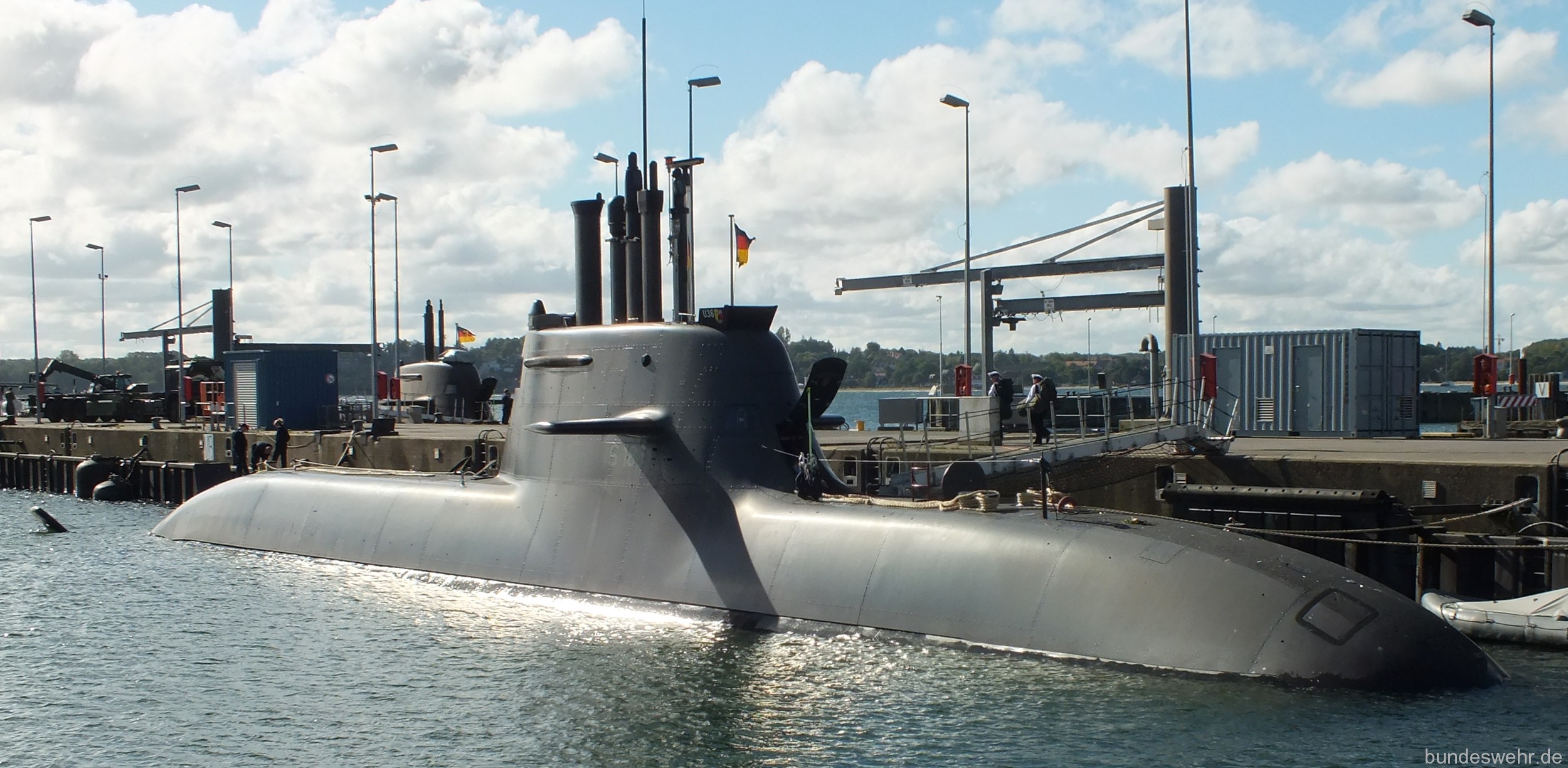 S 186 FGS U36 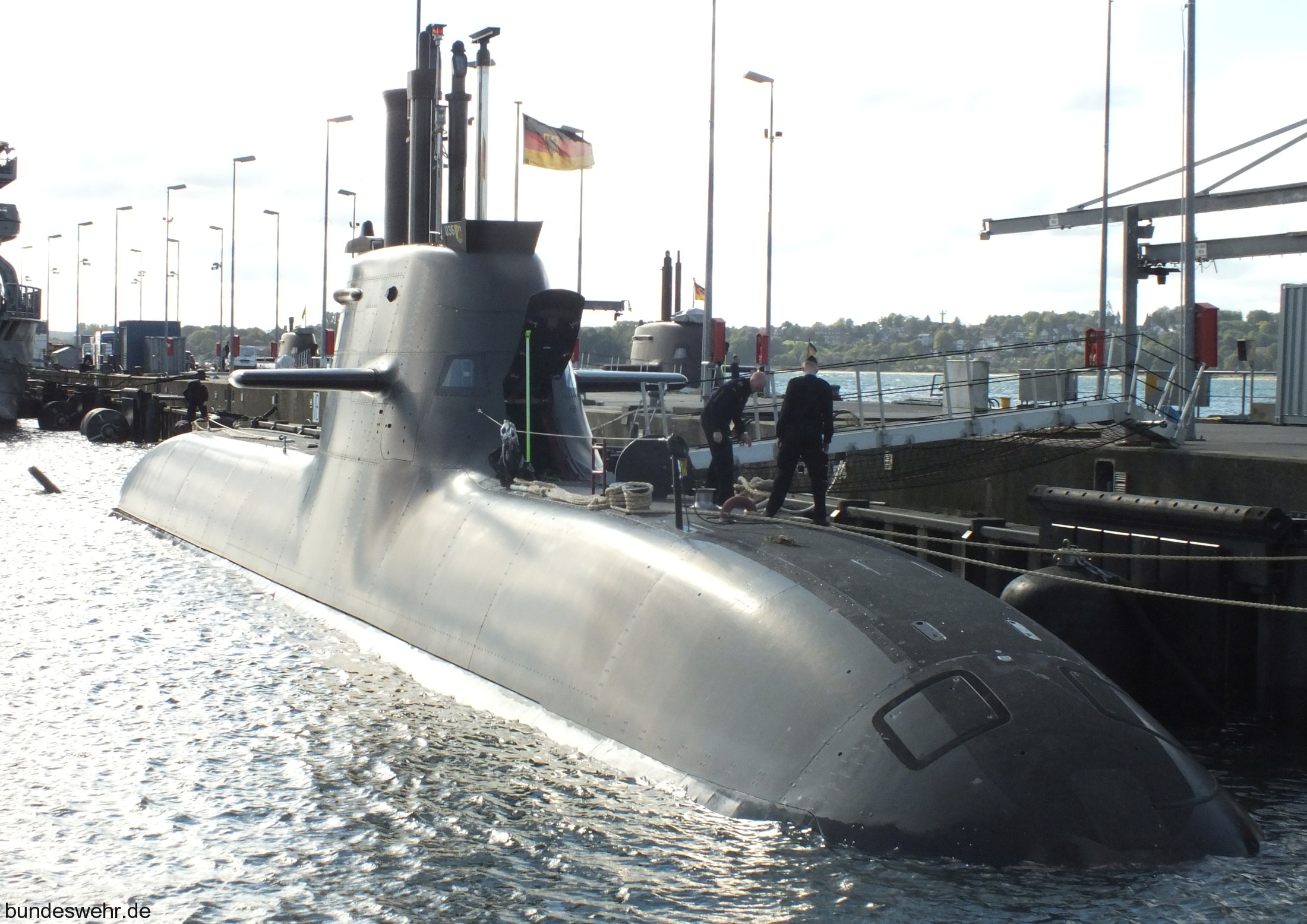 S 186 FGS U36 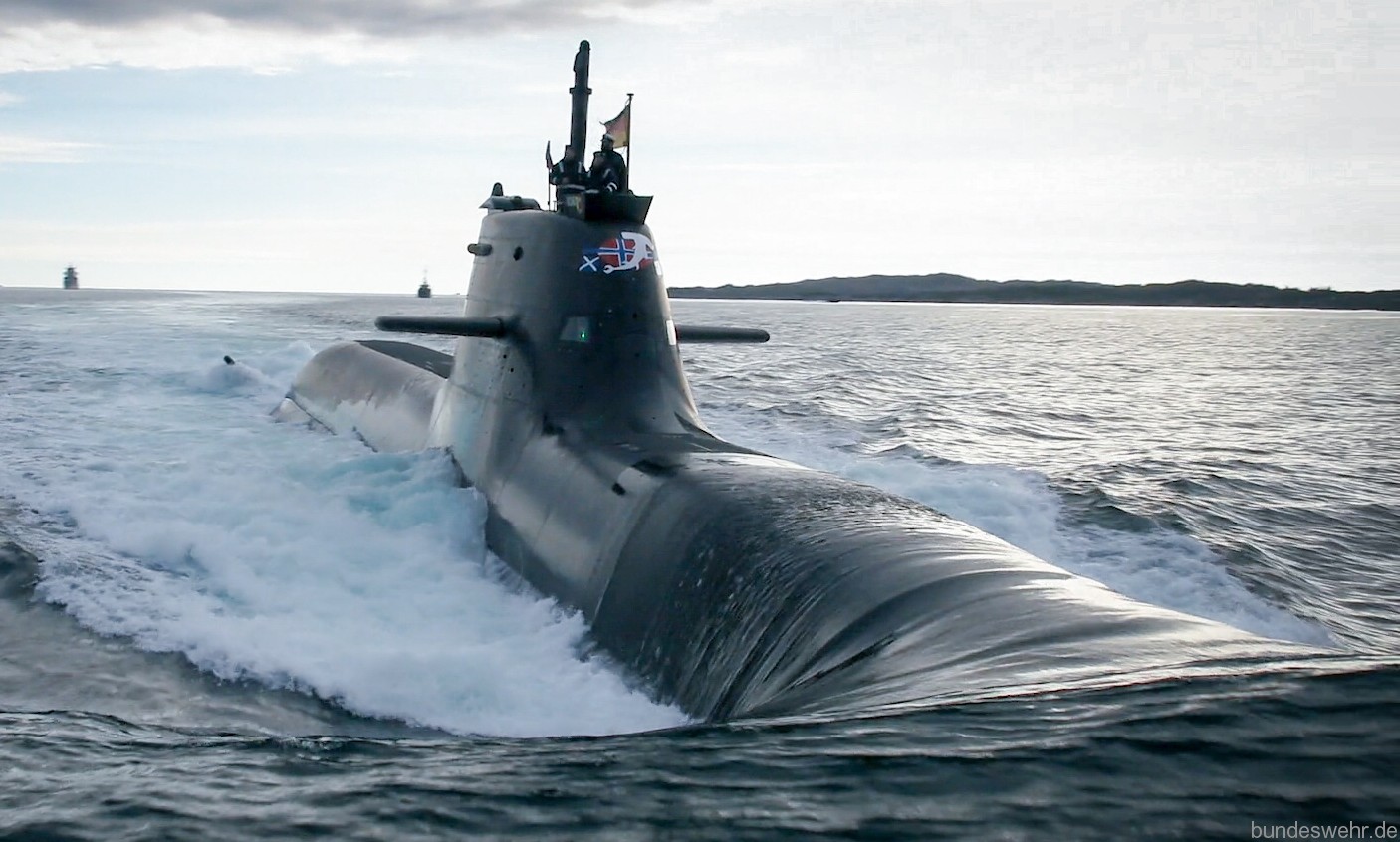 S 186 FGS U36 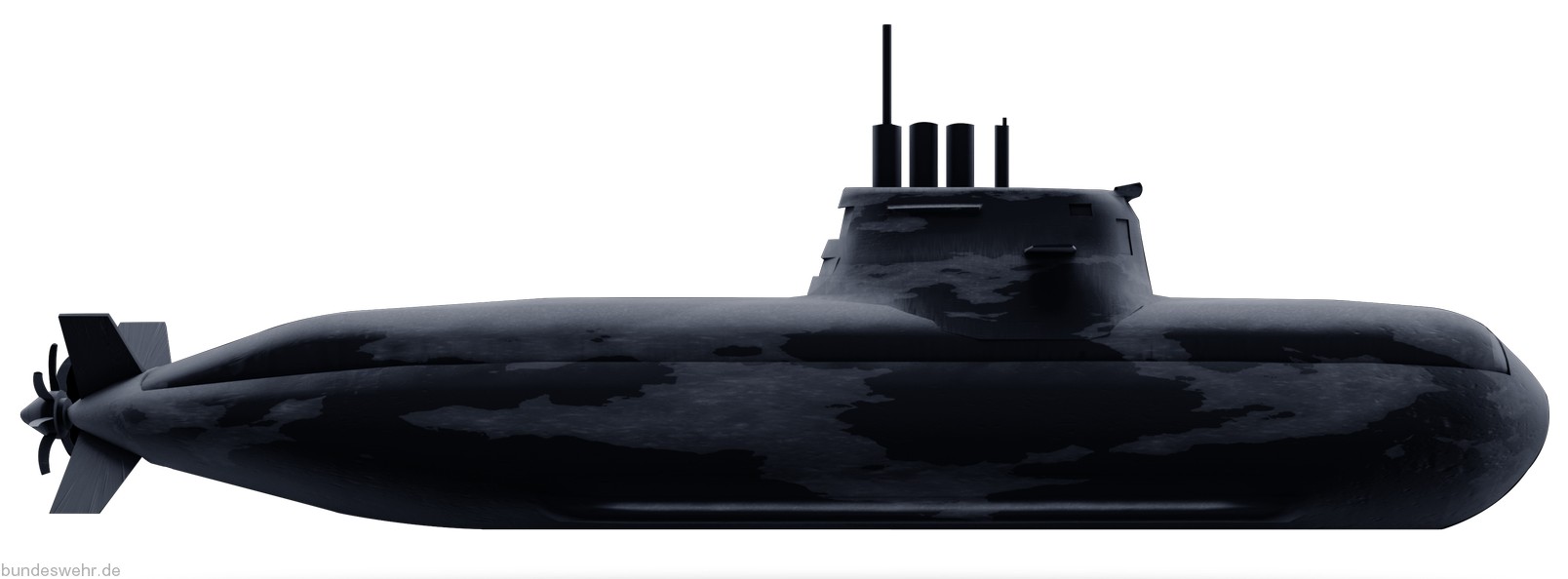 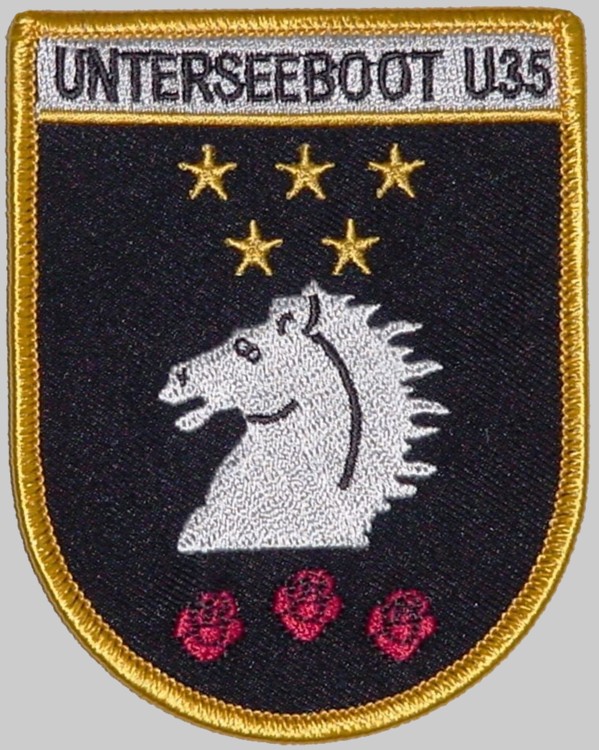
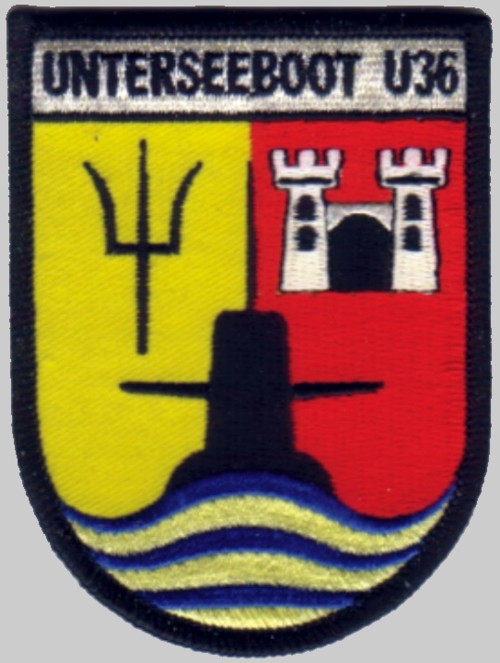 |
|||||||||||||||||||||||||||||||||||||||||||||
|
|
seaforces.org
|
German
Navy start page
| |